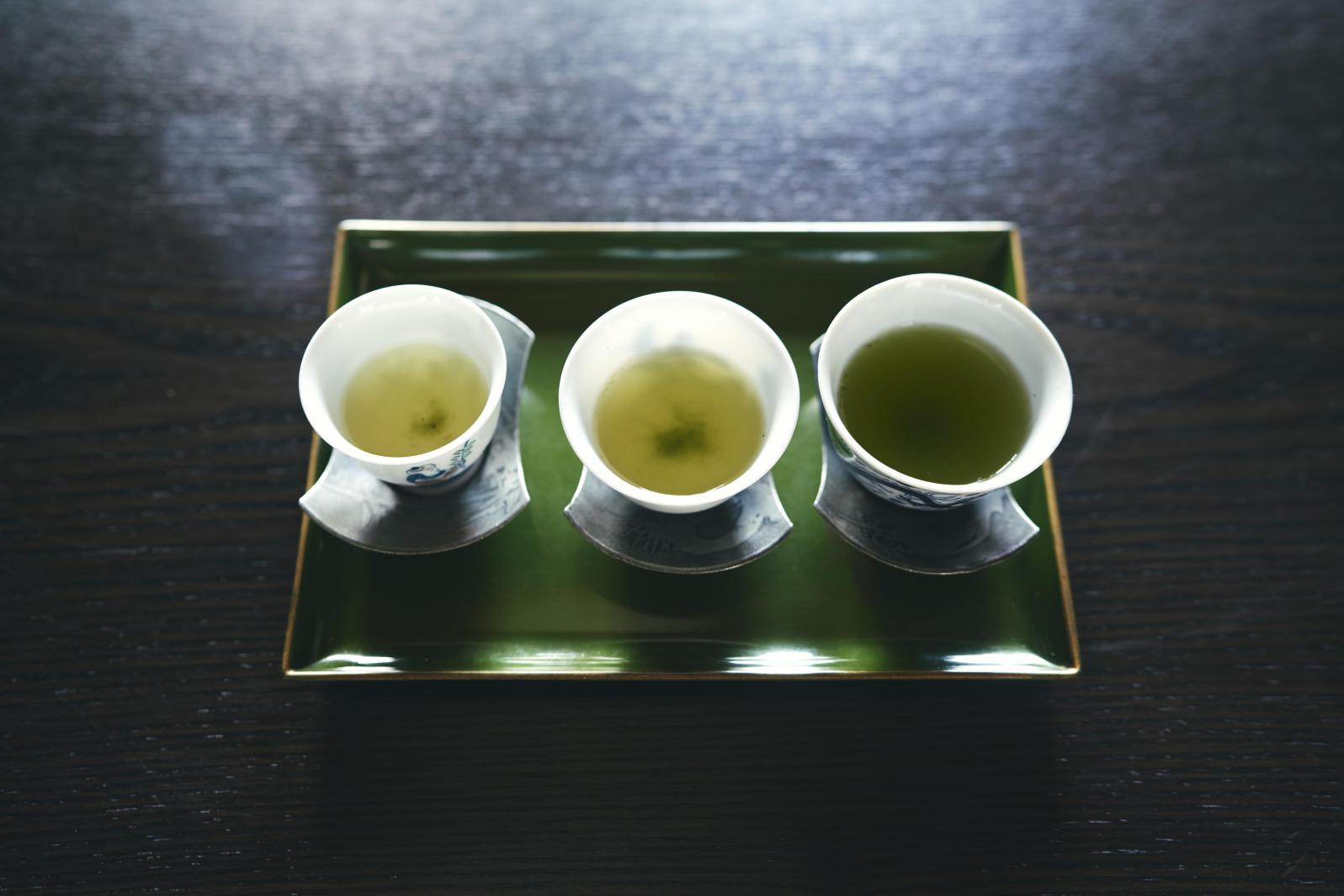
Discover the secrets of Yame tea! A tea picking experience that takes you on a journey through Japanese culture
Beautiful tea plantations spread across the city of Yame in Fukuoka Prefecture. This is where Japan's leading luxury tea, Yame tea, is grown. Join us on a special journey to experience the tea tasting, tea picking, and tea manufacturing processes, and uncover the secrets behind its delicious flavors and profound culture. We also recommend staying in a kominka (old private house) where you can enjoy Yame tea sweets and experience the traditional culture of Yame.
The history of Yame-cha, which began about 600 years ago
Yame tea is said to have originated in 1423 when Zen master, Eirin Shuzui, returned from the Ming Dynasty (present-day China) after completing his Zen training and brought tea seeds back to the village of Kako'o in Chikugo Province (present-day Kasahara in Kurogimachi, Yame City). Later, with the support of village chief, Matsuo Tarogoro Hisaie, Shuzui built Reiganji Temple, which is now said to be the birthplace of Yame tea. He also taught tea manufacturing techniques and how to drink it, and the knowledge spread widely among the public.
From the Edo period (1603-1868), tea grew to become a part of the lives of ordinary people, and the full-scale cultivation of Yame tea began. Nagasaki also started exporting Japanese tea overseas, and Yame tea began to attract more attention.
During the Meiji period (1868-1912), there was a growing shift from pan-frying tea leaves to steaming green tea, and the manufacturing techniques developed. Yame tea, in particular, won high acclaim in the production of gyokuro (a type of green tea).
Its quality has improved even further since then, winning many awards at national tea competitions. Yame tea and established its position as one of Japan's leading luxury teas.
Best gyokuro in Japan—the appeal of Yame tea
The Yame region, located in the southern part of Fukuoka Prefecture, has a temperate climate and differences between its morning and evening temperature that are typical of mountainous areas. It also has fertile soil, high precipitation levels, and frequent fog, offering the ideal conditions for Japanese tea cultivation.
Yame tea is characterized by a deep, rich umami along with a natural sweetness, and is rich in theanine. Its greatest appeal is its full-bodied yet refreshing initial taste and aftertaste. Since 2001, it has been the long-standing winner of the Production Area Award at the National Tea Competition, which is presented to the city, town or village with the highest overall top three scores in the gyokuro category.
Gyokuro, which is mainly grown in the mountainous areas of the city, is covered to block it from sunlight from the time new shoots appear until the tea is picked. This hifuku saibai (cultivation under cover) method suppresses photosynthesis, delays the hardening of the tea leaves, and extends the picking period, thereby improving the quality of the tea. In particular, Yame Dento Hon Gyokuro is made using traditional techniques such as covering the tea with rice straw or other natural materials, and hand-picking without the use of machines. It has obtained GI certification (Geographical Indication Protection System), and has attracted attention as the highest-quality gyokuro not only in Japan but also around the world.
Types of Japanese tea
Japanese tea is classified according to whether or not it has been fermented, as well as the degree of fermentation.
■ Gyokuro
A luxury tea that is synonymous with Japanese tea. It is grown by the hifuku saibai (cultivation under cover) method, in which the new shoots are covered to block out direct sunlight.
Among the various types of gyokuro, Yame Dento Hon Gyokuro is produced through the following processes:
・Natural cultivation
・Hifuku saibai (cultivation under cover) using natural materials
・Harvested by hand
[Features] It has a high umami content, a mellow sweetness with little astringency, and a rich flavor.
■ Sencha
The typical green tea that accounts for about 80% of Japan's total tea production. It is made using tea leaves that have been exposed to plenty of sunlight.
[Features] It has a good balance of astringency and sweetness, and a refreshing aftertaste.
■ Kabusecha
Cultivated by a method in which the new shoots are covered for about half the number of days that gyokuro is covered for.
[Features] It is characterized by a flavor that combines the umami and sweetness of gyokuro with the refreshing astringency of sencha.
Other varieties include matcha, made from tea leaves grown in a covered environment like gyokuro, then steamed, dried without being crushed, and ground in a stone mill. There is also bancha, made from mature tea leaves and popular as a convenient everyday brew.
Although made from the same tea leaves, Oolong tea is also made by using the oxidizing enzymes in the tea leaves to partially ferment them, while black tea is made by fully fermenting the tea leaves. Why not try out the various types of Yame tea to find your favorite?
Related articles
Column
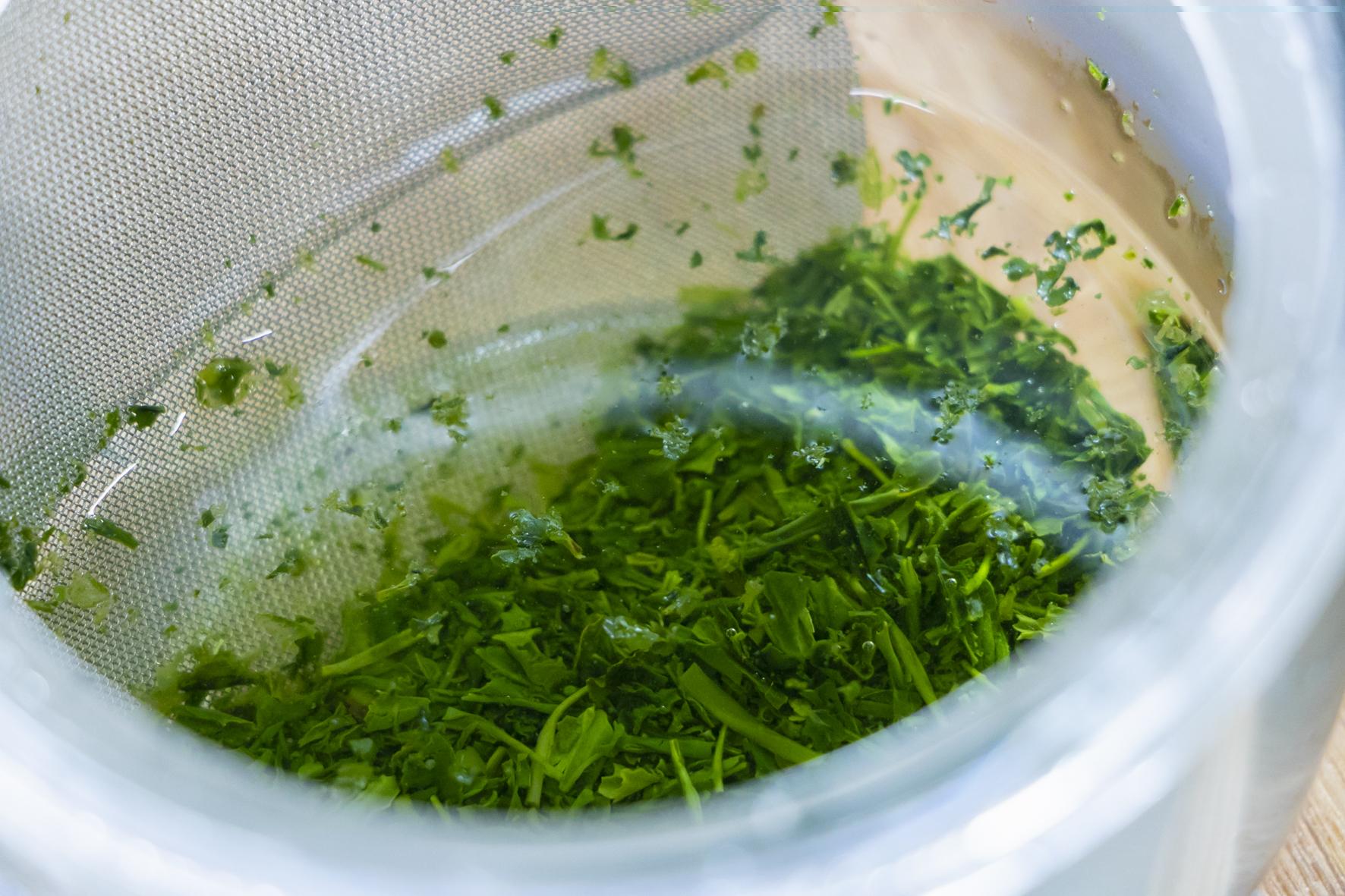
How to brew delicious Yame tea
To brew delicious Yame tea, it is necessary to understand the characteristics of each type of tea, such as gyokuro, sencha, and bancha. Nevertheless, it can be said for all the types of tea that boiled water must be used; this should be cooled down to a temperature suitable for the tea leaves before pouring it out. The steeping time also differs. Please refer to the link below to learn more about enjoying Yame tea at home.
How to brew delicious Yame tea (Japanese website)[Yame Tea Experience Program 1] For a limited time only! Feel the breezes in the tea plantation in the tea picking experience
To learn more deeply about the appeal of Yame tea, we recommend the tea picking experience, in which you can actually pick tea leaves with your own hands. This unique experience is available only for a limited time from the end of April to early May, and takes place in the beautiful, green tea plantations of Yame. Picking tea leaves in the midst of nature will no doubt refresh both mind and body.
Yamechanosato
Yamechanosato holds a tea picking experience program during the Golden Week period (a period from late April to early May that covers multiple national holidays).
The tea leaves available for picking (sencha, kabusecha, or gyokuro) vary depending on the day of the experience. If you make a reservation in advance, you can even wear the traditional costume of cha-musume (female tea pickers)! After the tea picking experience, you can of course sample Yame tea, make tea mochi, or depending on the day of the week, try tea manufacturing and picking bamboo shoots. We also recommend touring a Wakaba tea factory, or a guided tour of Reiganji Temple, the birthplace of Yame tea. You can even make reservations with the tea producers to buy new Yame tea. This is a program that allows you to fully enjoy various aspects of Yame tea throughout the day.
Experience of tea picking and hand-rolling tea leaves
A tea picking experience program is held in late April every year jointly by Ryuseien, Doi Nature School, and Fumi-chan no Misoshiru-ya San. After picking tea in the tea plantations, you can also experience making tea by hand-rolling the tea leaves you have picked, which you can then take home with you. The program includes a lunch of rice and vegetables harvested in Hoshino Village, and the capacity of the program is approximately 60 people. Recommendations of accommodations nearby are provided to those who wish to stay overnight.
*The 2025 event is scheduled to be held on Saturday, April 26. The date and number of people accepted vary each year.
Cha no Bunkakan (Tea Museum)
Hachijuhachiya is the 88th day after risshun (marking the beginning of spring), and has been regarded as the timing for starting farm work in earnest. At Cha no Bunkakan, a tea picking experience program is held on hachijuhachiya, which falls between late April and early May. Tea picked on hachijuhachiya has two "8" characters, which is a symbol of longevity, and is therefore highly valued as a talisman for immortality and longevity. Bring back the fresh tea leaves you have picked and enjoy them at home as tempura or other dishes. You can also make your own pan-fried tea on the spot, dry it, and pack it in a bag to take home as a memento.
*The event is scheduled to be held on Thursday, May 1, 2025. The date of the event changes every year.
Sky Tea House
Only guests staying at Sky Tea House (two people staying for two or more nights) can participate in the tea picking experience program. After picking as much tea as you like, you can make your own Oolong tea, black tea, etc. and bring it home as a memento. If you inquire in advance, the facility can also make arrangements for other activities such as a Zen meditation experience at Reiganji Temple, hiking, a tea factory tour, a class on how to brew delicious tea, and a visit to a tea farm. This satoyama (traditional rural landscape) guesthouse also offers Yame tea tours that incorporate various programs.
[Yame Tea Experience Program 2] Single origin tea tasting, and making original blend green tea
Kakuda Seicha is located in Joyomachi, known as Oku-Yame, in a mountainous area with an altitude of about 350 m. It uses organic fertilizer to cultivate tea plants on about 13 hectares of land, keeping the use of pesticides to a minium. It is engaged in the tea production processes from cultivation to processing and retail. There are several tea plantations with different geological characteristics, and multiple varieties of tea leaves are grown corresponding to the environment, so you can enjoy tasting and blending single origin tea of Oku-Yame Tea, which is rare even among Yame teas.
Single origin tea refers to Yame tea made from a single variety grown on a single farm, allowing you to experience the taste and flavor (terroir) of the land. You can compare several types and combine your favorite varieties to create your own original blend tea. If the weather is good, you can also visit the tea plantations. Engage all your senses in experiencing the profound depth of Yame tea, while admiring the spectacular seasonal views of Oku-Yame.
[Enjoy Yame tea more 1] Yame tea sweets at a cafe with spectacular views
There are many places in the city where you can eat delicious sweets made with Yame tea. This section introduces cafes where you can enjoy Yame tea sweets while looking out at the spectacular views of the tea plantations.
-

Ochamura Honten
View moreThis tea farm, founded in 1940, has undergone refurbishment and reopened with a cafe. At the cafe on the second floor, you can enjoy a variety of Yame tea sweets while looking out over the tea plantations. These sweets include frostino, Basque cheesecake, gelato, parfaits, and other sweets made with generous portions of matcha. The retail area on the first floor offers not only the finest teas that you can only get at a long-established tea farm, such as sencha and gyokuro, but also rice flour financiers (matcha, hojicha, plain), Japanese tea pudding, and frozen sweets that you can take home.
-
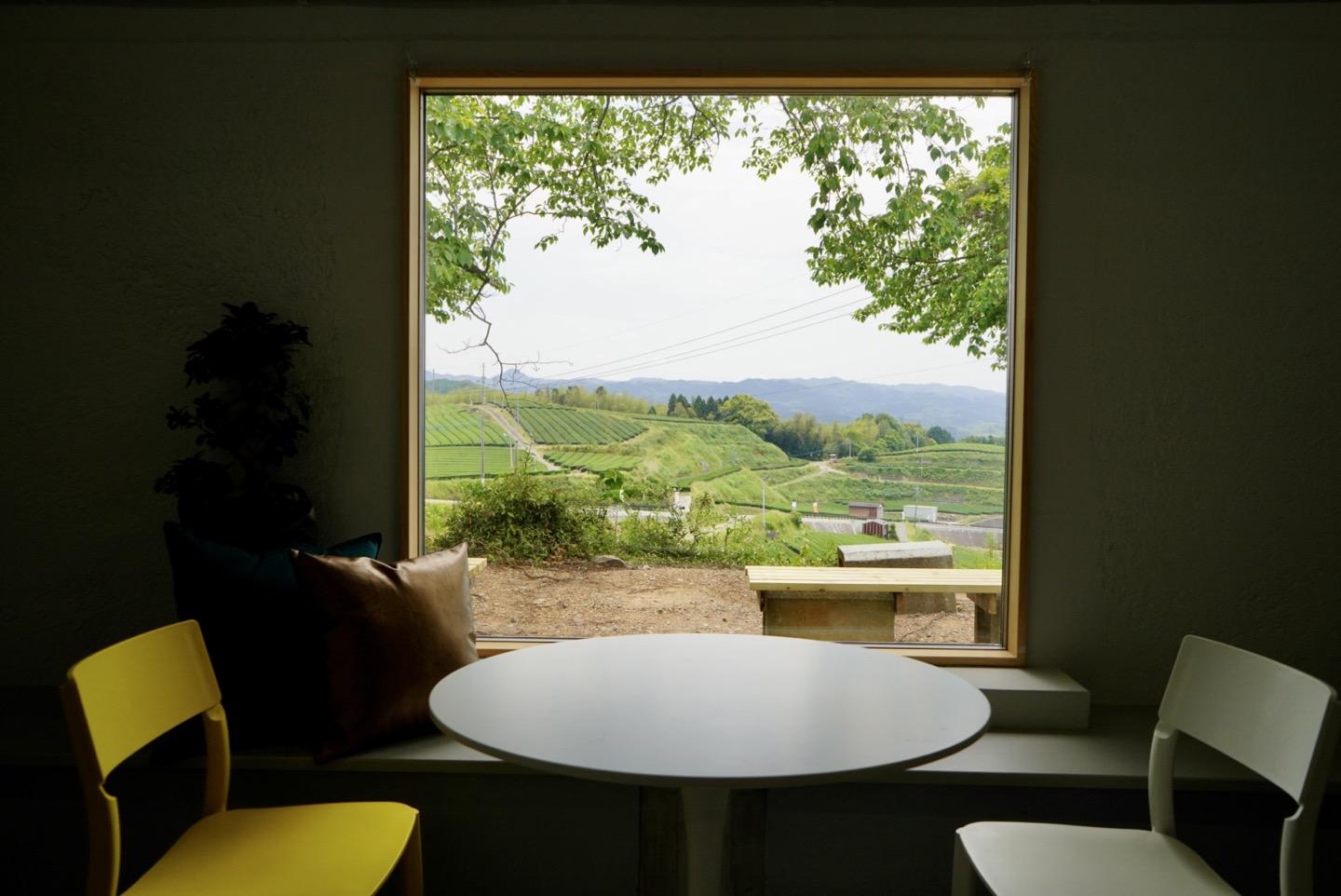
Green Monster
This cafe is located on an observation deck overlooking the tea fields of the popular tourist spot known as Yame Central Grand Tea Plantation. You can enjoy Yame tea brewed in a teapot and Yame tea-flavored soft serve ice cream, while admiring a landscape that looks just like a green carpet. The cafe menu also offers an extensive selection of adorable-looking matcha chiffon cakes, matcha latte frappes, and hojicha latte frappes. On sunny days, we recommend relaxing on the terrace.
[Enjoy Yame tea more 2] Stay at a kominka to experience traditional Yame culture
Accommodations in the city that have been refurbished from kominka (old private houses) preserve the atmosphere of a traditional Japanese house while also providing modern comforts. Travel back in time in a tranquil kominka, experiencing Yame's history and culture and enjoying interactions with the local people.
Craft Inn Te [té]
This inn is housed in a renovated kominka tucked away in Yame's traditional townscape. The furniture and furnishings are made by Kyushu artisans. Enjoy taking a bath in the wooden tub made by a local artisan, and a breakfast served with generous helpings of vegetables.
The rooms are equipped with a tea set for brewing organic Yabukita tea, as well as cold green tea and hojicha made with tea leaves from Konomi Honke, the family that gave Yame tea its name. Another attraction is a program that allows you to experience monozukuri (Japanese craftsmanship), such as an indigo dyeing experience at a Kurume Kasuri workshop and a Yame tea ceremony experience.
NIPPONIA HOTEL, Yame Fukushima Merchant Town
A mansion that once operated a tea shop and a former sake brewery located in Yame have been transformed into guest rooms fitted with modern comforts, while keeping restoration works to a minimum. Upon arrival at the inn, guests are greeted with sencha and tea sweets. Guests can enjoy Japanese tea and tea pairings that incorporate Yame tea, as well as Yame tea and tea cocktails, and Yame tea chazuke (rice stewed in tea) for breakfast. Enjoy the luxurious "TEA & SAKE" along with a stroll around the surrounding area.
RITA YAME FUKUSHIMA
This small inn is a refurbished century-old traditional kominka in a historic street, where you can experience daily life in Yame Fukushima. First, take a break with seasonal welcome sweets and Yame tea. In your room, enjoy a tasting of three types of single origin Yame tea. Eight heartwarming hospitality touches are provided, including traditional crafts placed throughout the guest rooms and complimentary matcha tea.
Enjoy your tea journey in Yame!
The Yame Tourist Information Center offers various tourist information, so be sure to stop by.
The adjoining Yame Tourist Local Products Center Tokimeki offers an extensive range of products, including Yame tea, local sake, soy sauce, famous sweets, and processed agricultural products, making it the perfect place to find gifts and mementos. You can also try local dishes such as dagojiru (rice dumpling soup), yomogi manju (mugwort buns), and Yame tea soft serve ice cream.
For more information on must-see sightseeing spots, gourmet food, and souvenirs in Yame City, check out the Area Guide page!
*This article was written in cooperation with the Commerce, Industry, and Tourism Division of Yame City Office.
*The information listed is correct as of February 2025. Please check the website or call before visiting to check the latest information.


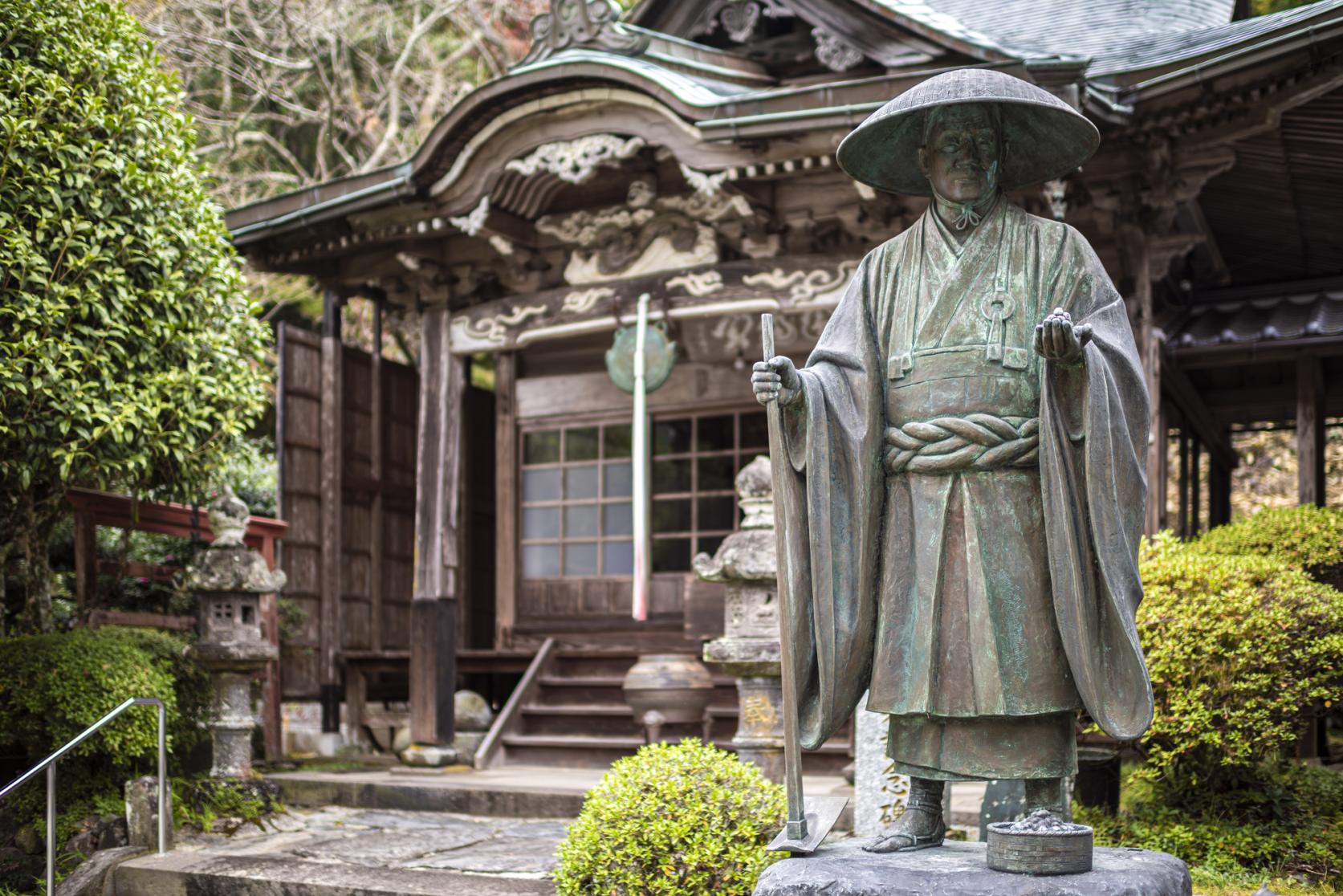
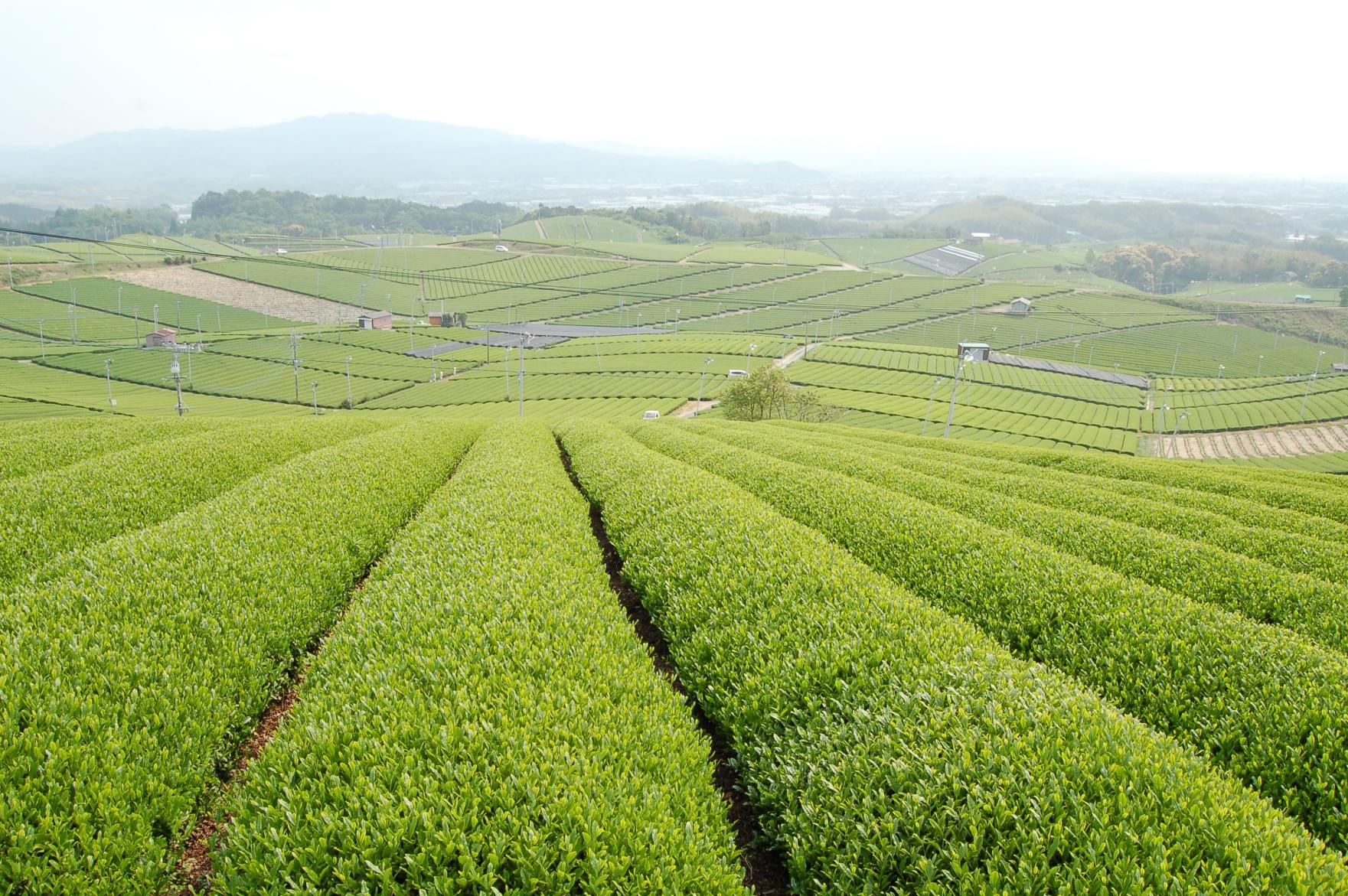

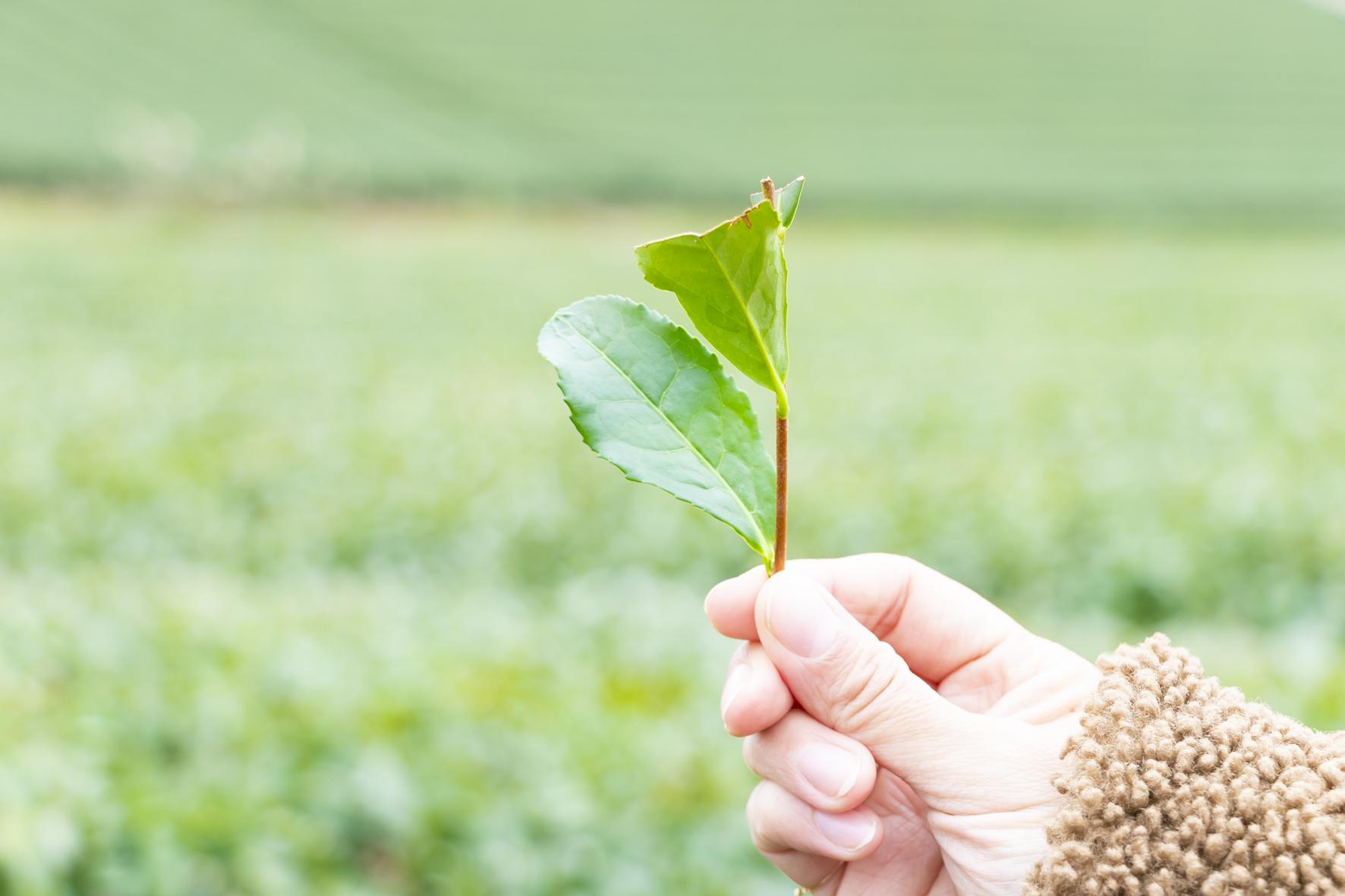
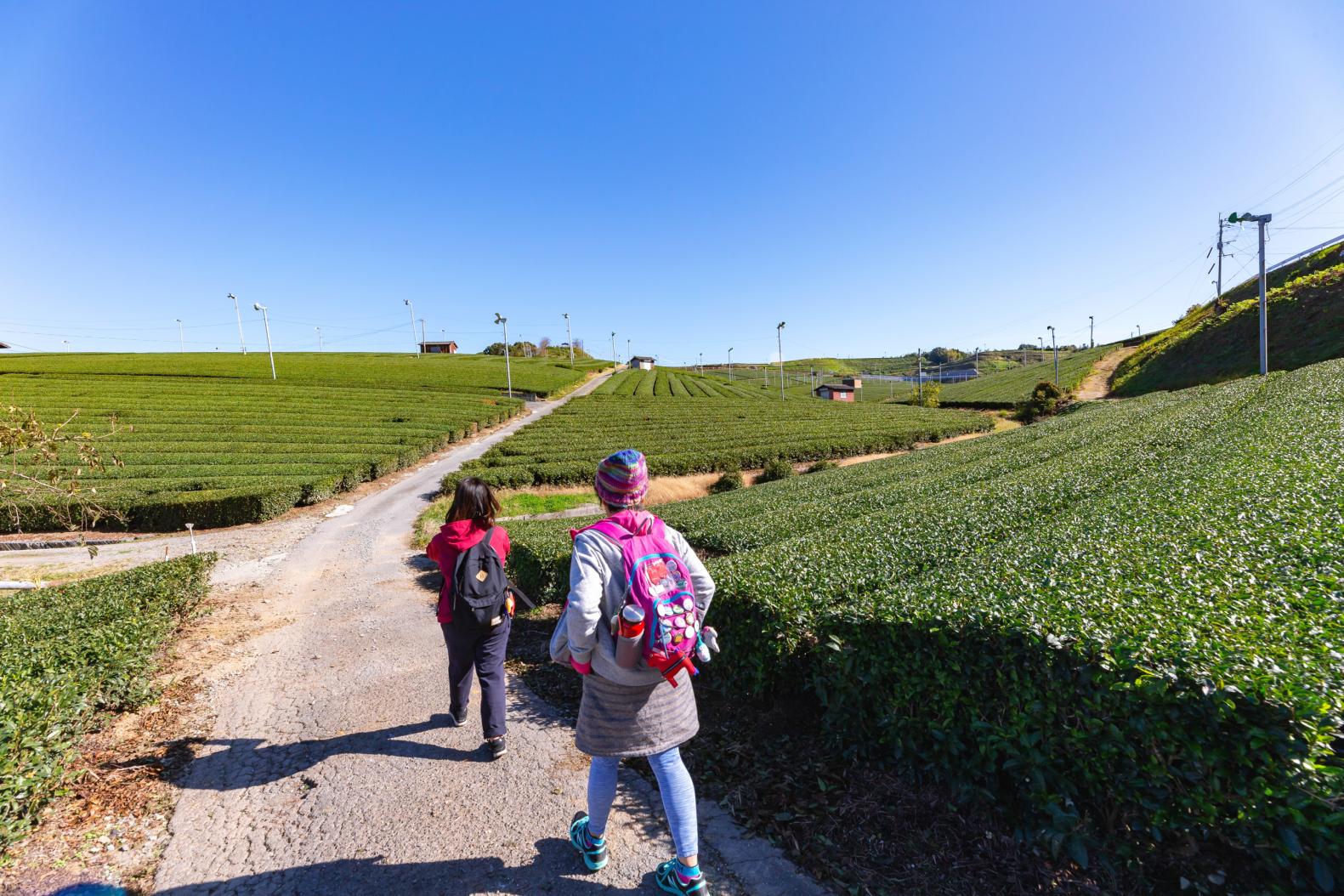

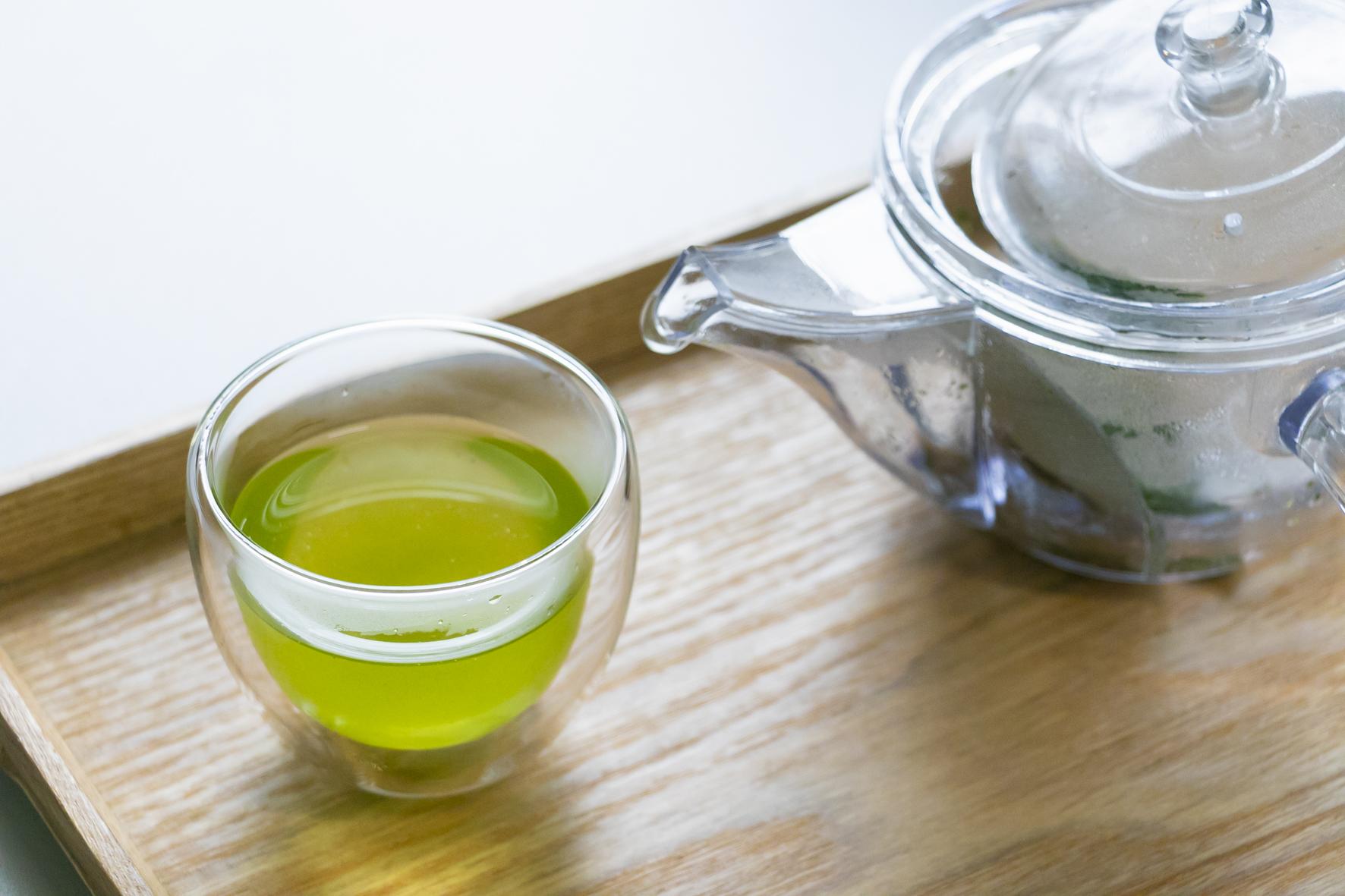
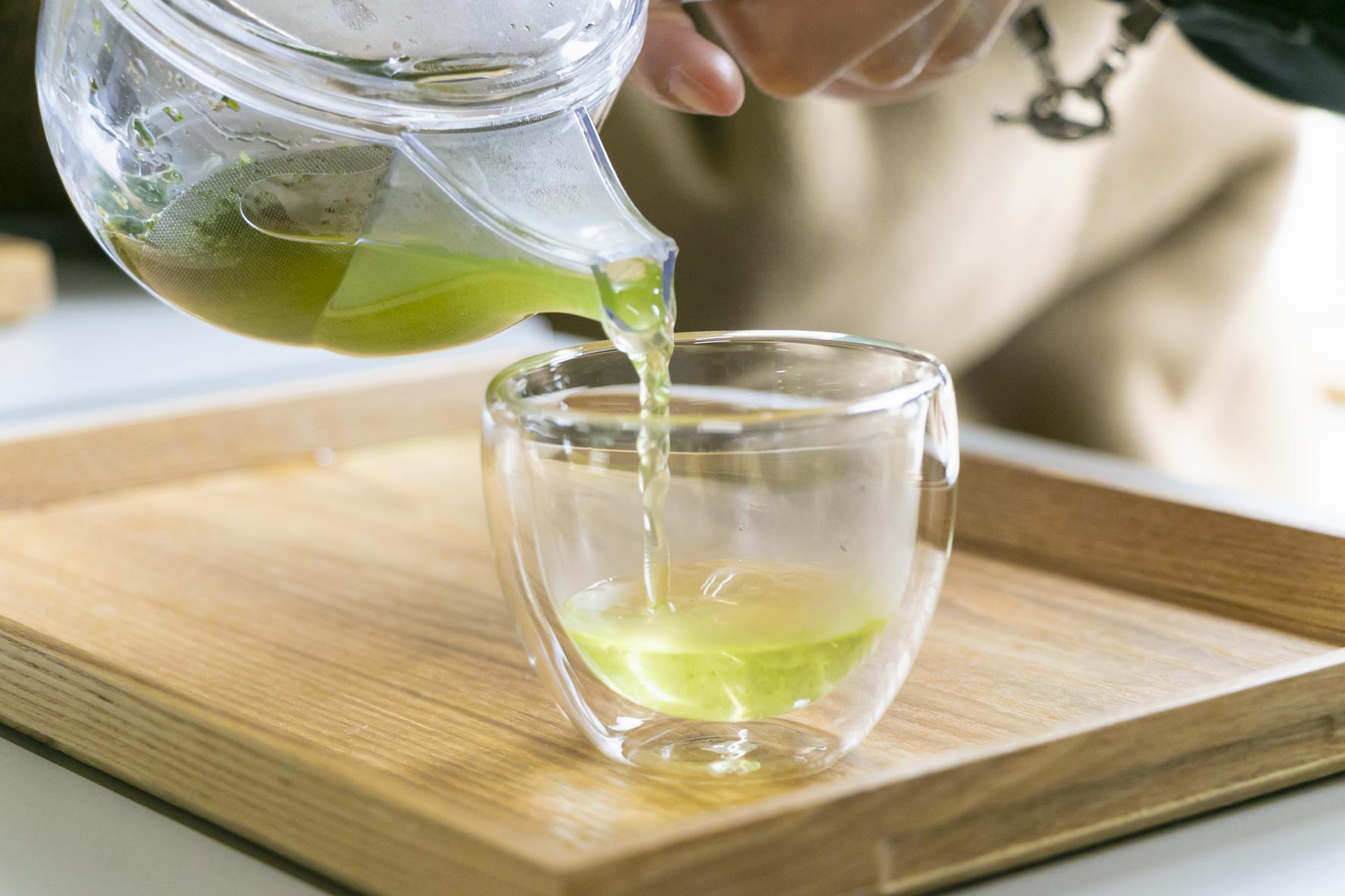
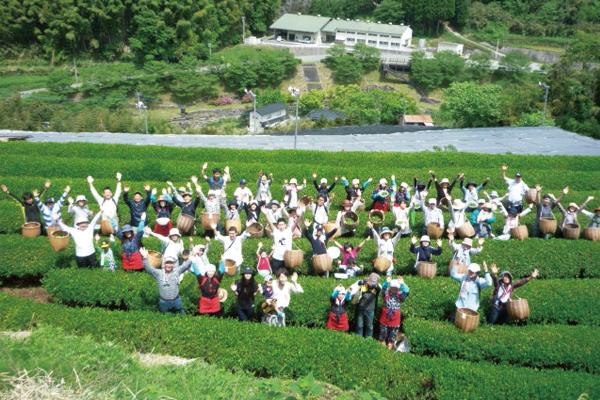
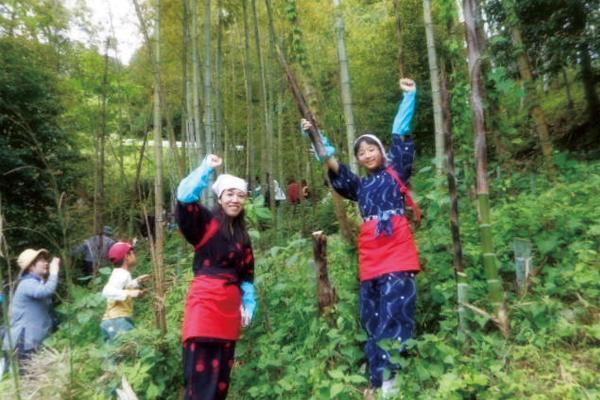
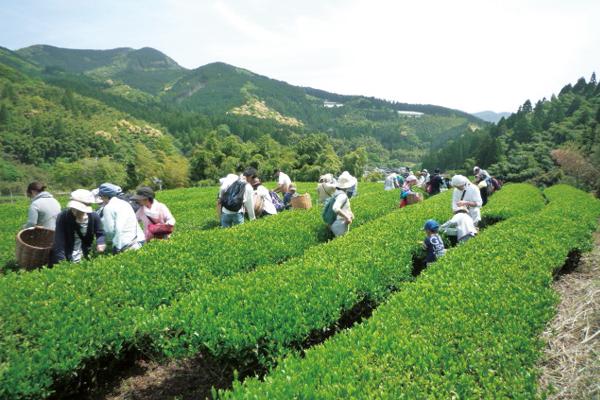
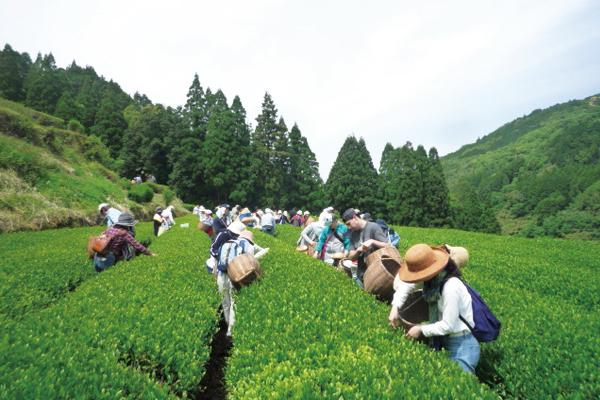
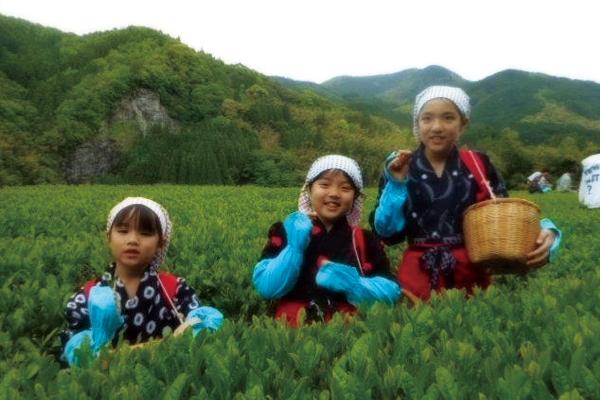
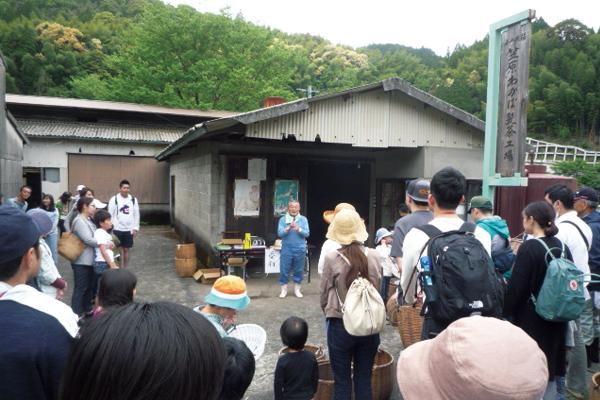
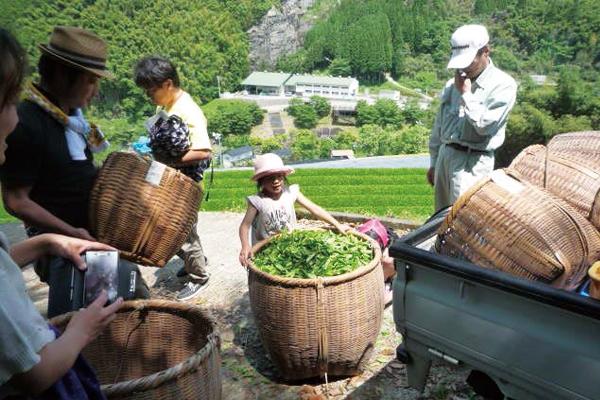
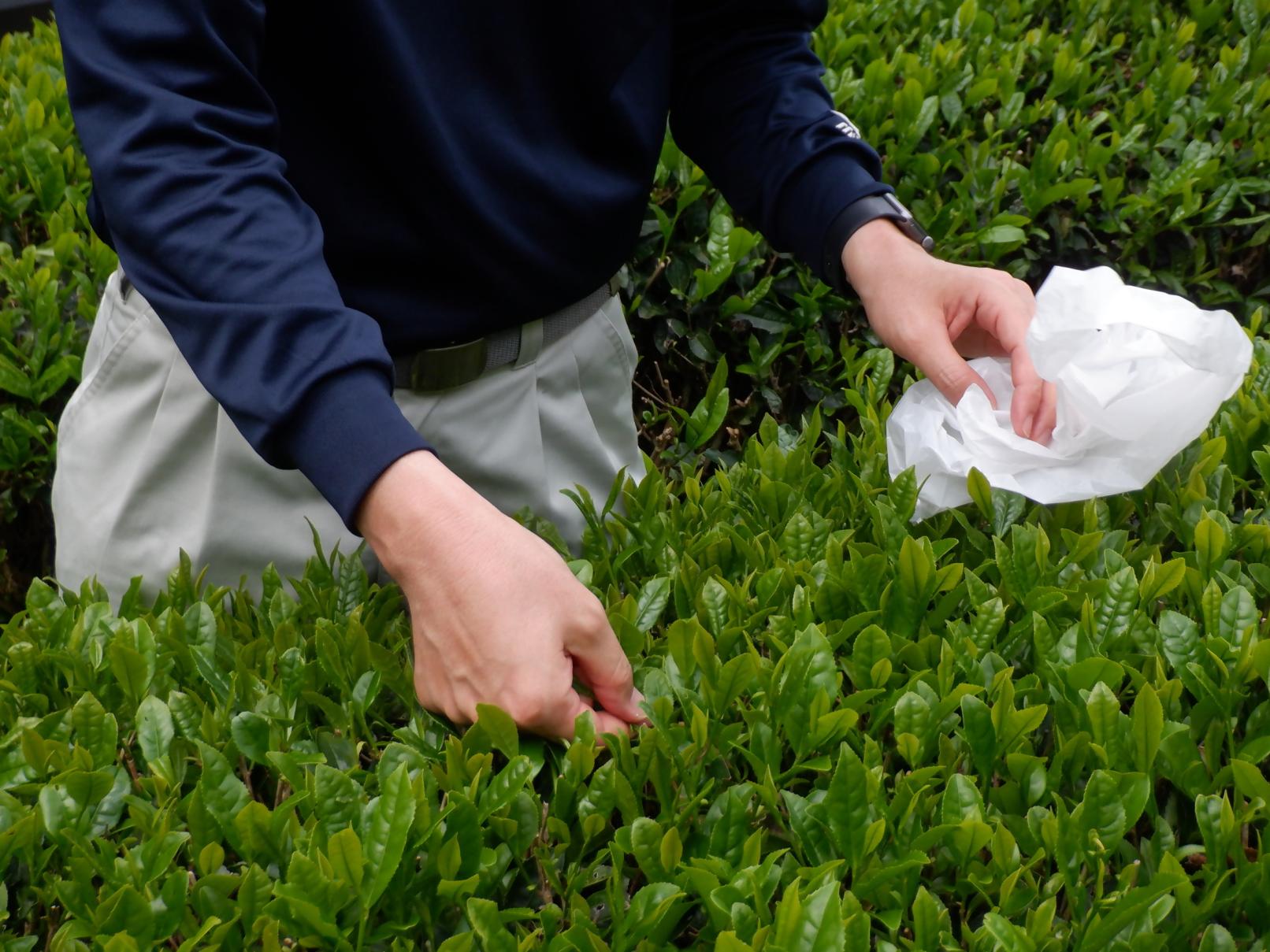
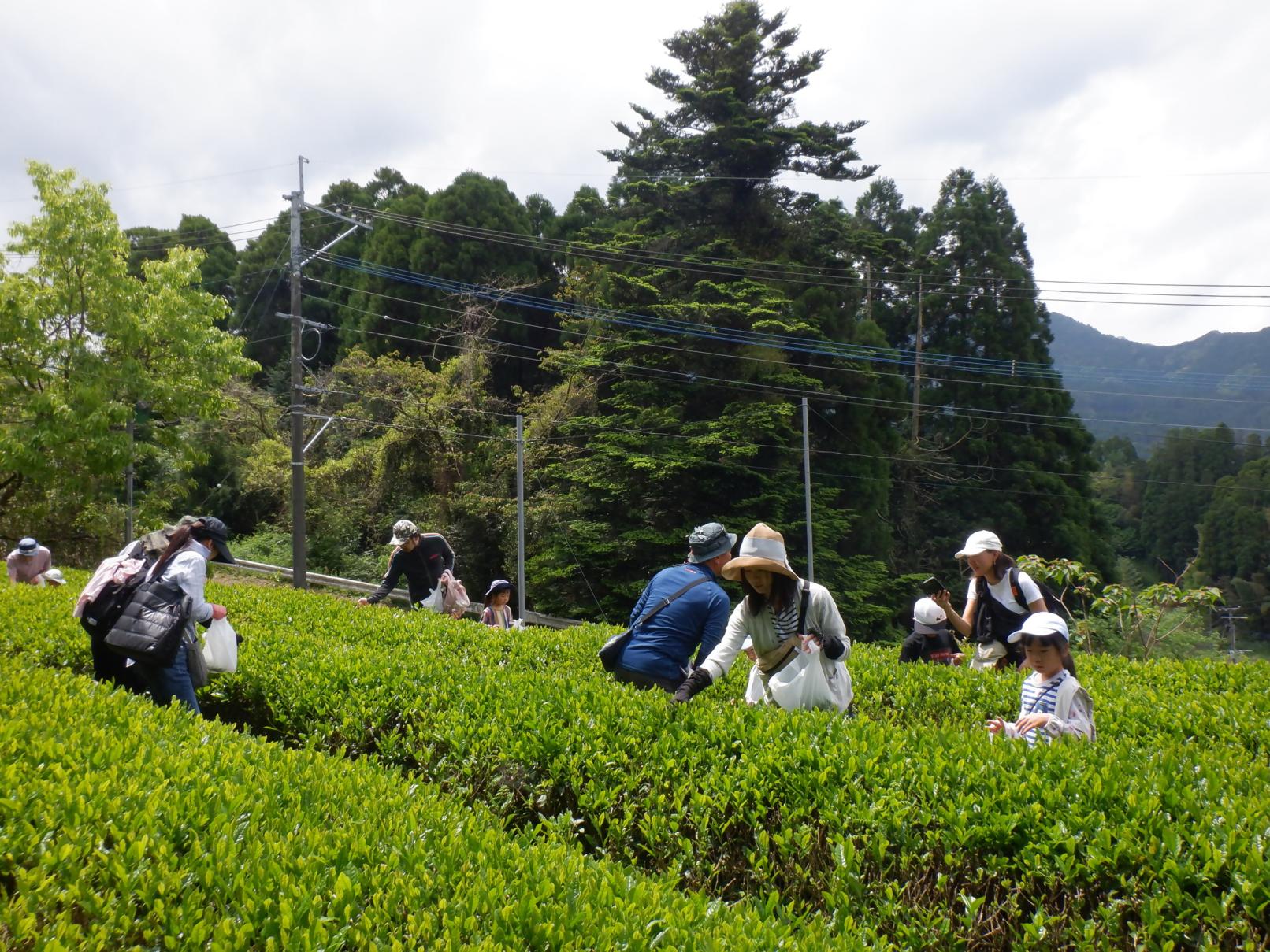
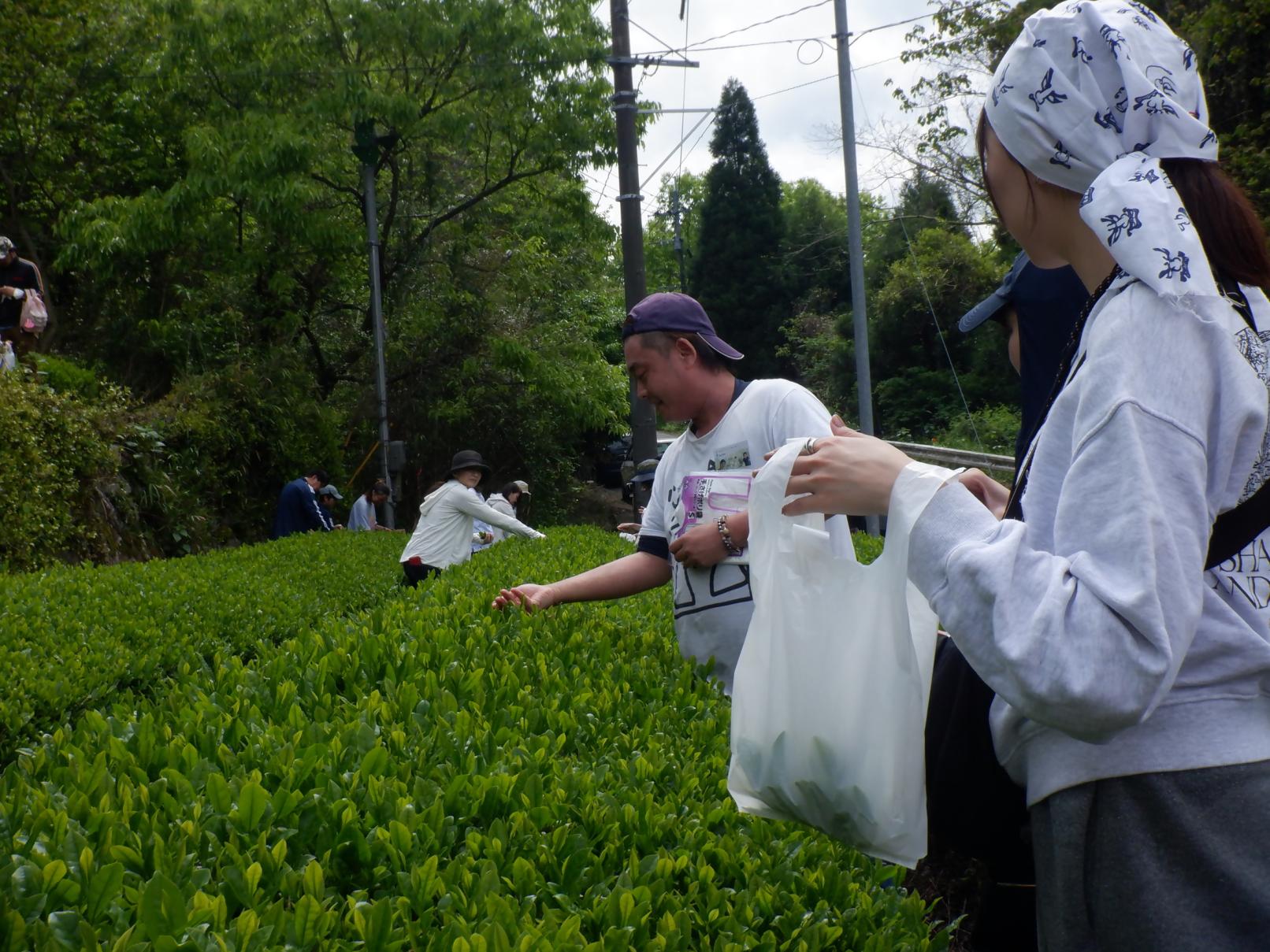

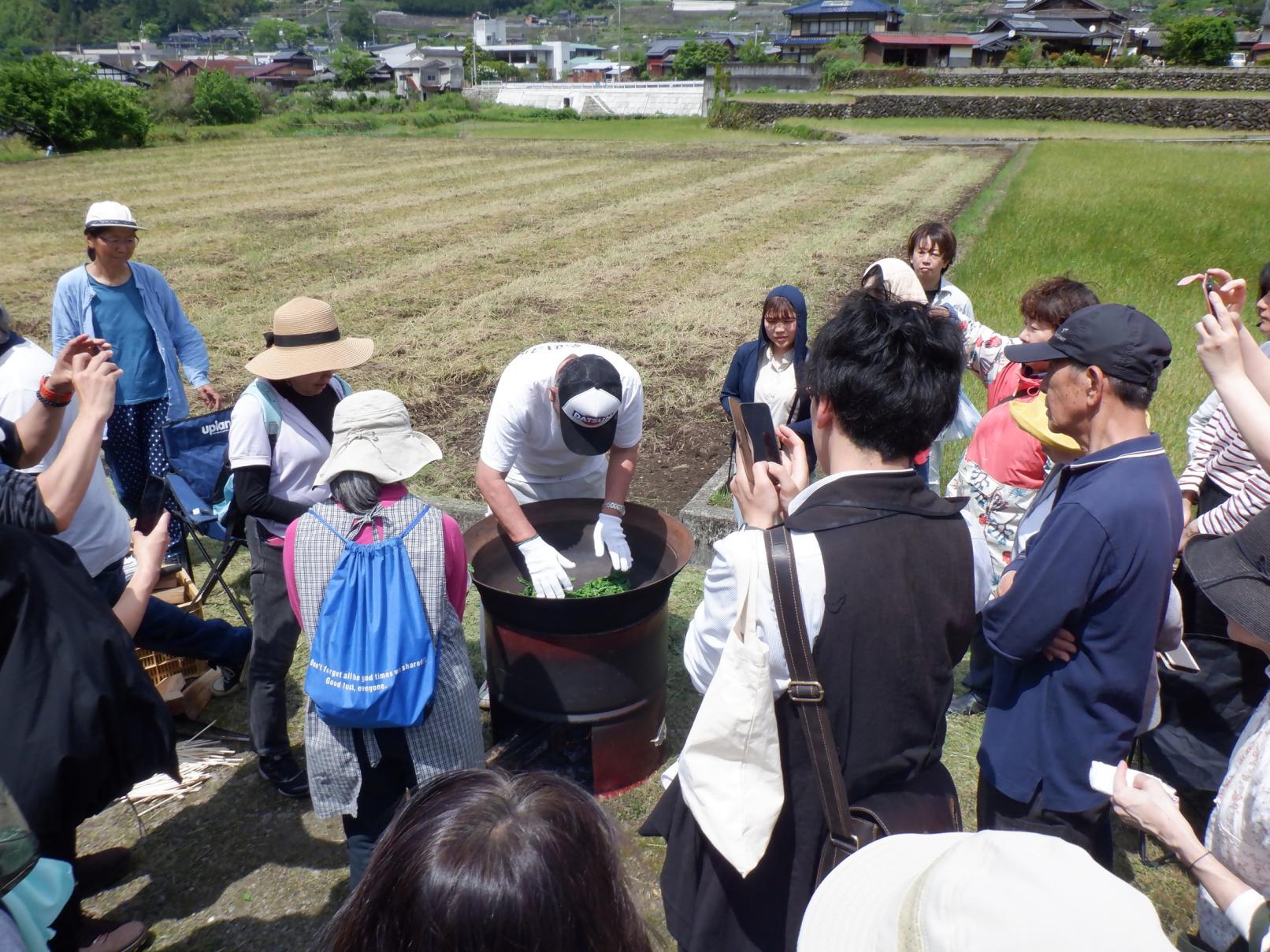
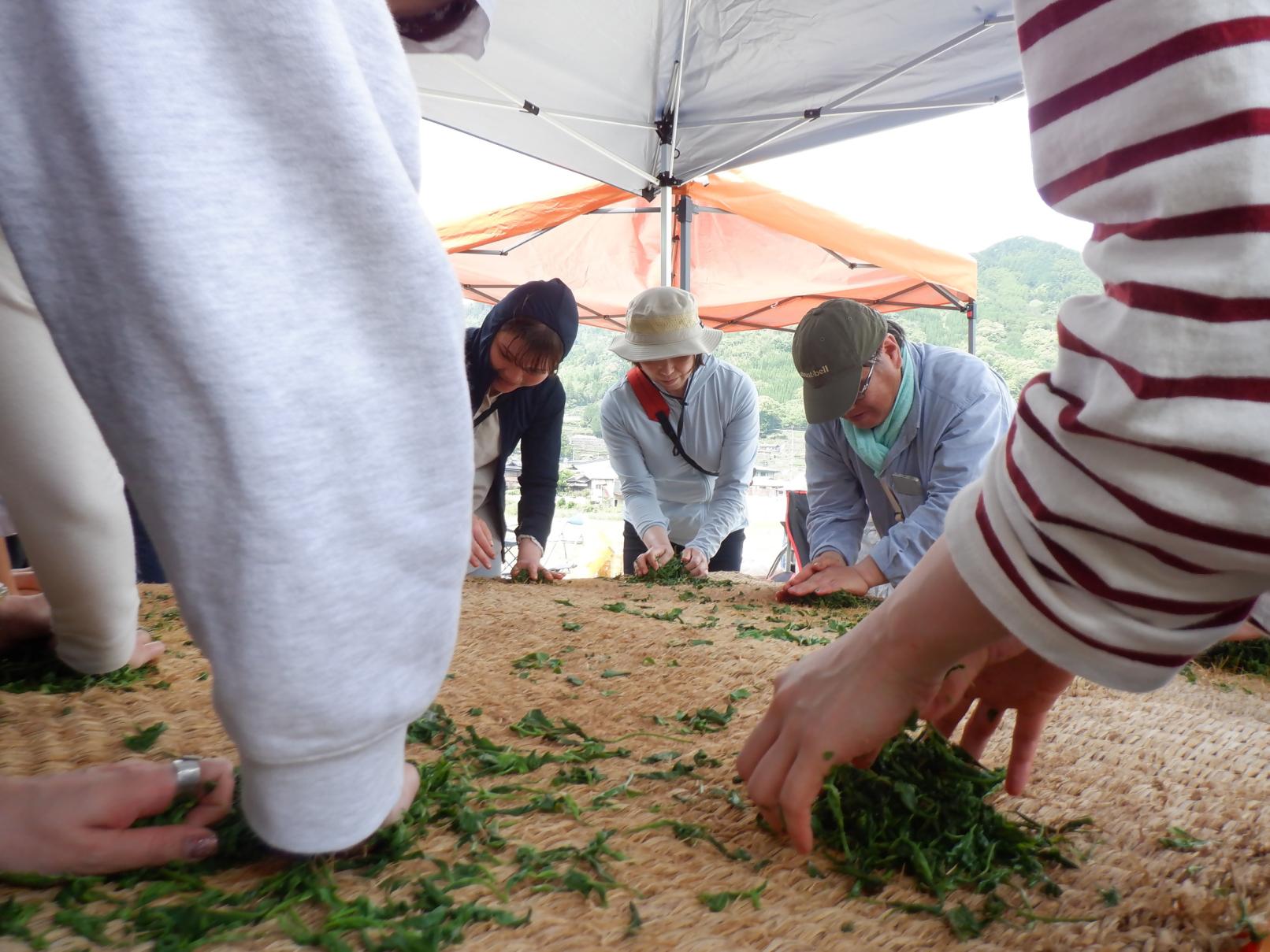
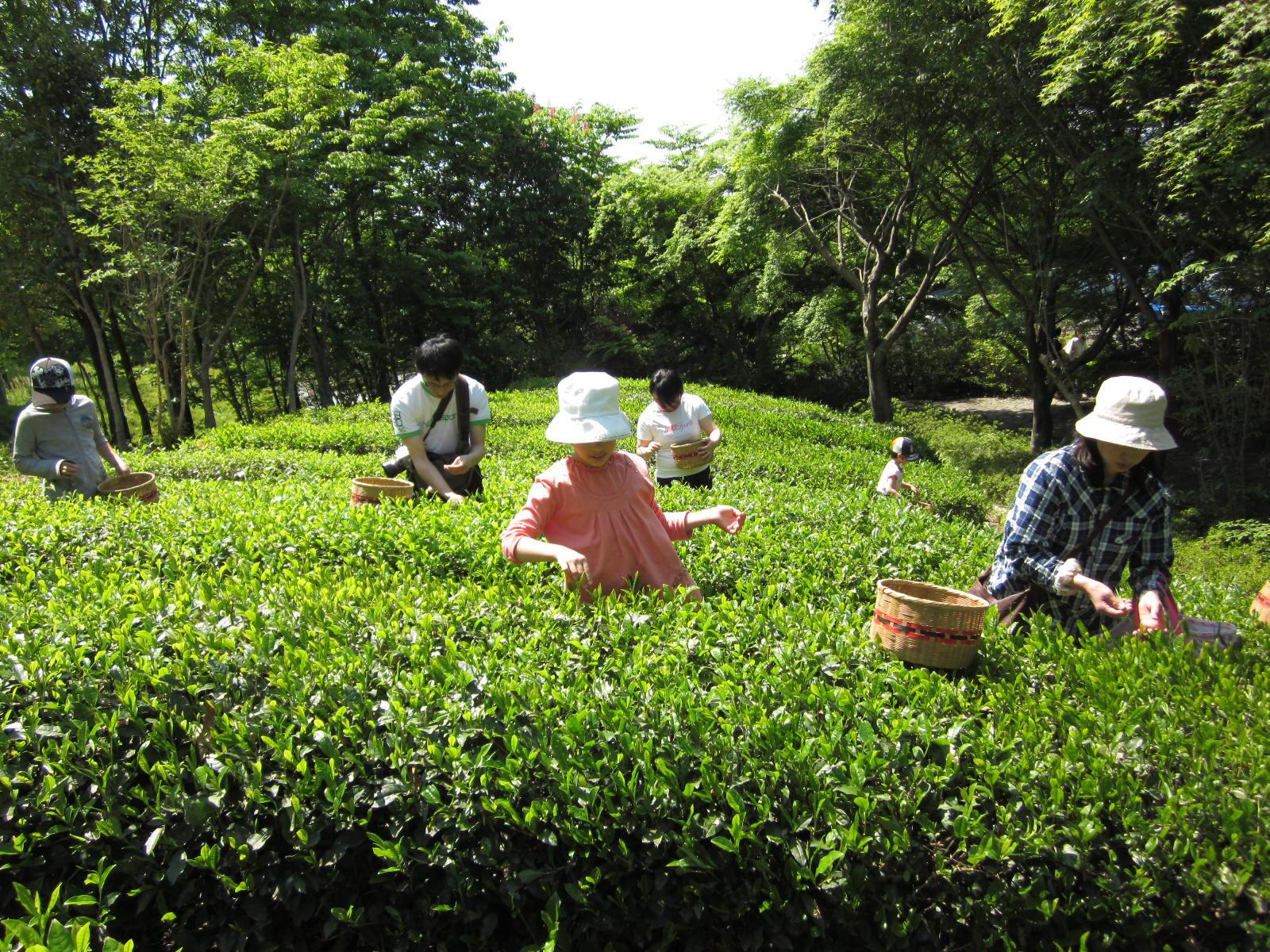
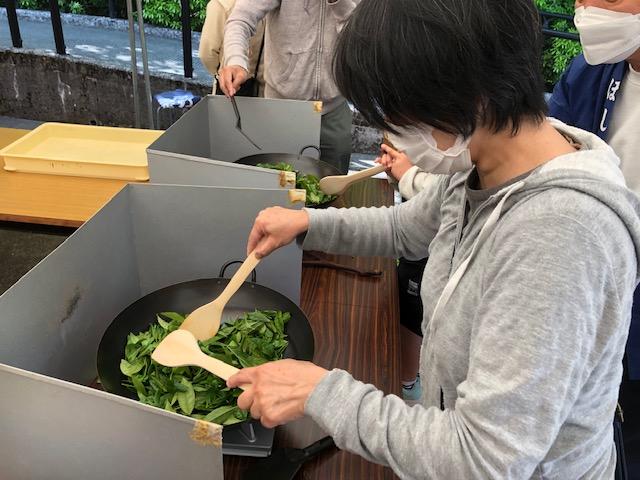
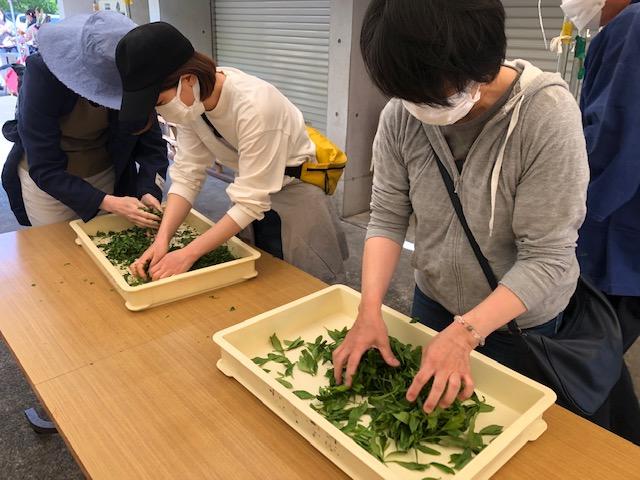
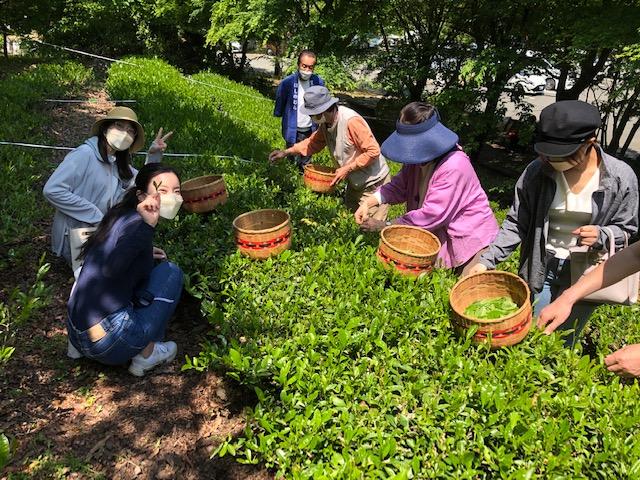
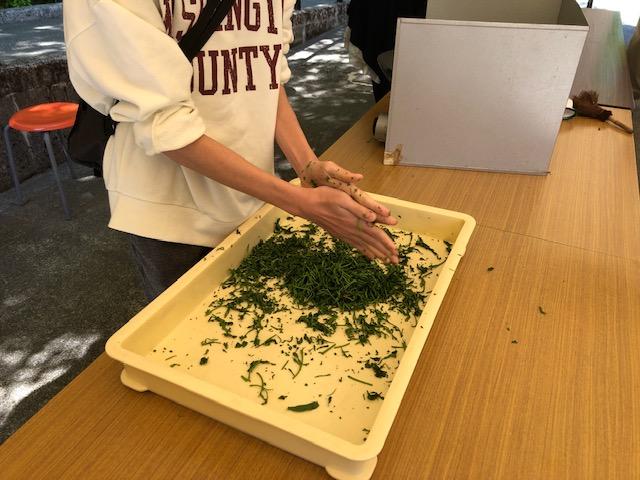
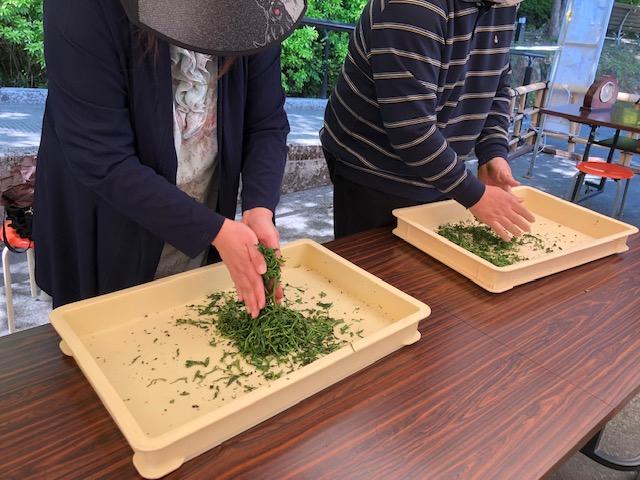
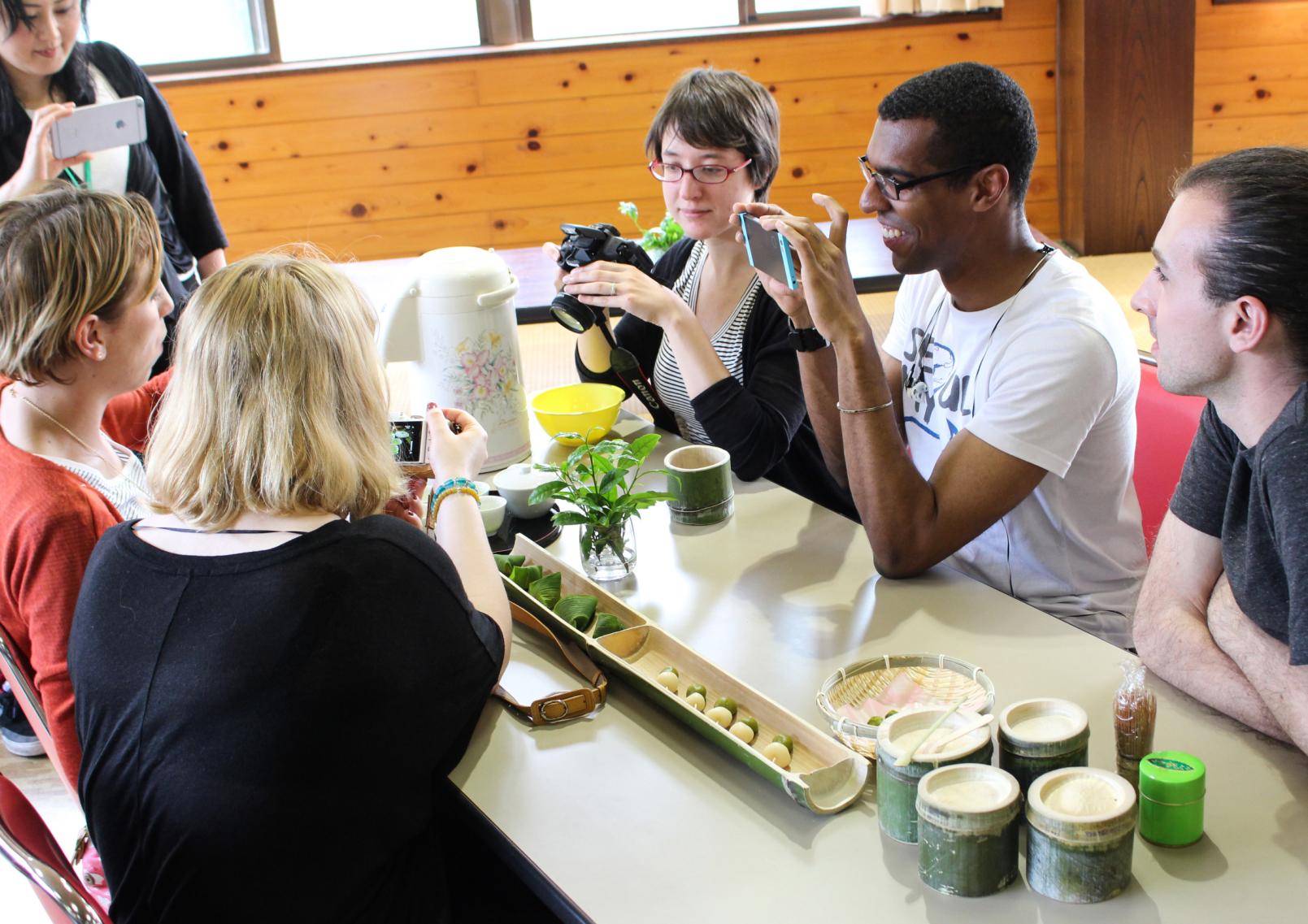
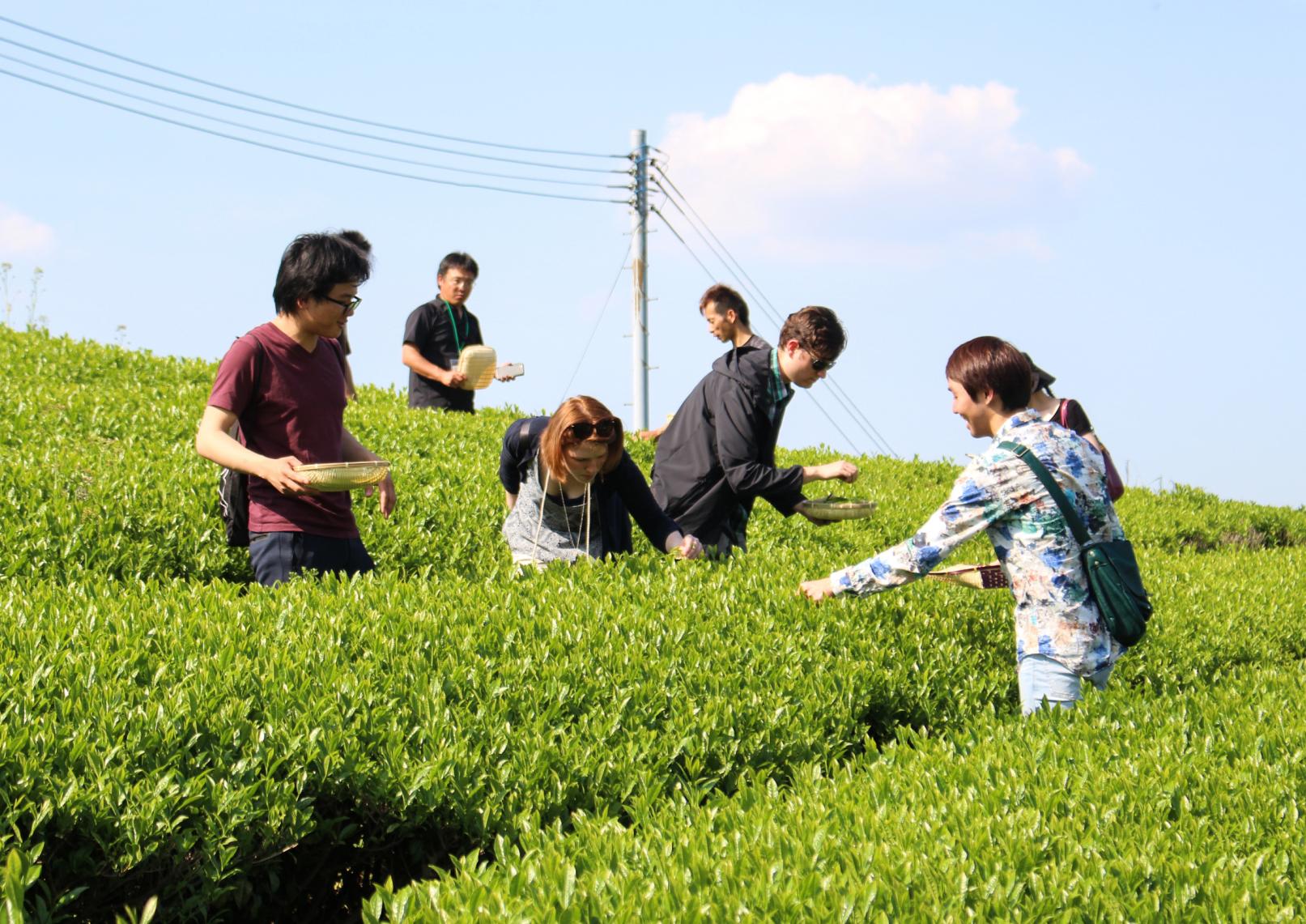

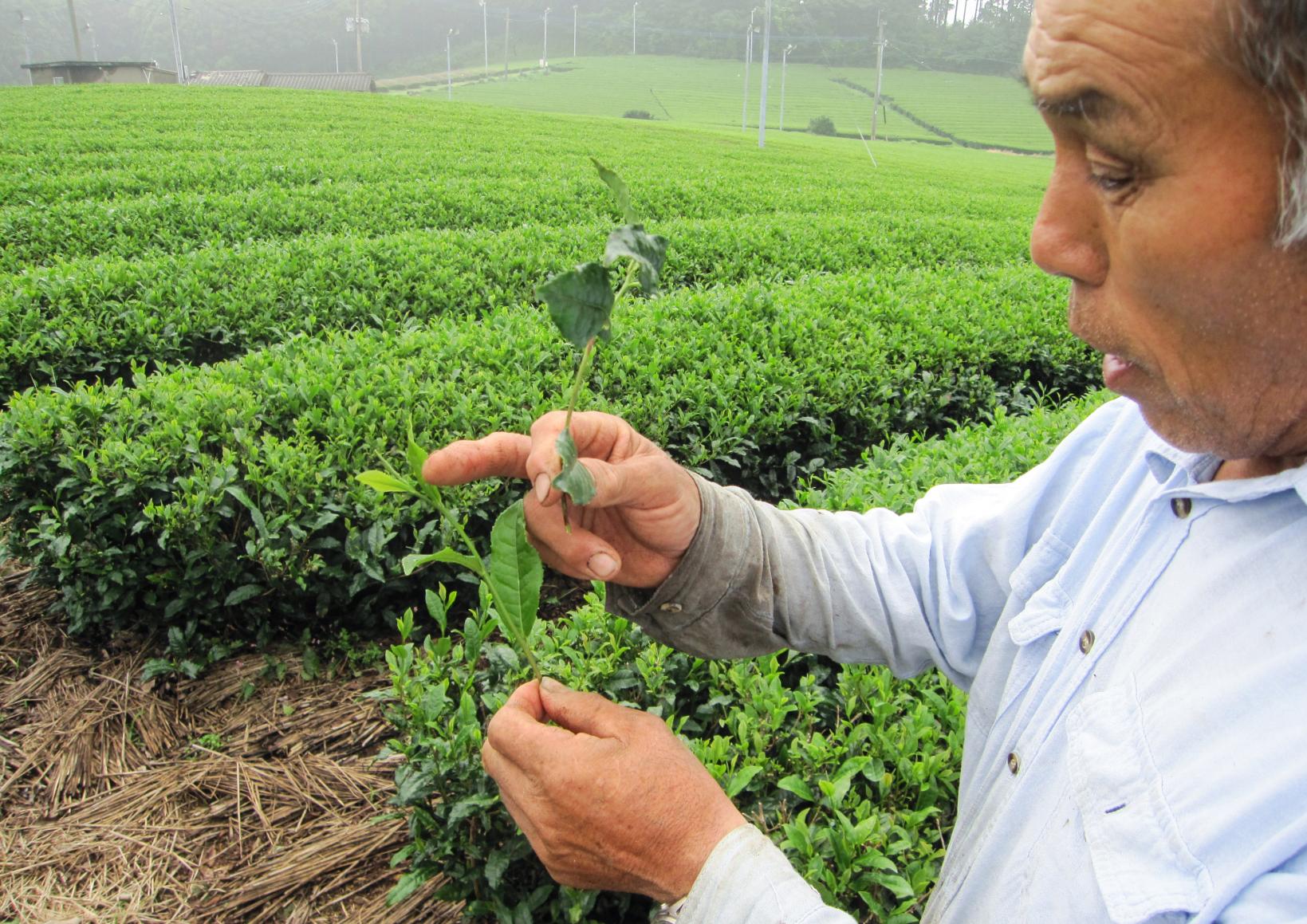
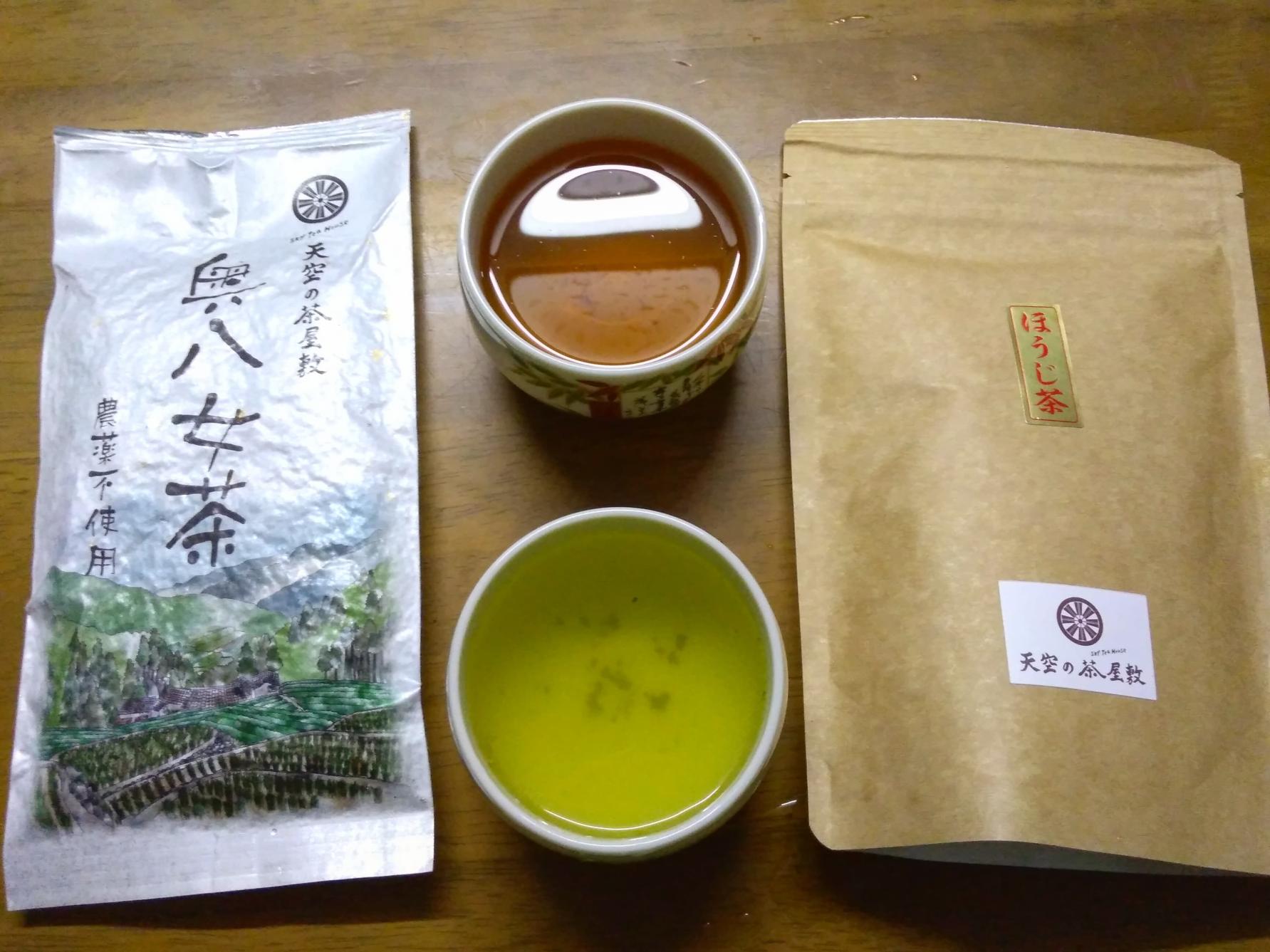

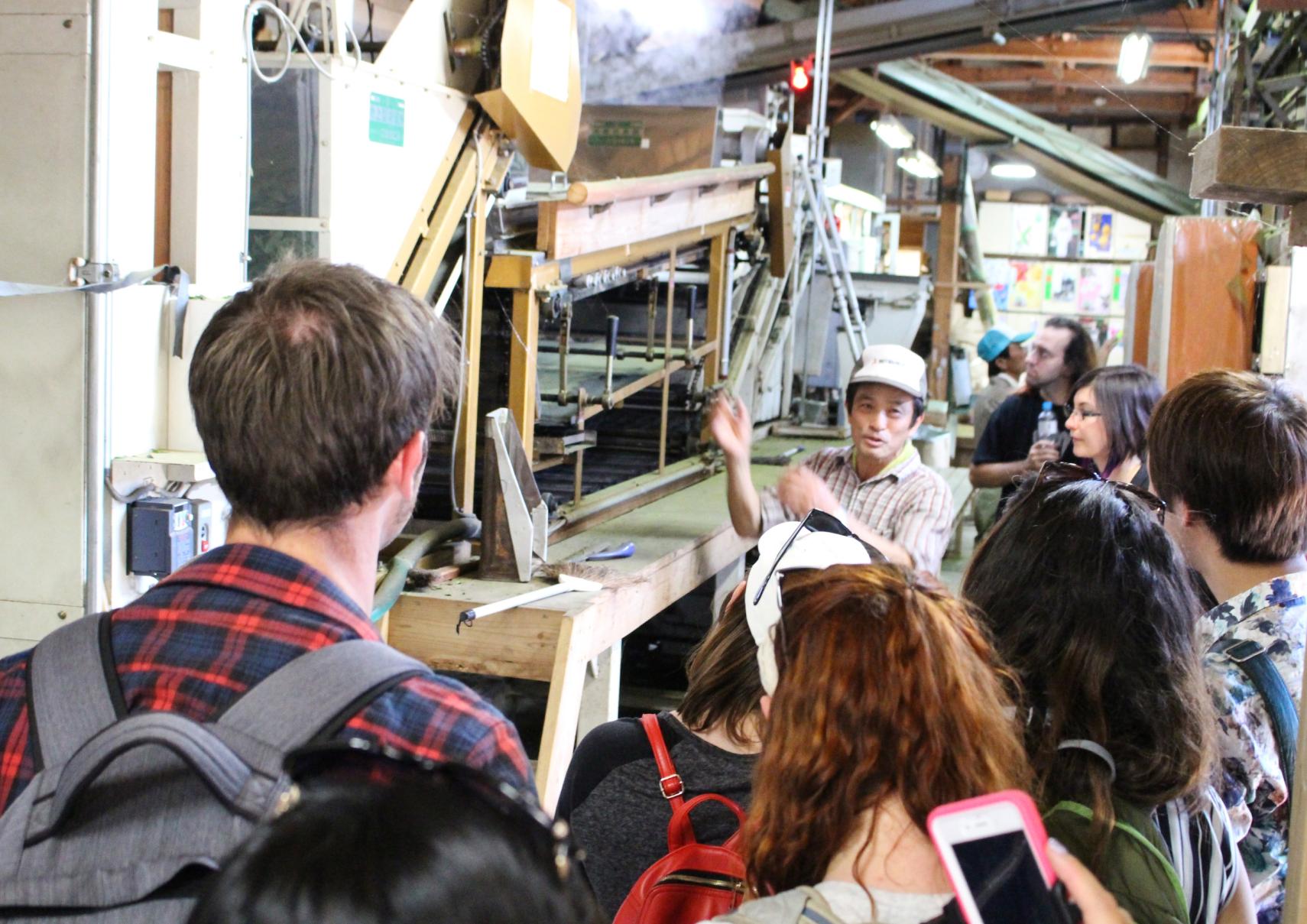
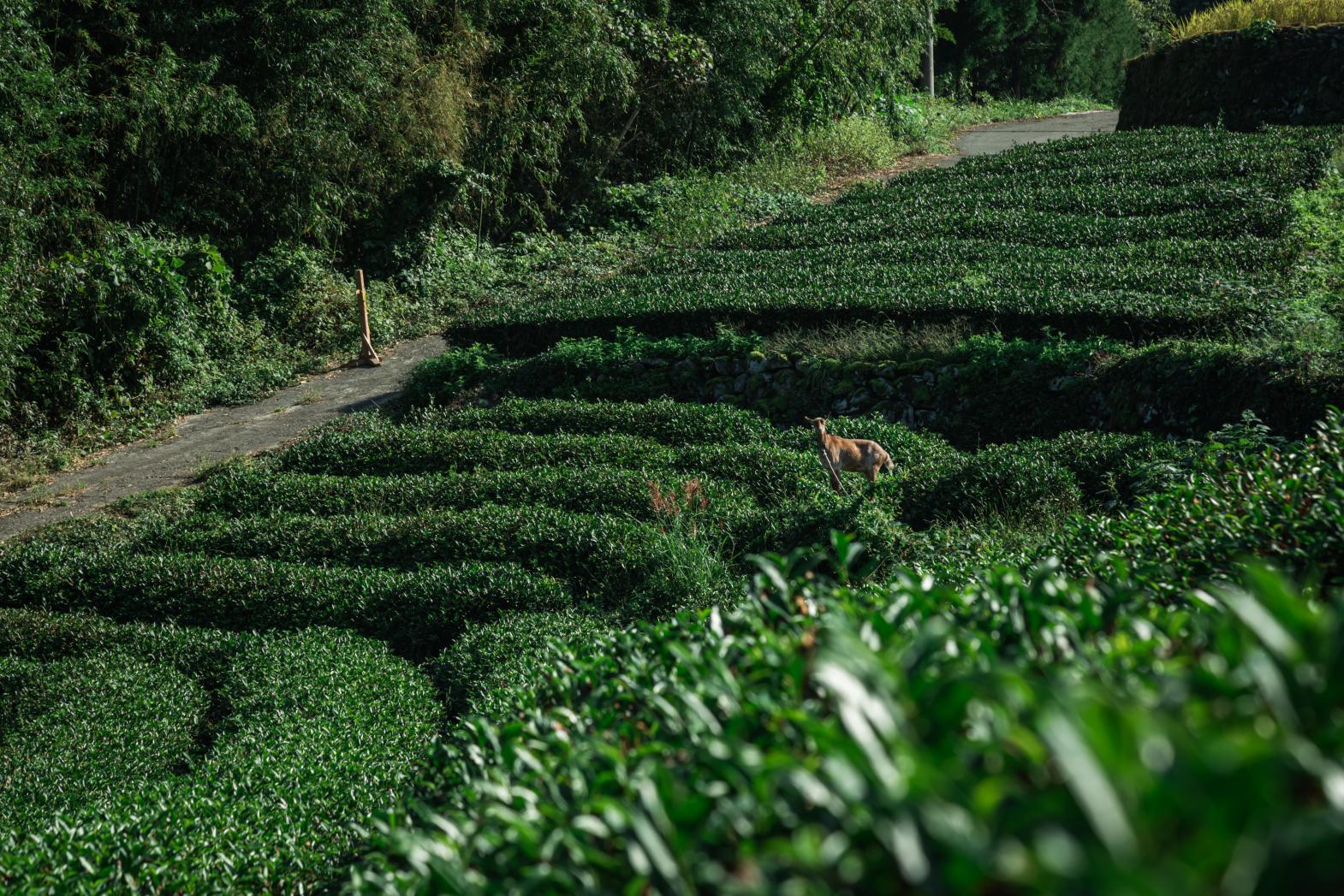
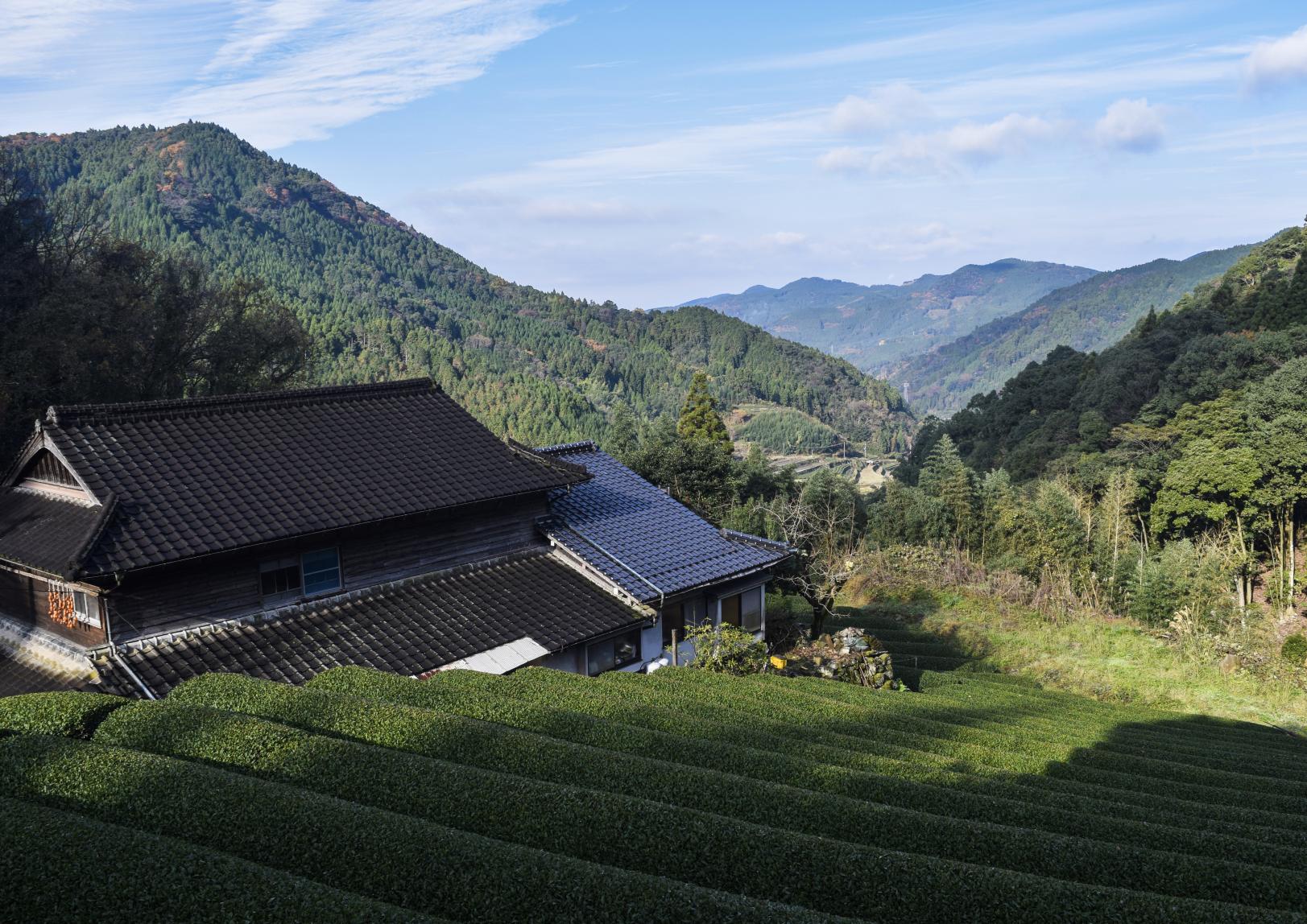
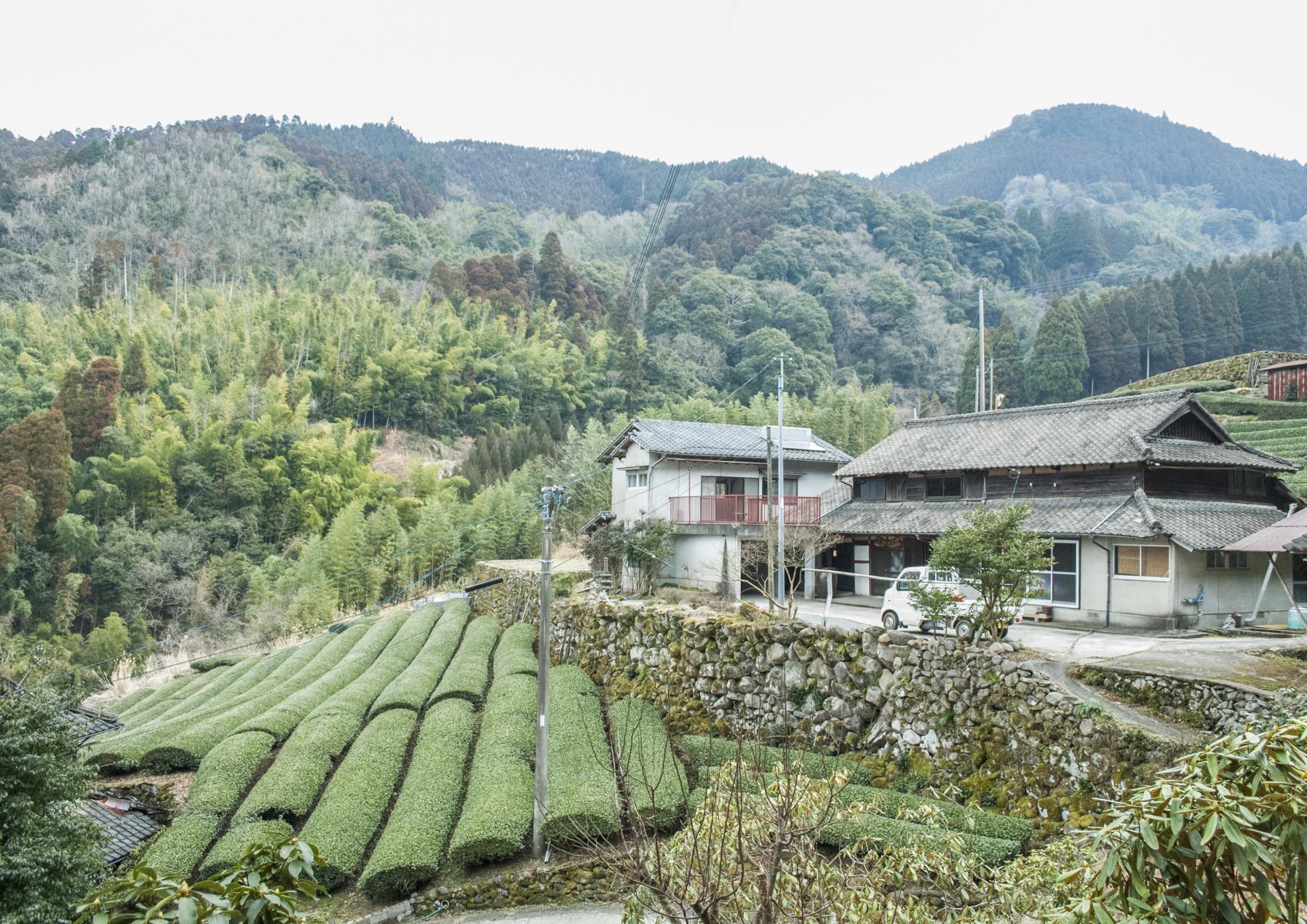
![[Yame Tea Experience Program 2] Single origin tea tasting, and making original blend green tea-0](https://www.crossroadfukuoka.jp/storage/special_feature_paragraphs/6944/responsive_images/fXkEGDbrsQwy2dIFzOeQQpxYIIfHtf3TG7bE0sDJ__1682_1121.jpg)
![[Yame Tea Experience Program 2] Single origin tea tasting, and making original blend green tea-1](https://www.crossroadfukuoka.jp/storage/special_feature_paragraphs/6944/responsive_images/bqzFfLXdDP9zHmT95UjfB34epUM7GFU8tCLuK3PG__1682_1121.jpg)
![[Yame Tea Experience Program 2] Single origin tea tasting, and making original blend green tea-2](https://www.crossroadfukuoka.jp/storage/special_feature_paragraphs/6944/responsive_images/mpacLlWFwgBA2cGofUEI3ijc1IDtR80Wv3c27Wpa__1682_1121.jpg)
![[Yame Tea Experience Program 2] Single origin tea tasting, and making original blend green tea-3](https://www.crossroadfukuoka.jp/storage/special_feature_paragraphs/6944/responsive_images/D61SMMsivkpHRG1HIwAxlfNJREKF2i8MTNFkNoca__1682_1121.jpg)
![[Yame Tea Experience Program 2] Single origin tea tasting, and making original blend green tea-4](https://www.crossroadfukuoka.jp/storage/special_feature_paragraphs/6944/responsive_images/weVZ21eLcWqkqXnEkRL3186cIGACxDhYrOxZQFVY__1682_1121.jpg)
![[Yame Tea Experience Program 2] Single origin tea tasting, and making original blend green tea-5](https://www.crossroadfukuoka.jp/storage/special_feature_paragraphs/6944/responsive_images/9JblKO7sPDGdcZOheJkwhPYI0bLfqyYJLlsY6uO5__1682_1121.jpg)
![[Yame Tea Experience Program 2] Single origin tea tasting, and making original blend green tea-6](https://www.crossroadfukuoka.jp/storage/special_feature_paragraphs/6944/responsive_images/DIFT3WEdRy7FJ5y6nW4nuUn33P768tt1Wy0MDH6G__1682_1121.jpg)
![[Yame Tea Experience Program 2] Single origin tea tasting, and making original blend green tea-7](https://www.crossroadfukuoka.jp/storage/special_feature_paragraphs/6944/responsive_images/uOgwtin6Wt6Hx195KvuUoU3oEXGjT1xzLraoGwDS__1721_1147.jpg)
![[Yame Tea Experience Program 2] Single origin tea tasting, and making original blend green tea-8](https://www.crossroadfukuoka.jp/storage/special_feature_paragraphs/6944/responsive_images/czd2Hqp80tUewjYpMdIIvrVKRrcYbiJ8uOUPd9bH__1583_1187.jpg)
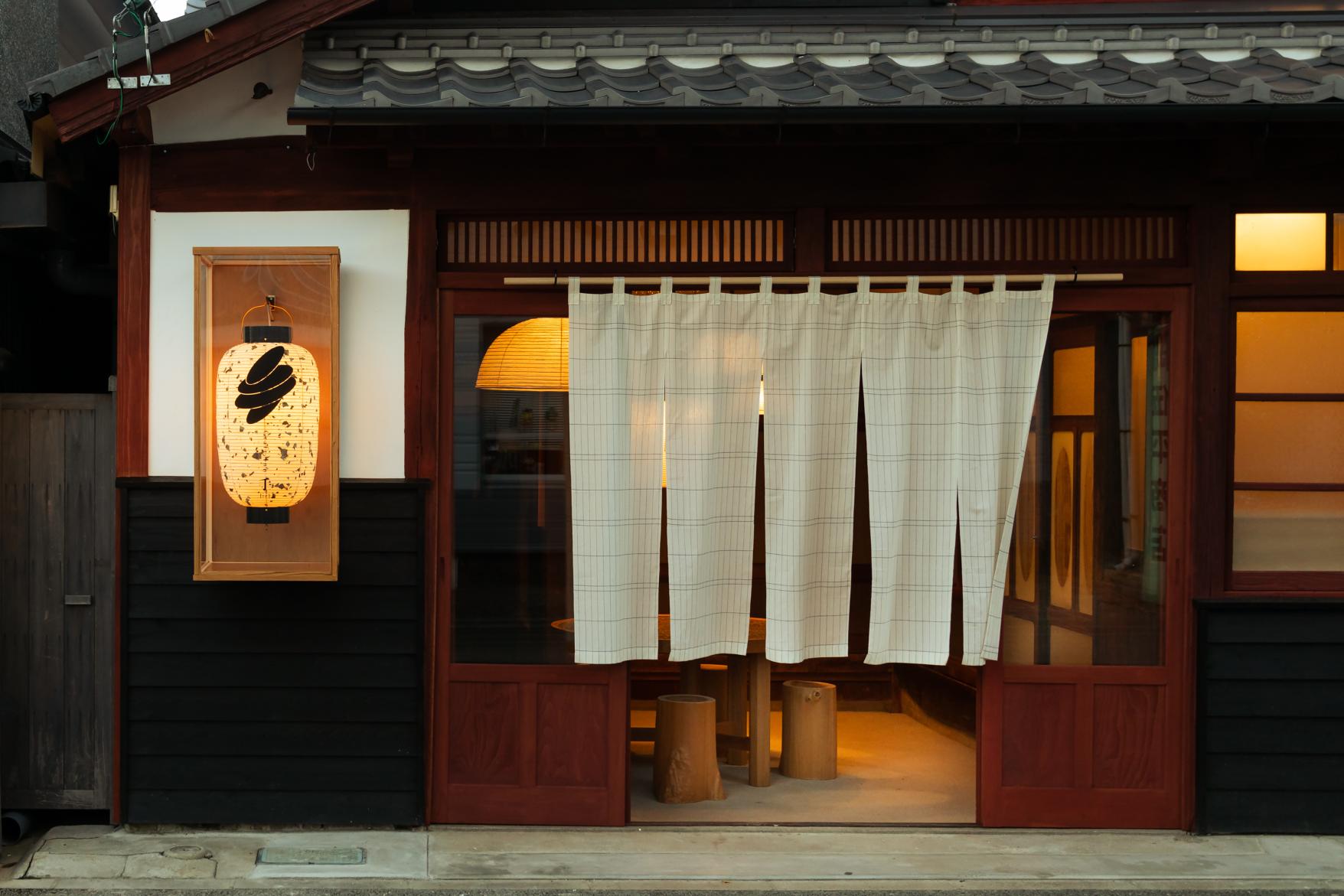
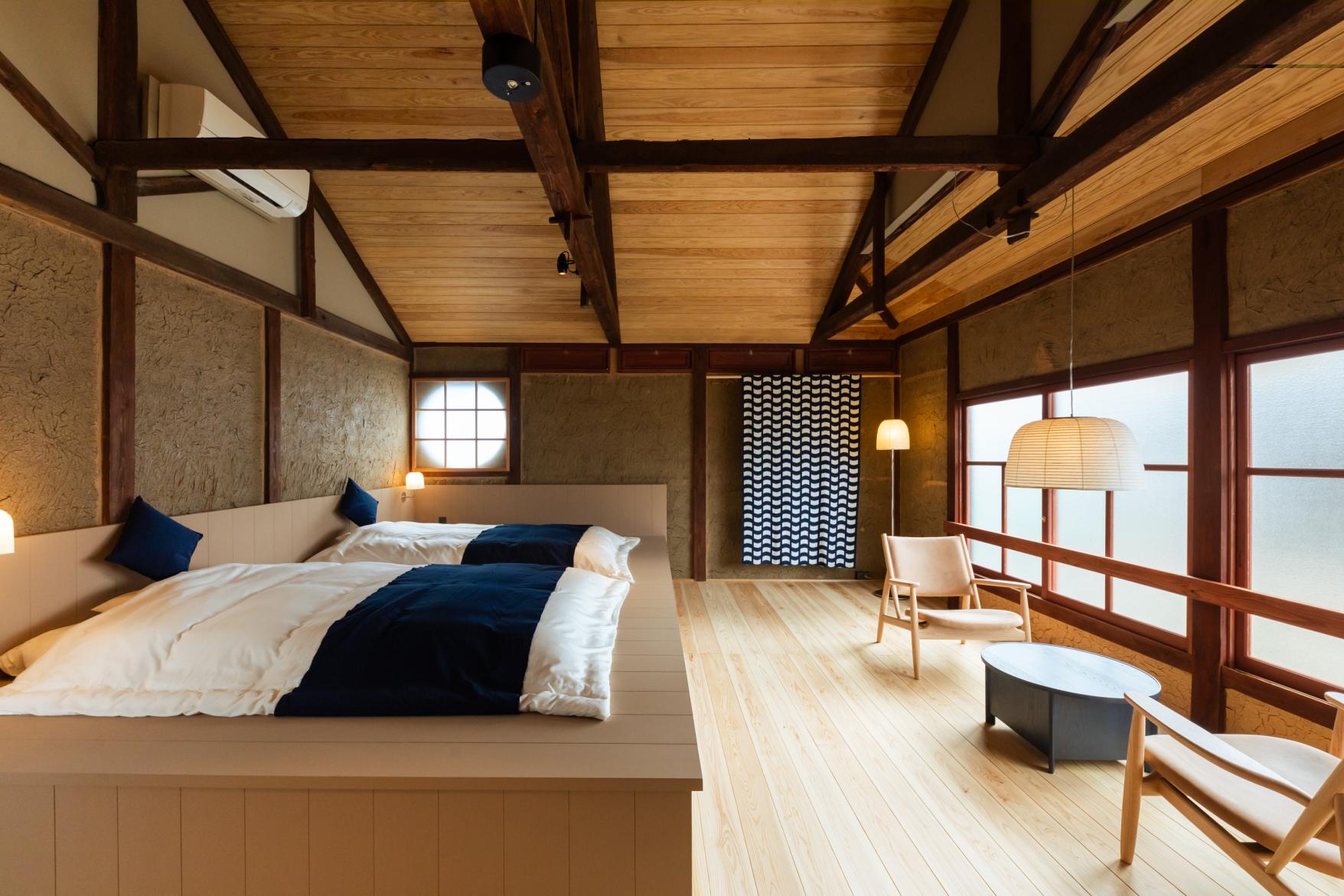
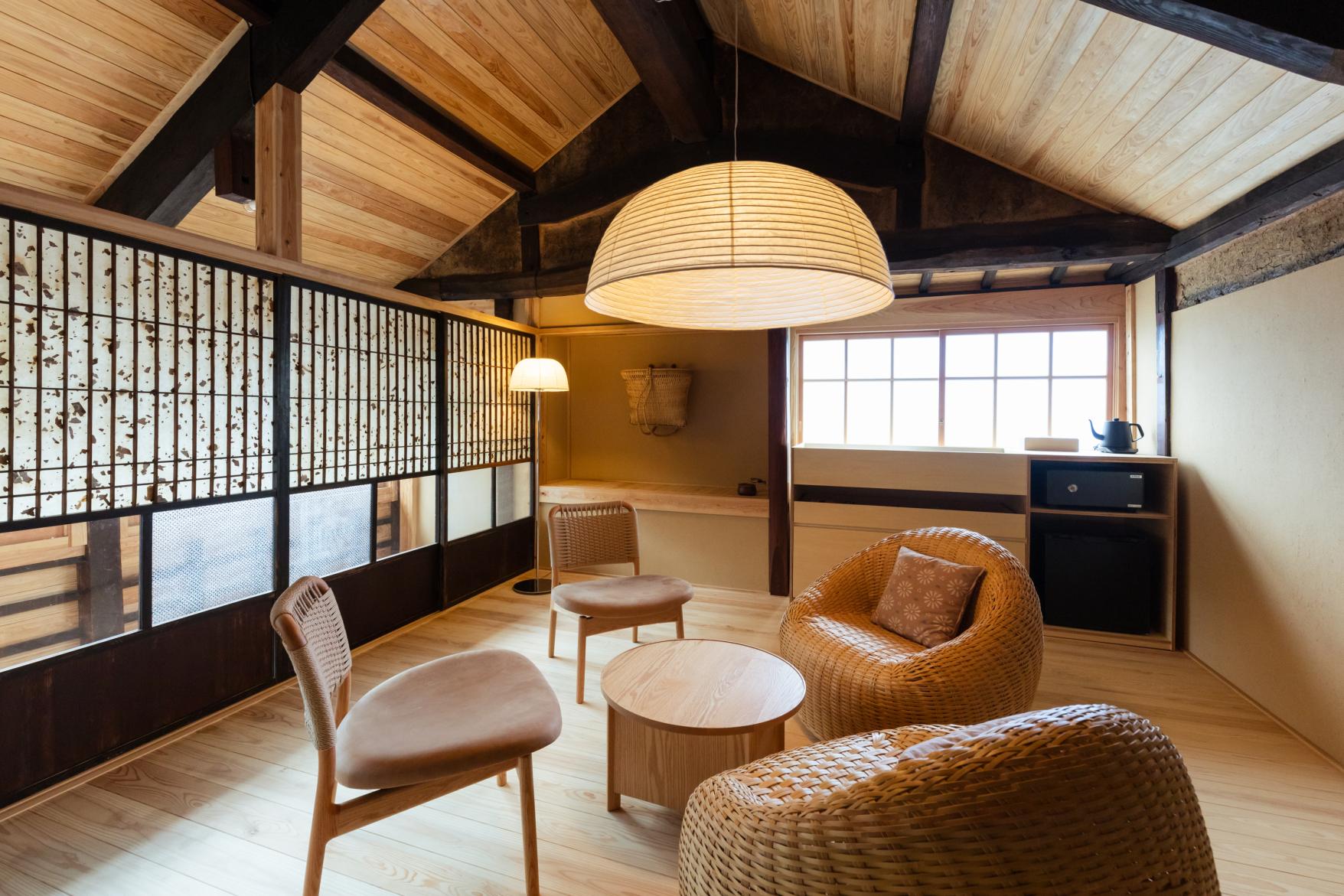
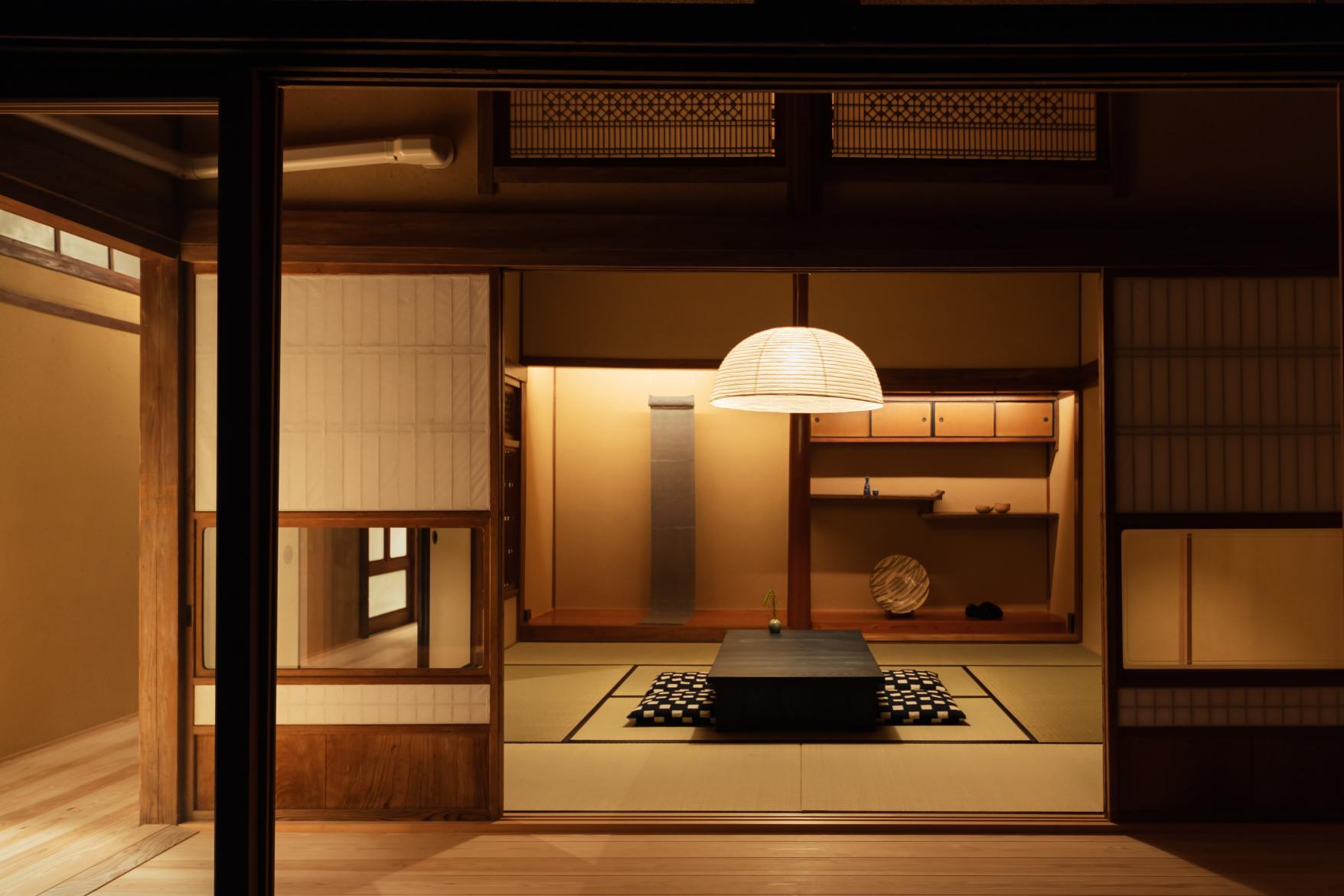
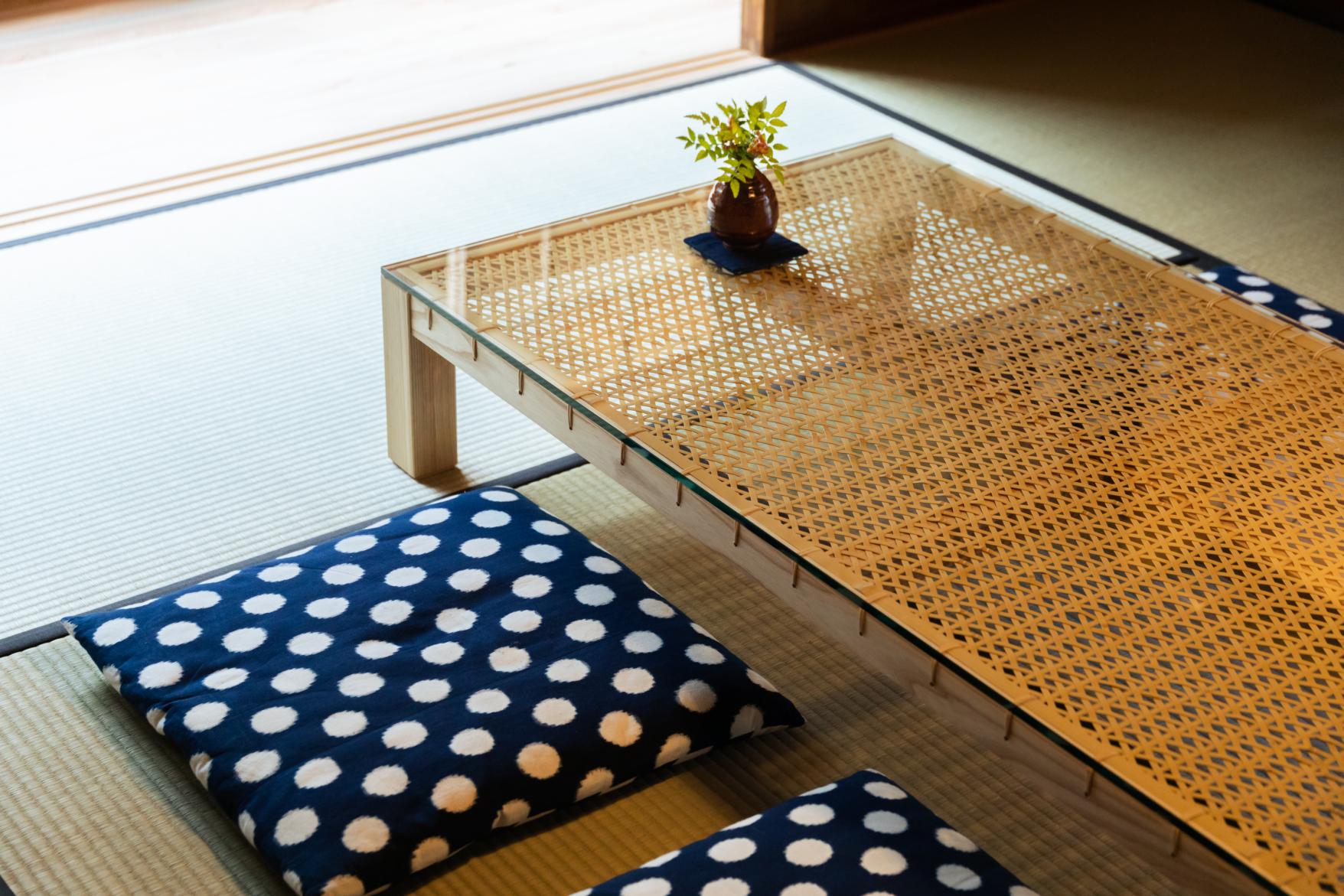


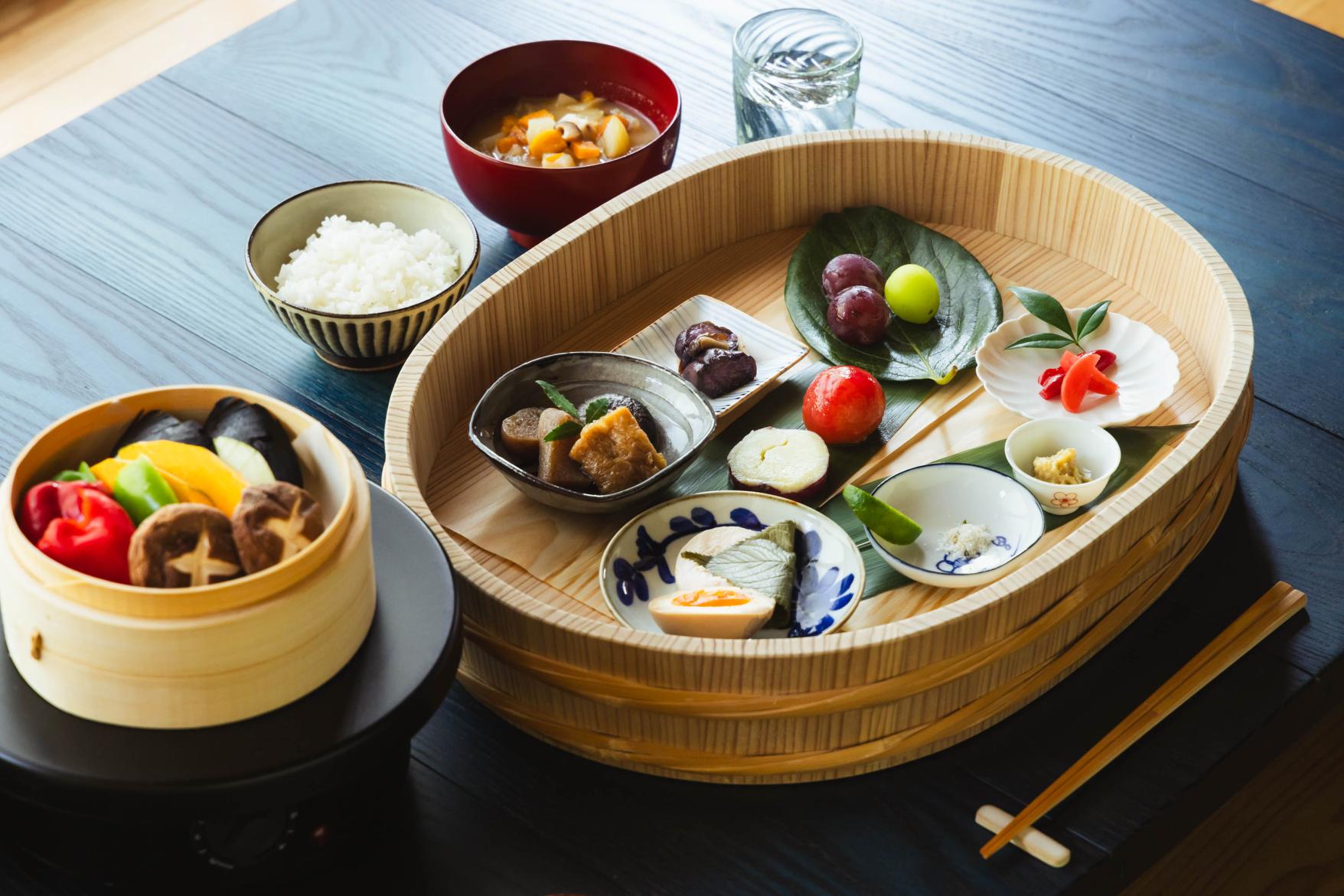

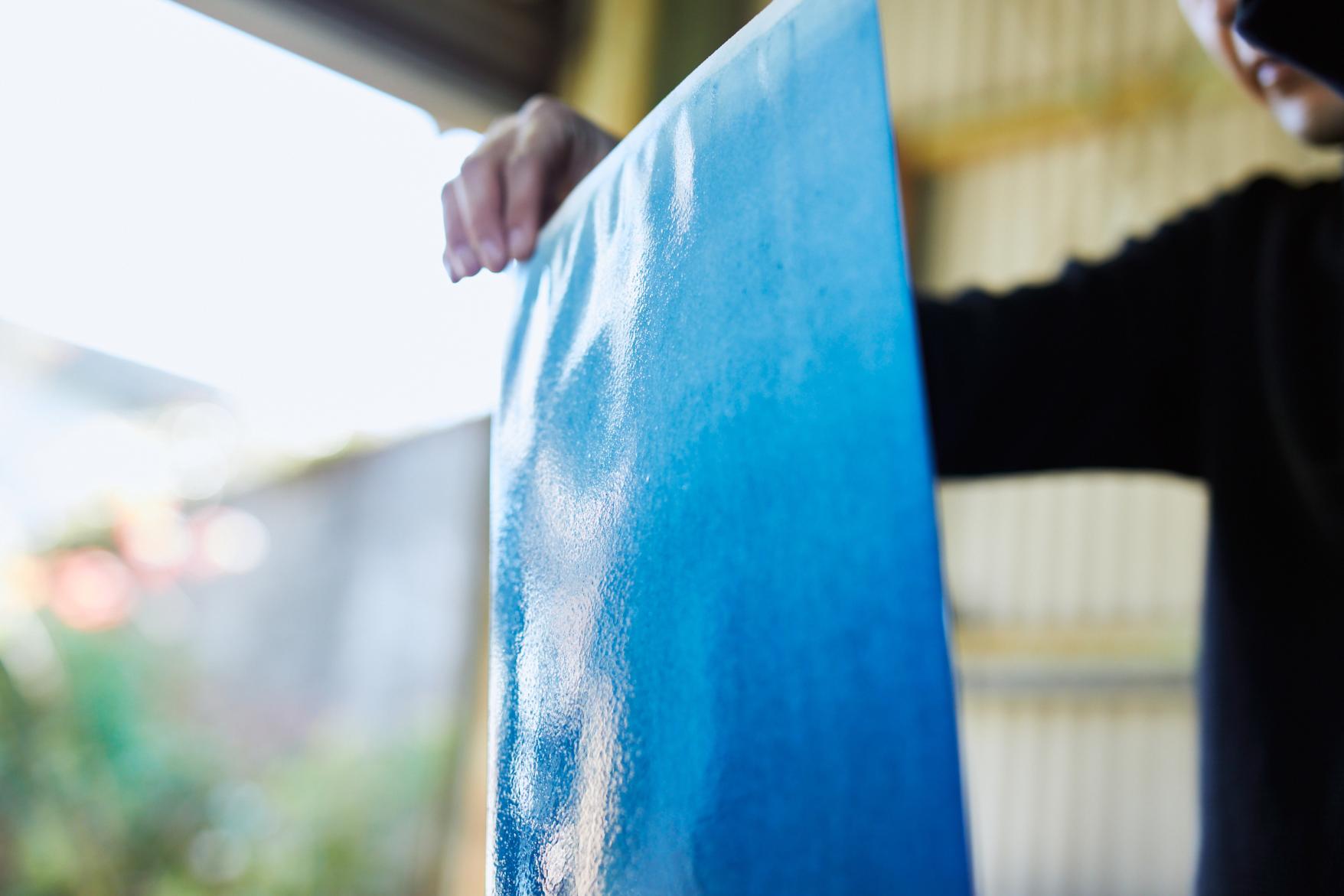
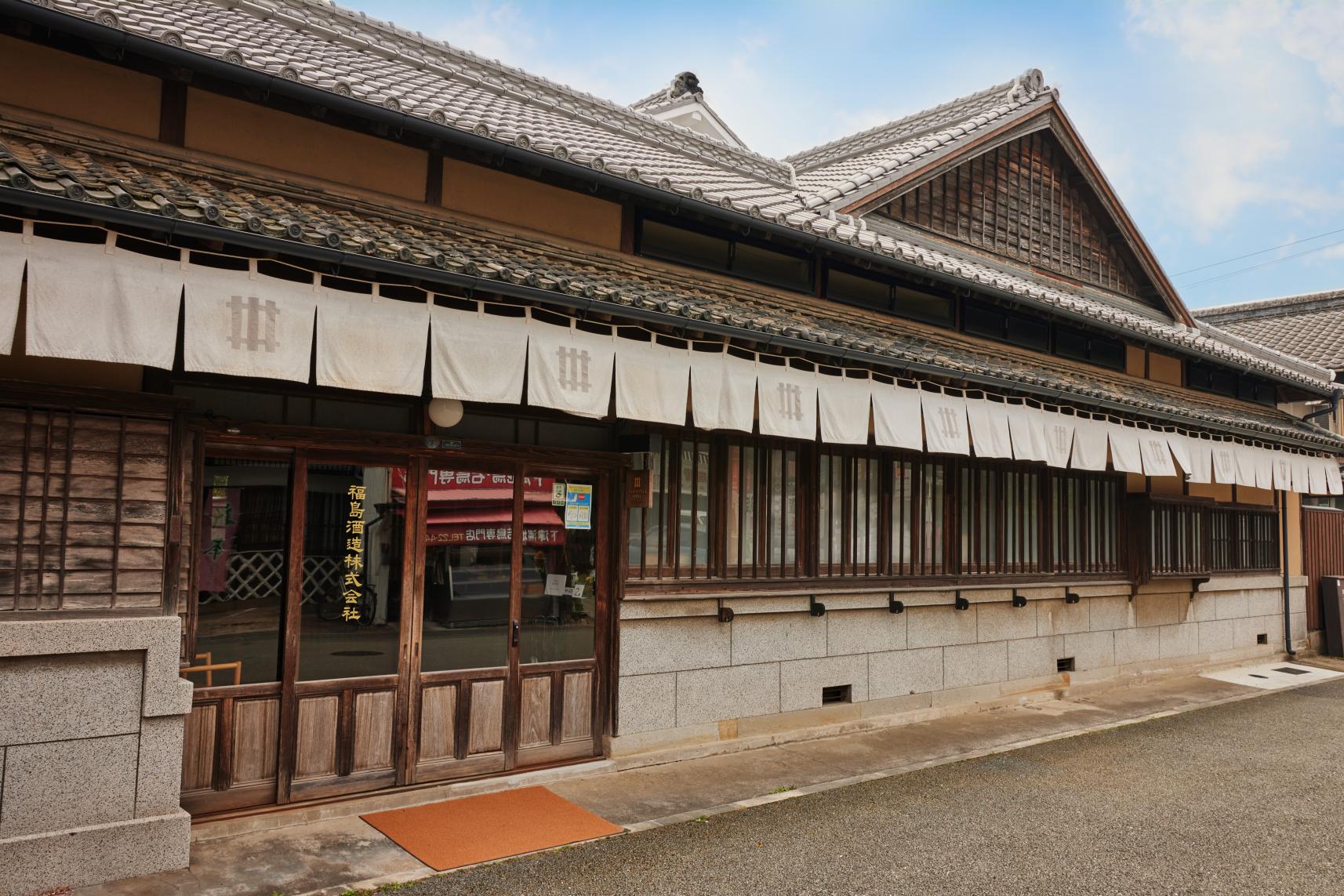
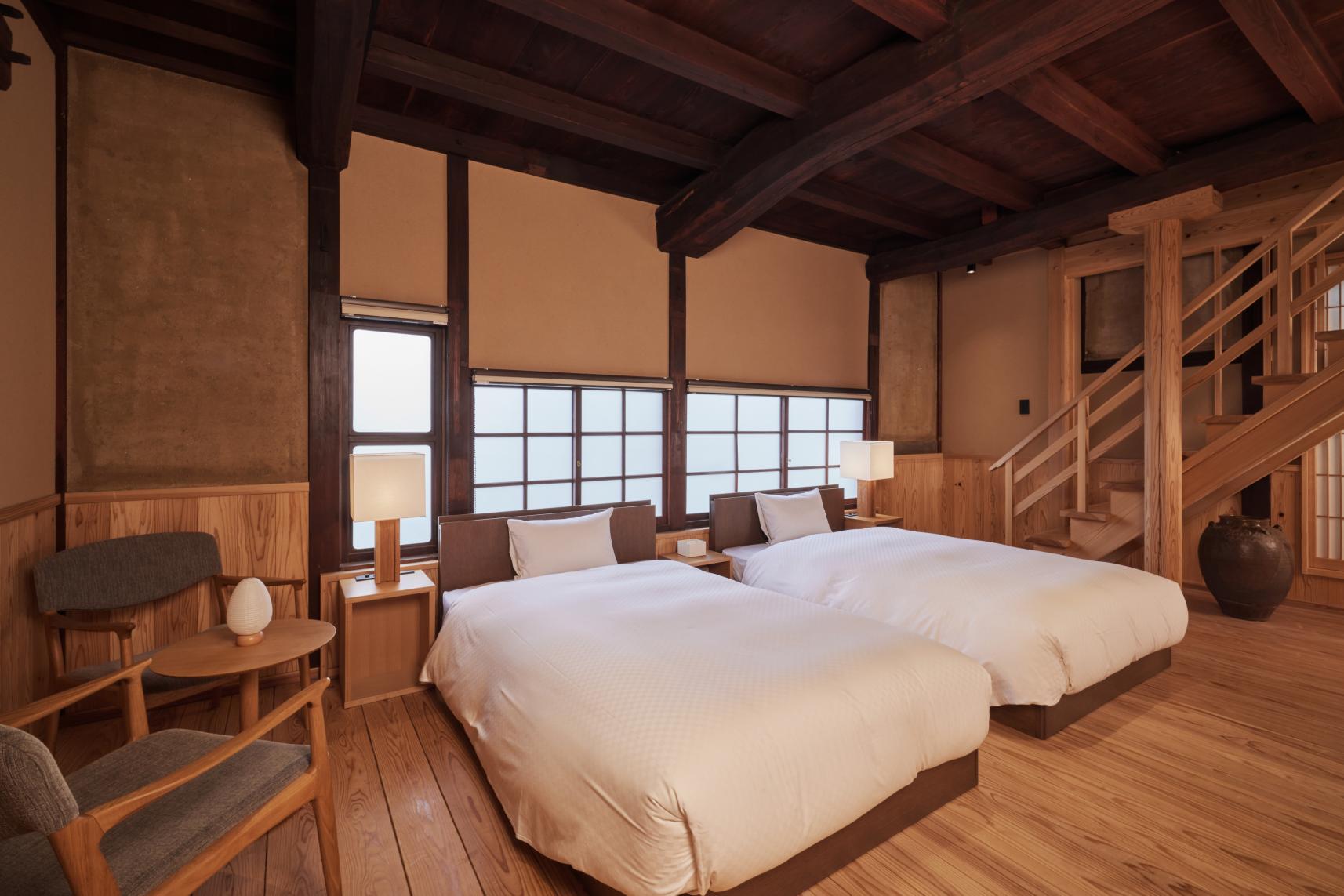
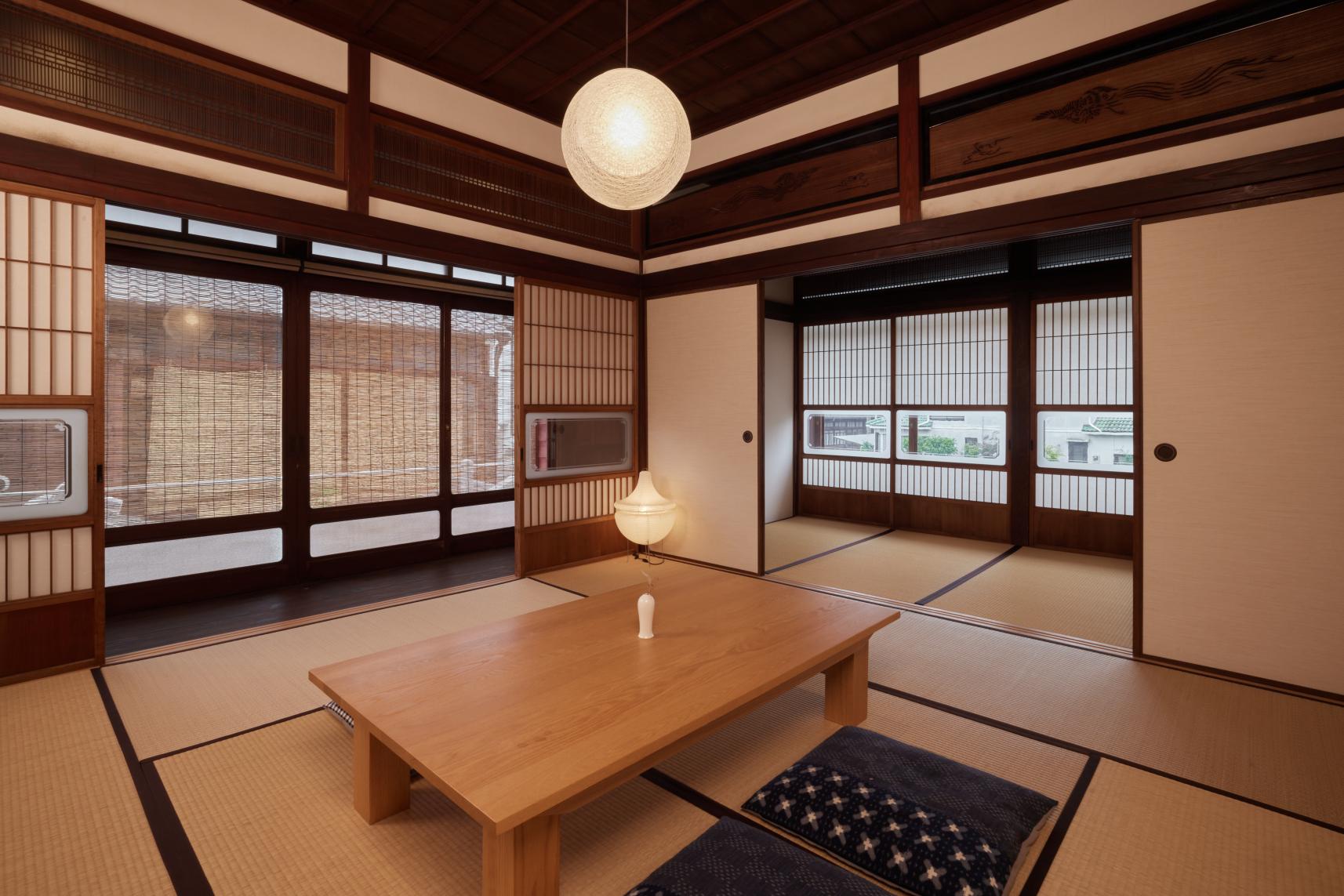
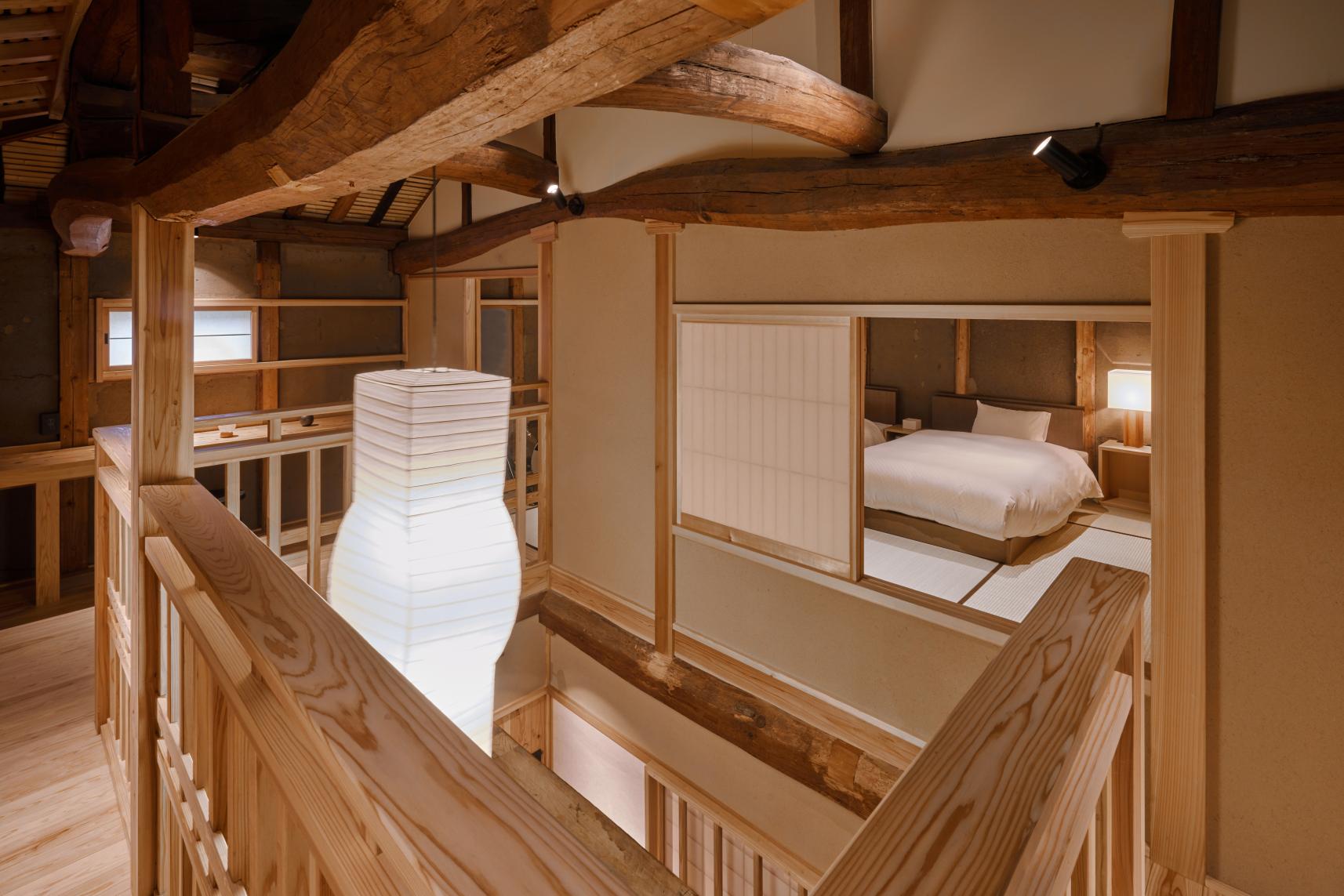
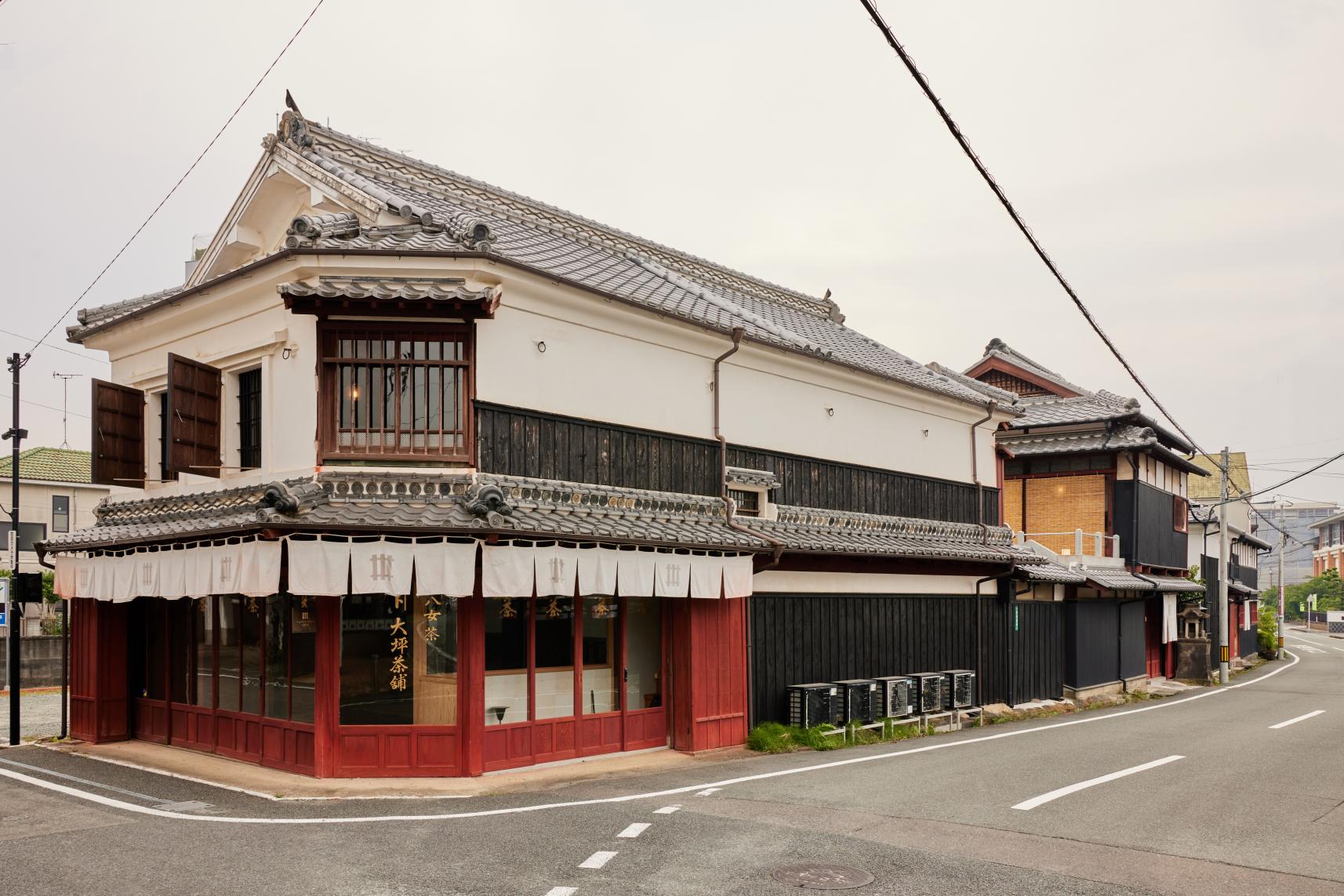
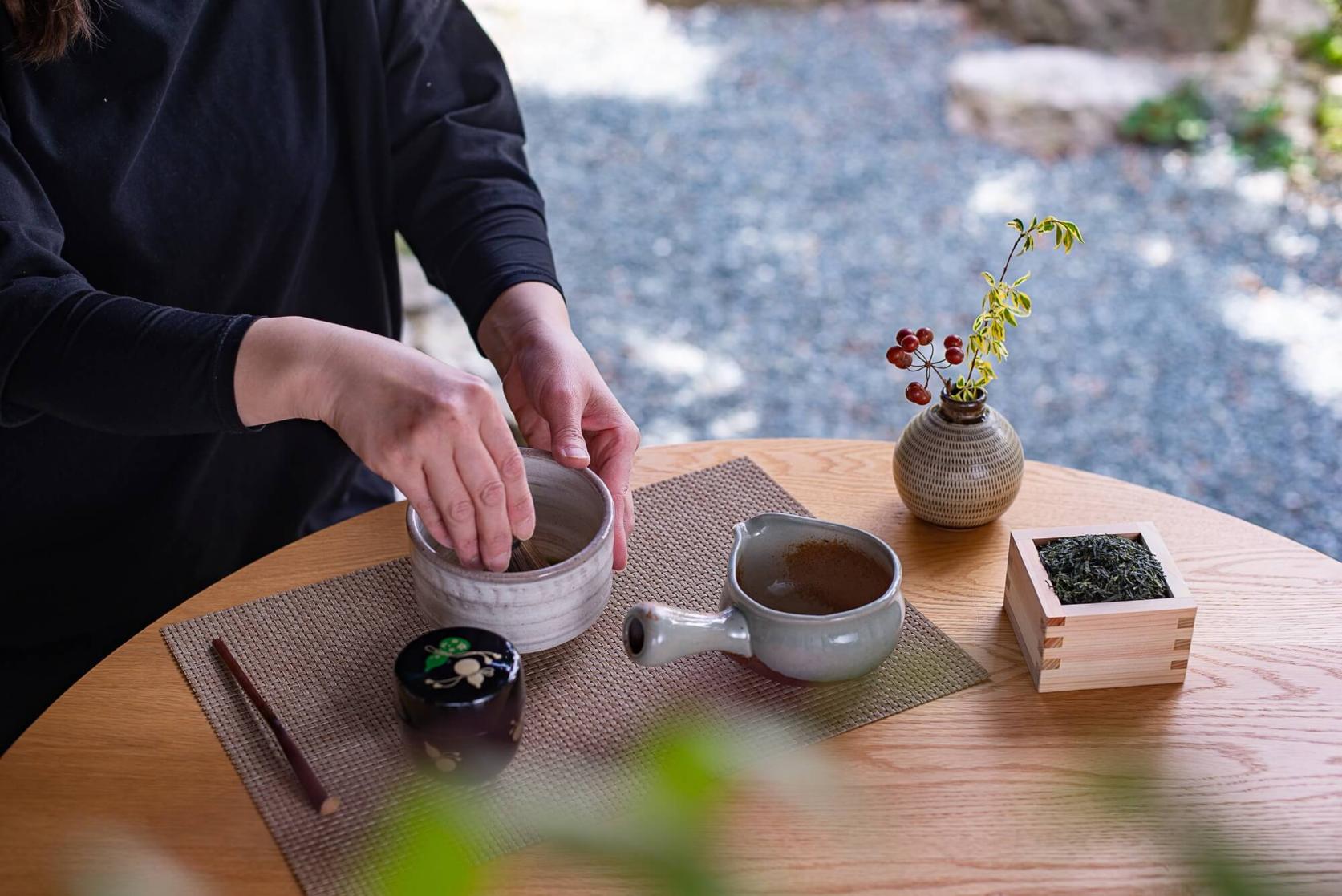
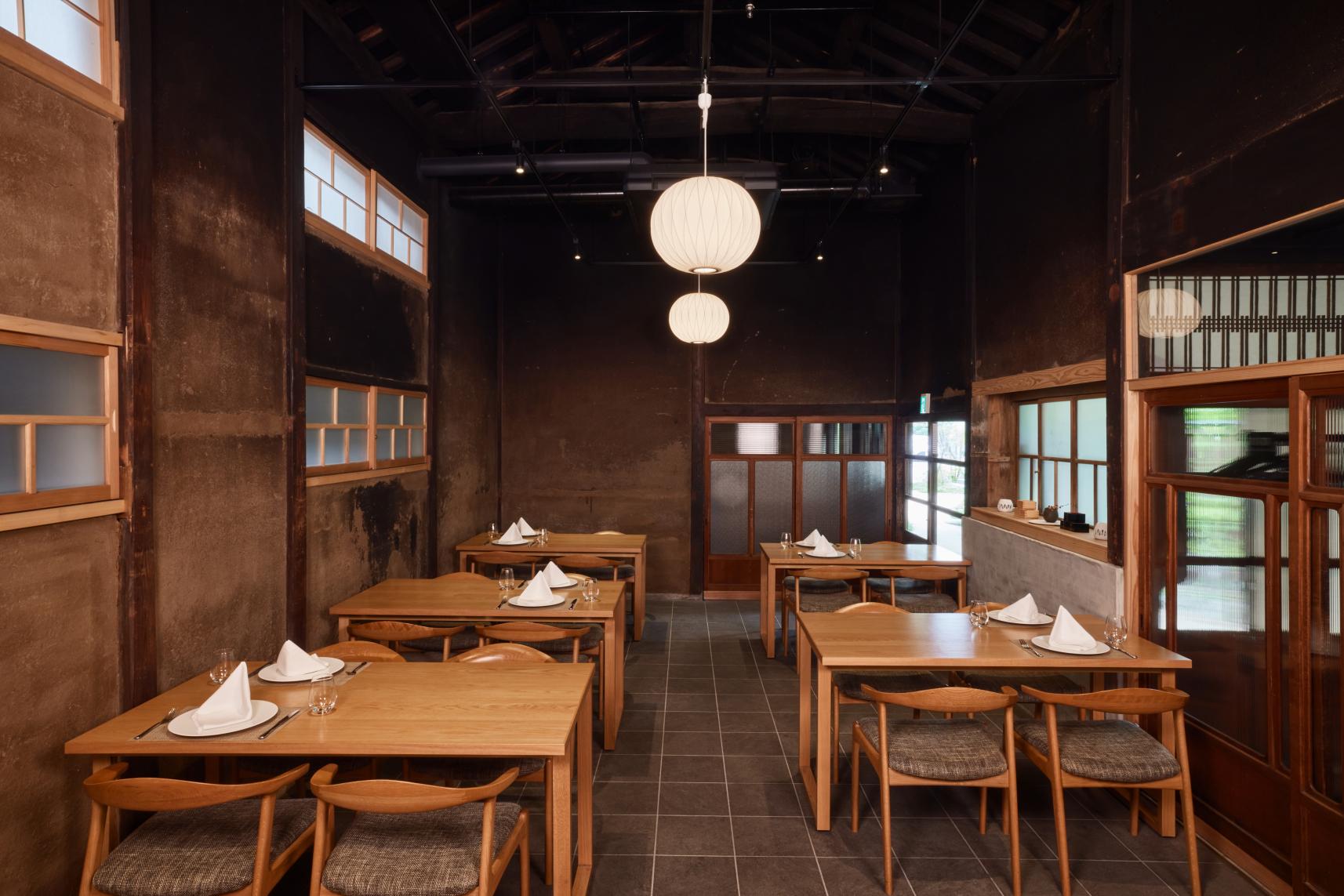
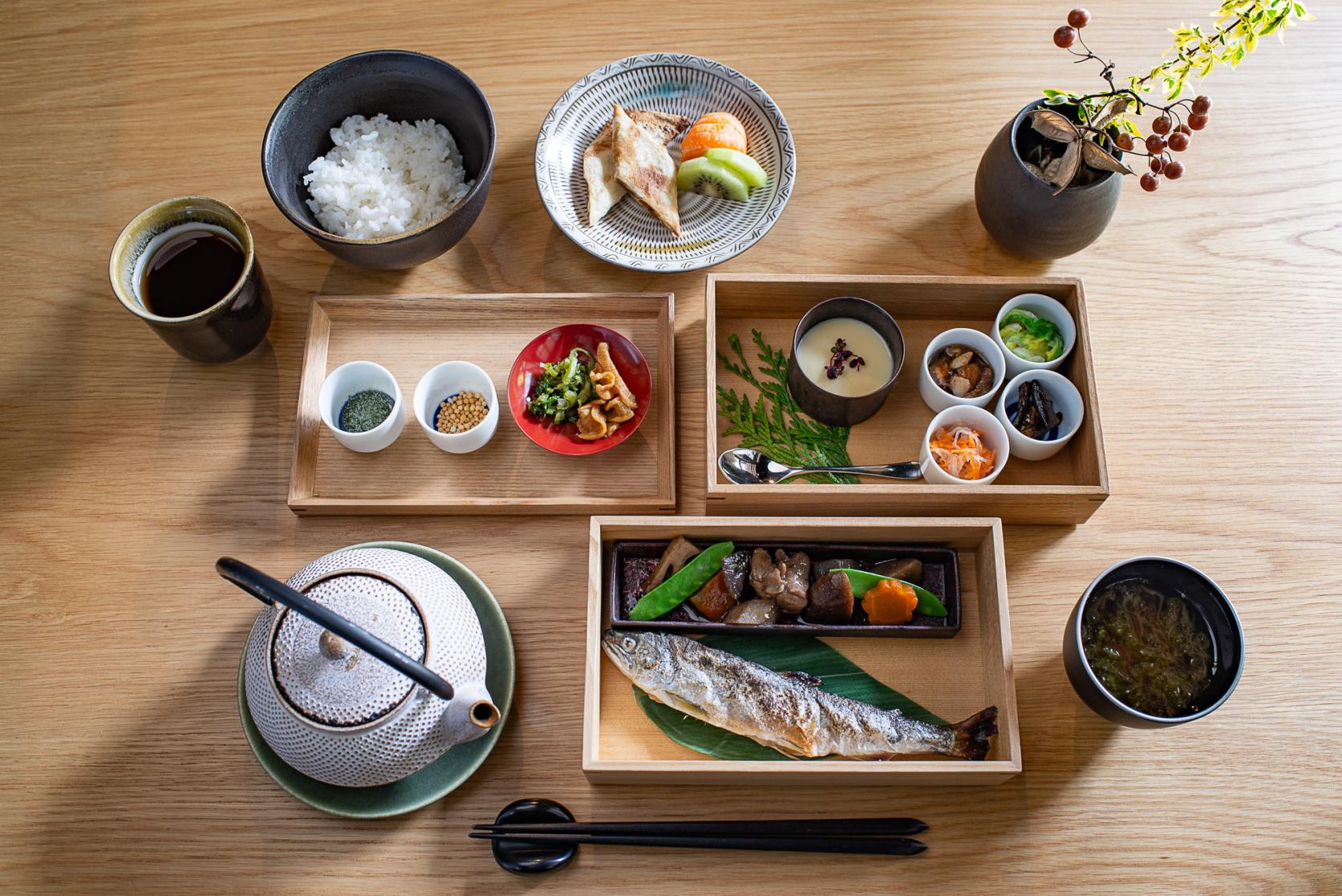
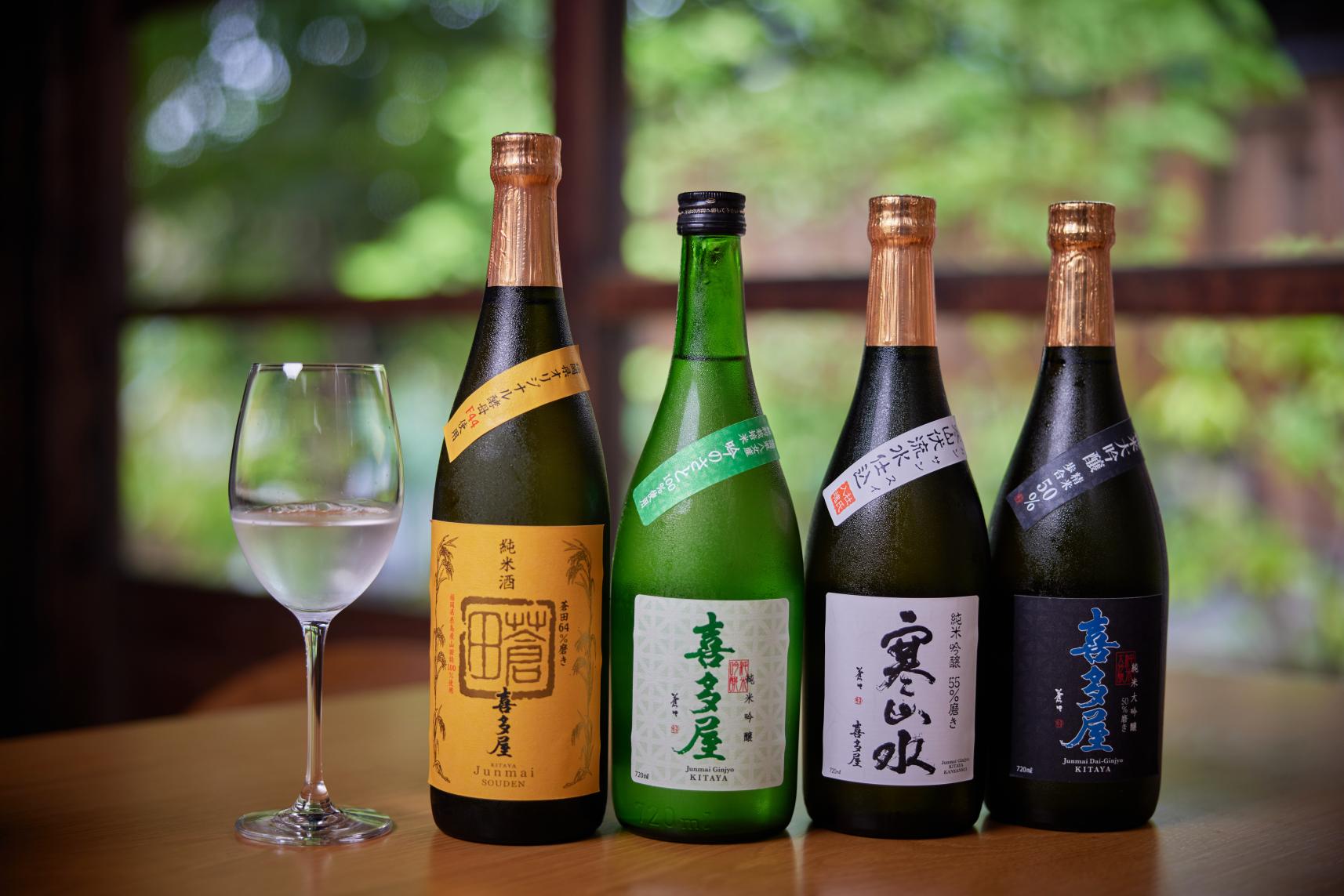
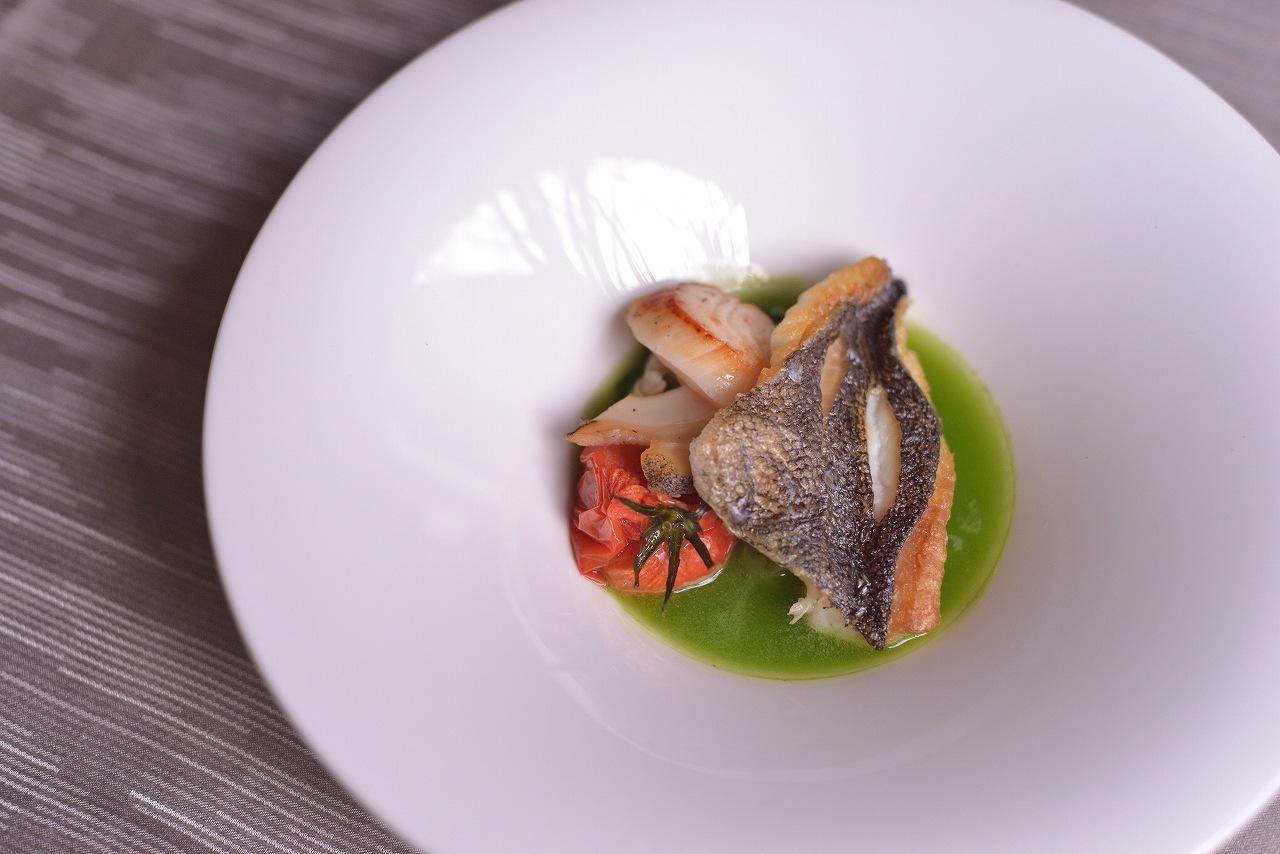
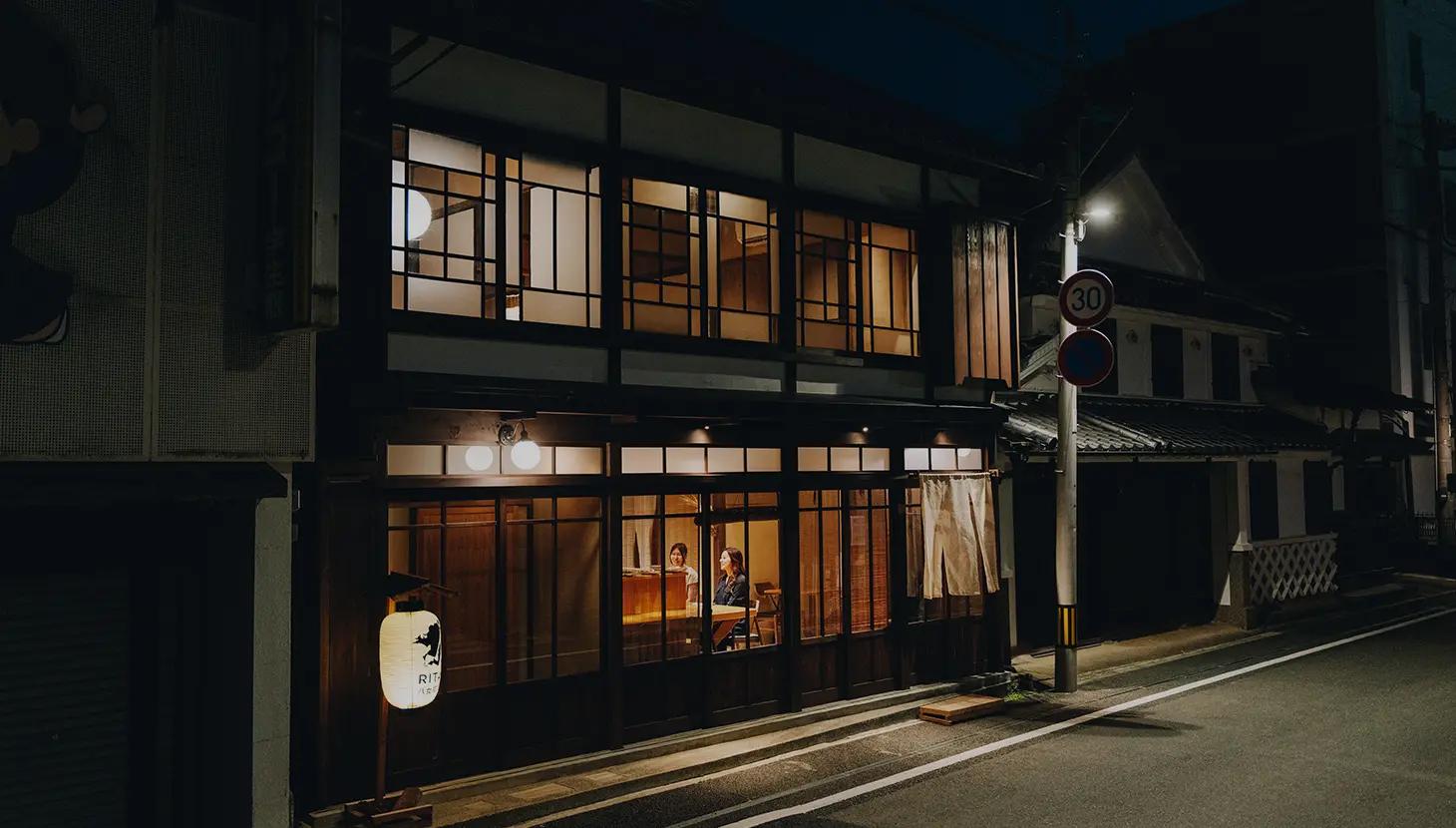

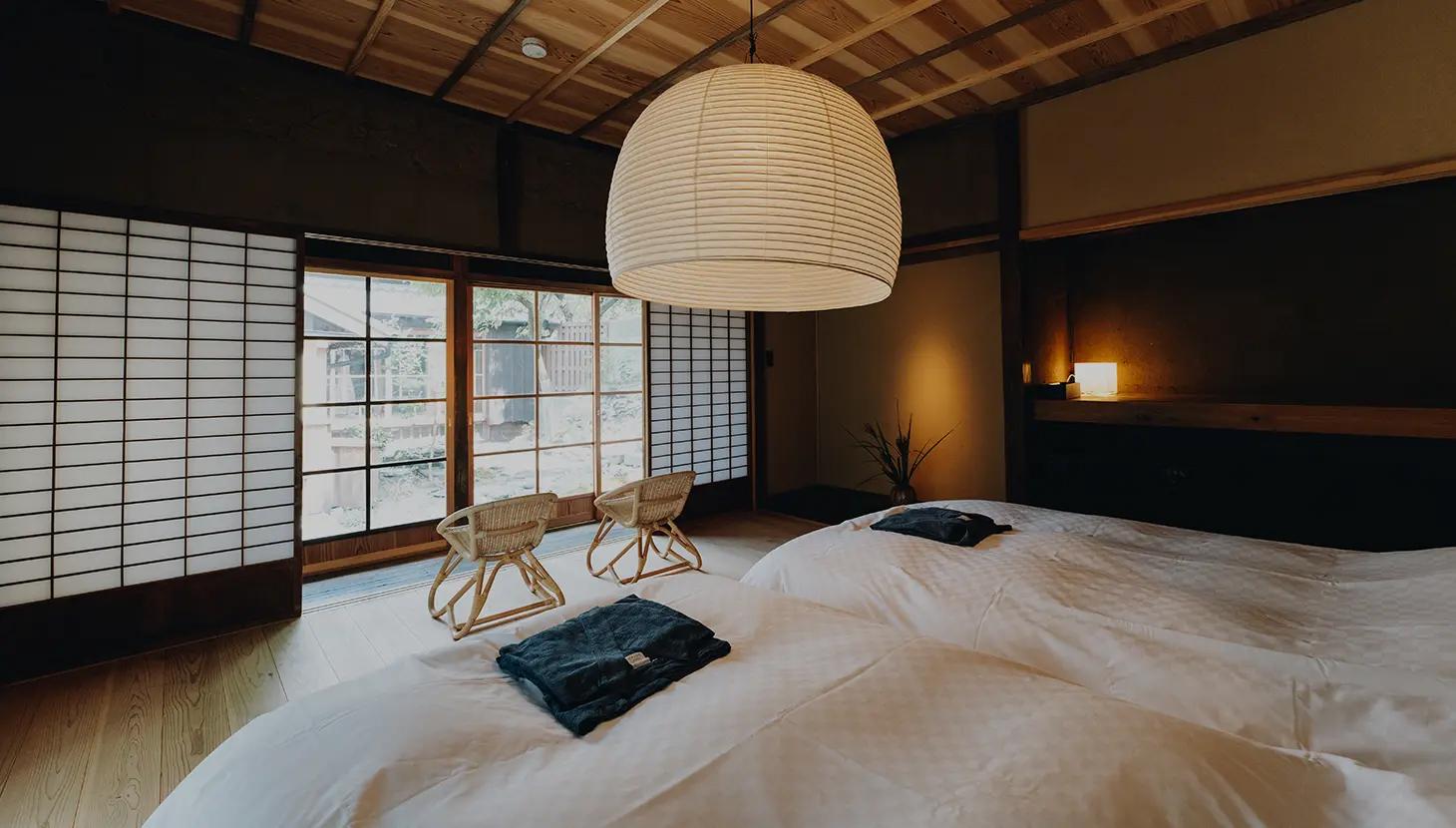

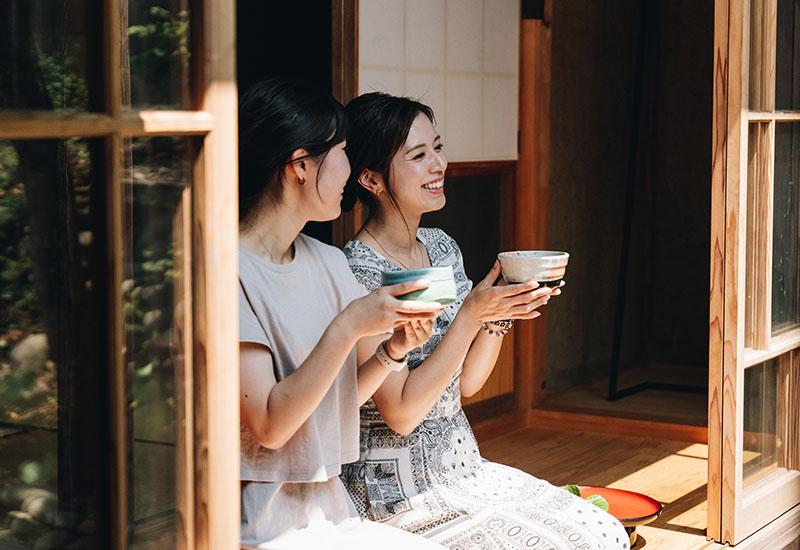

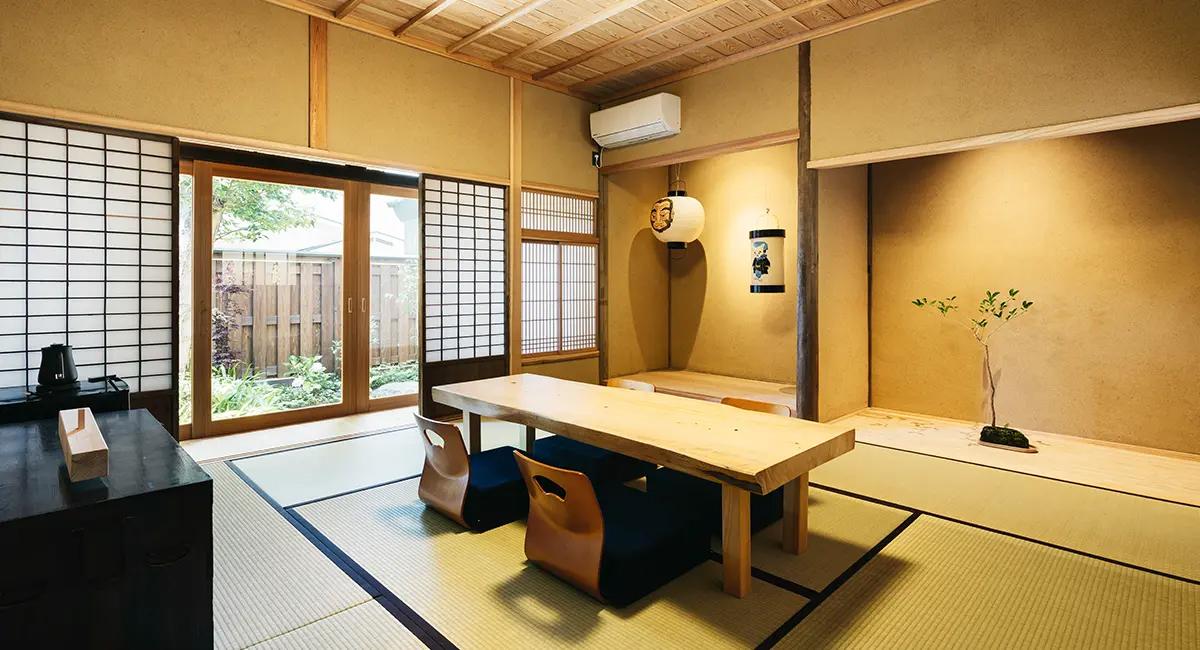
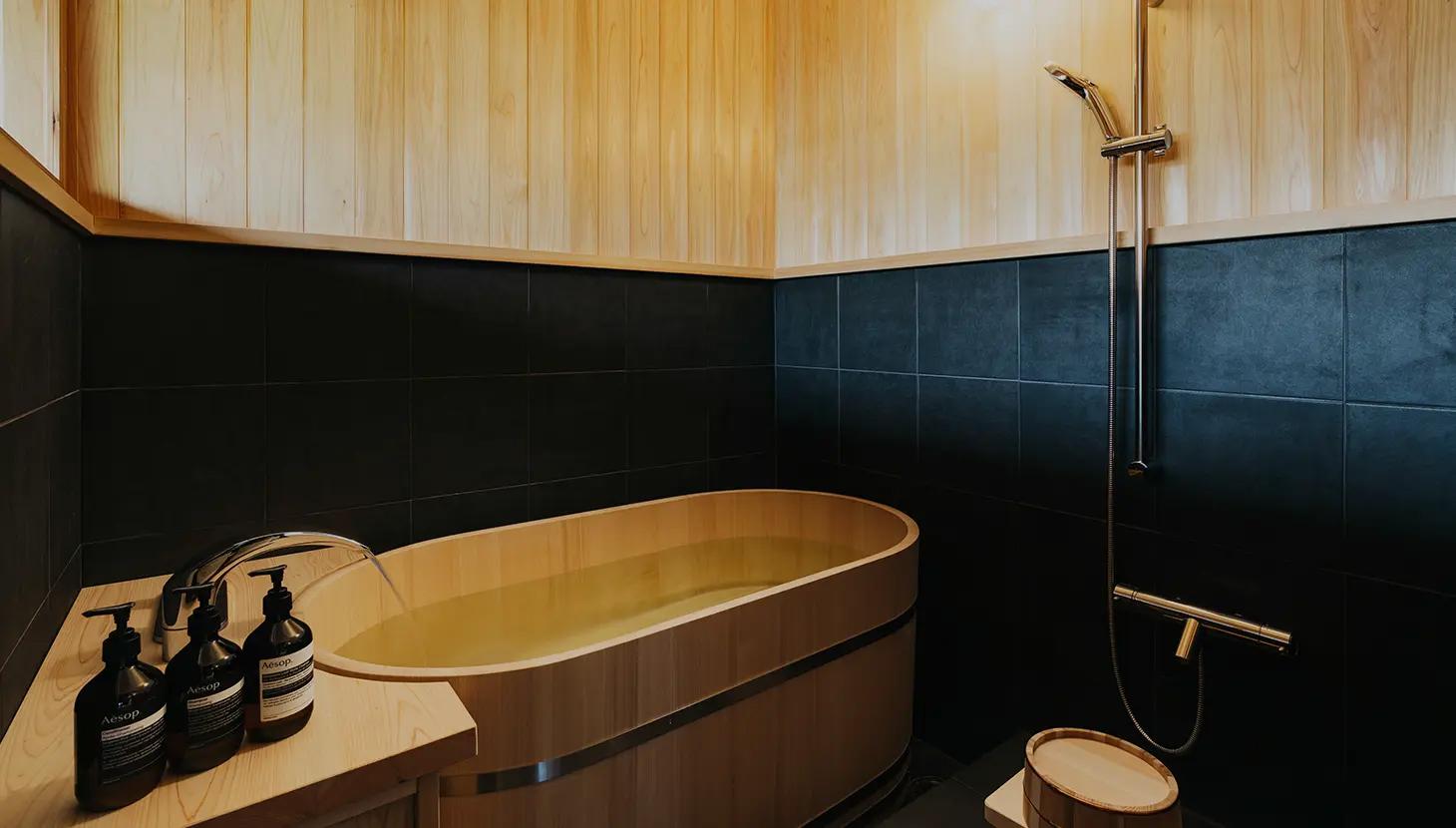
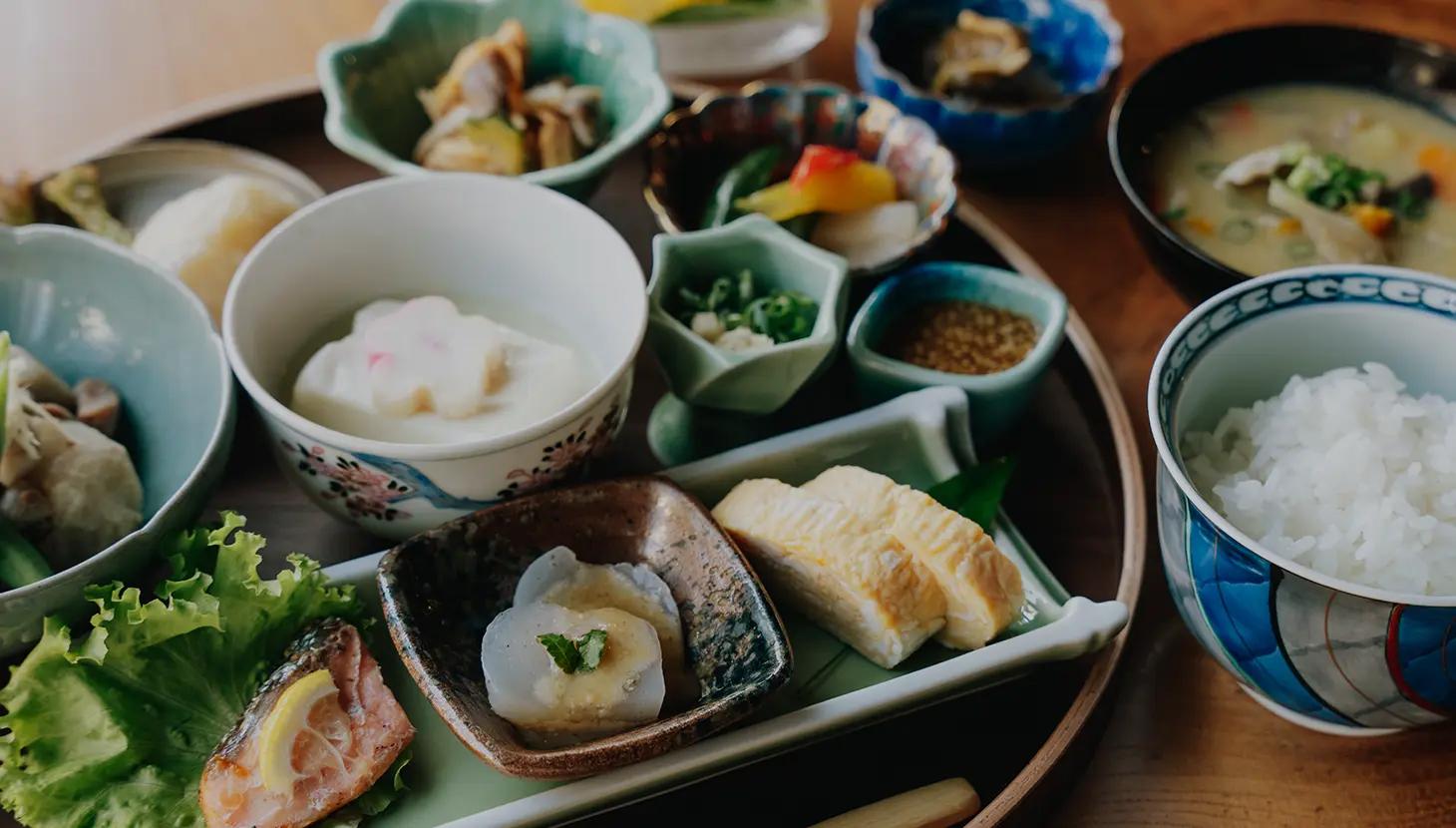
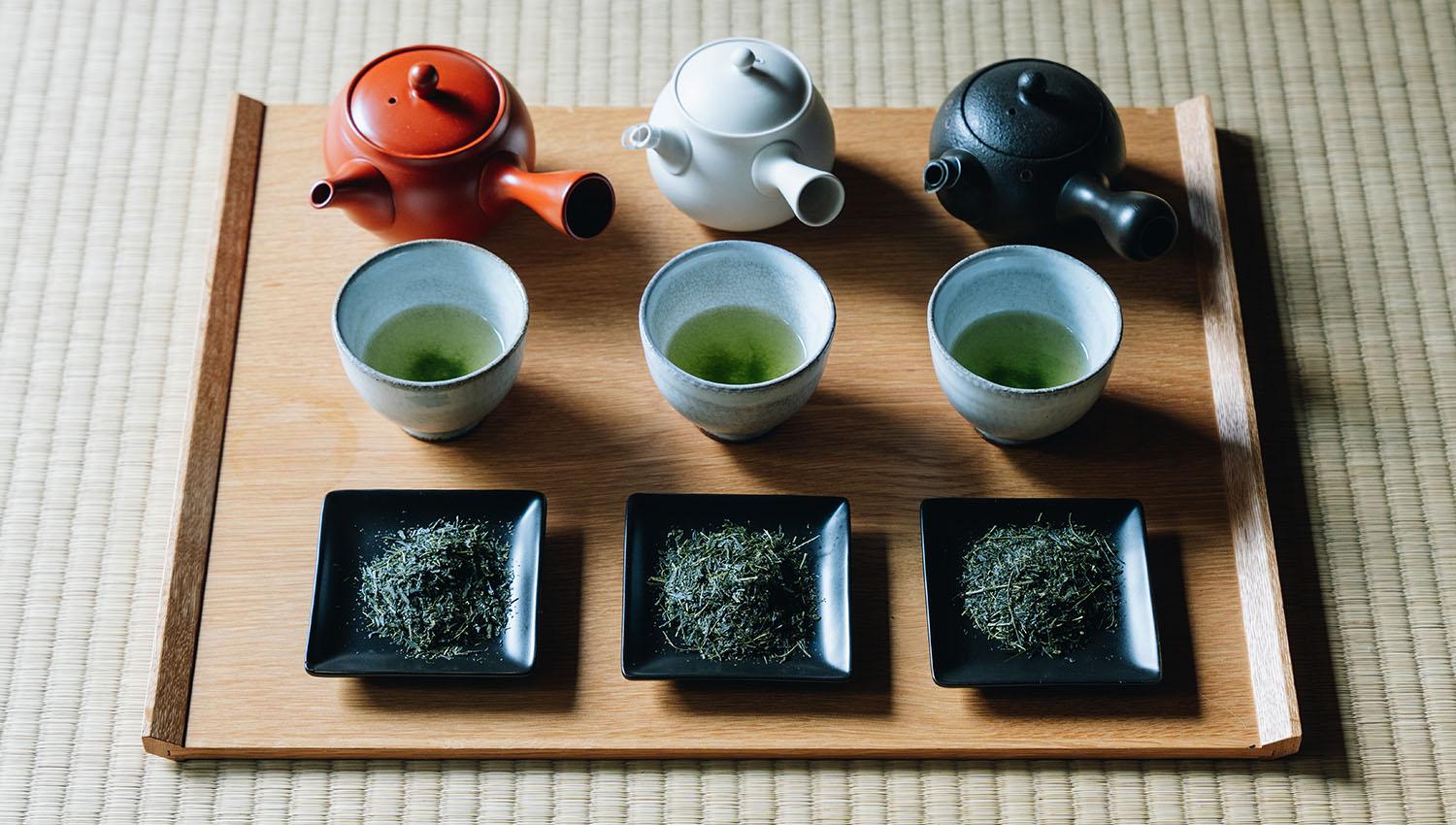

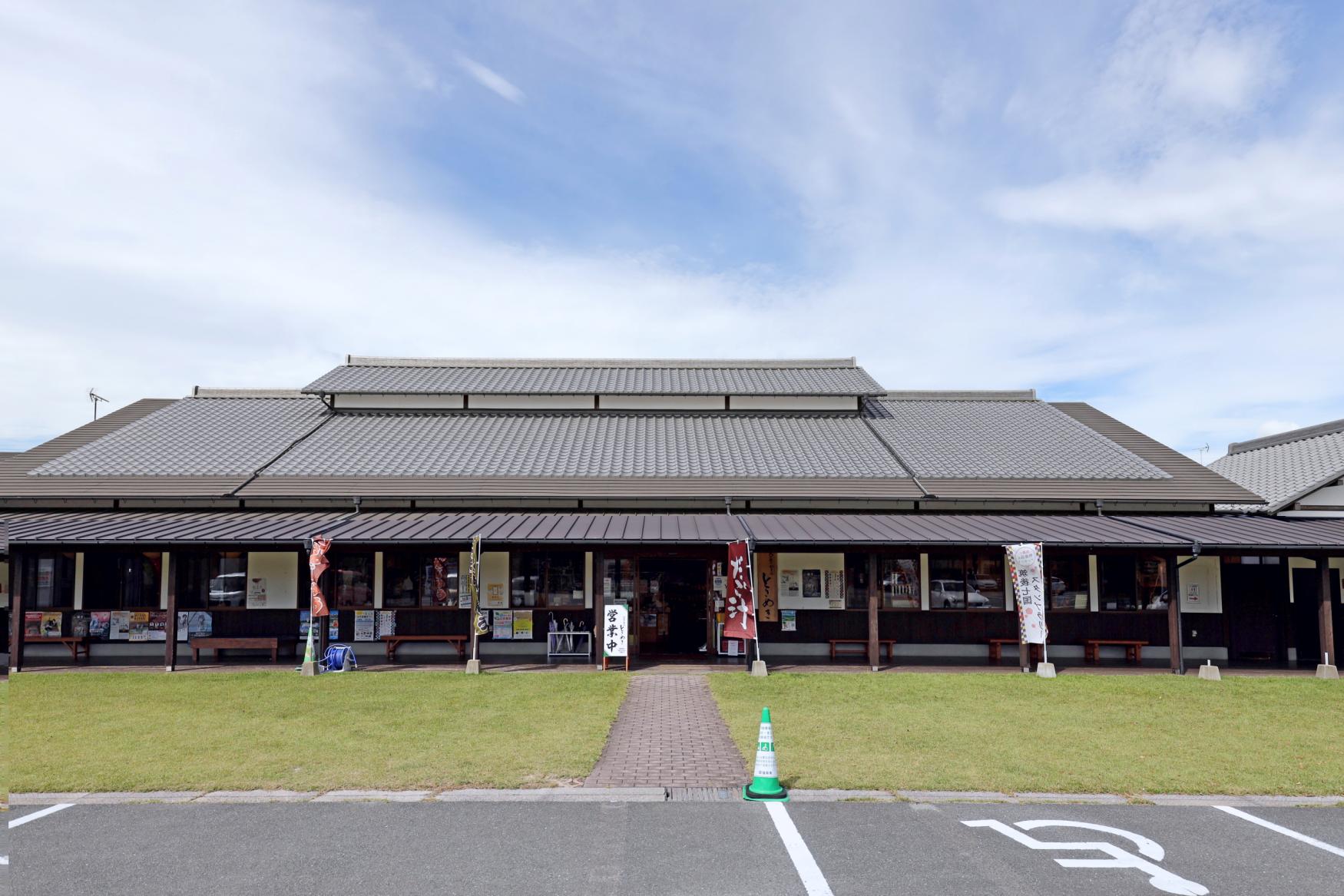
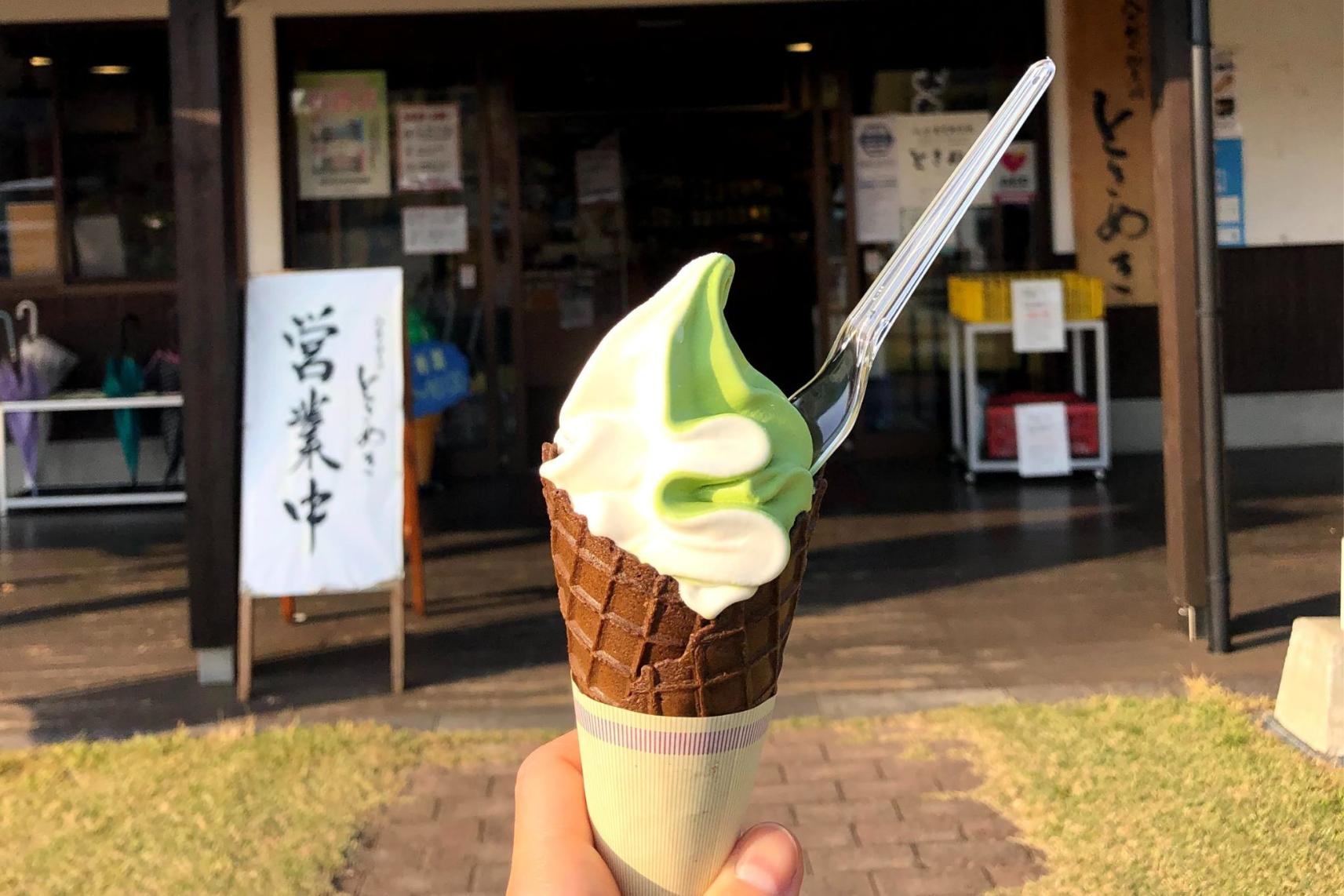
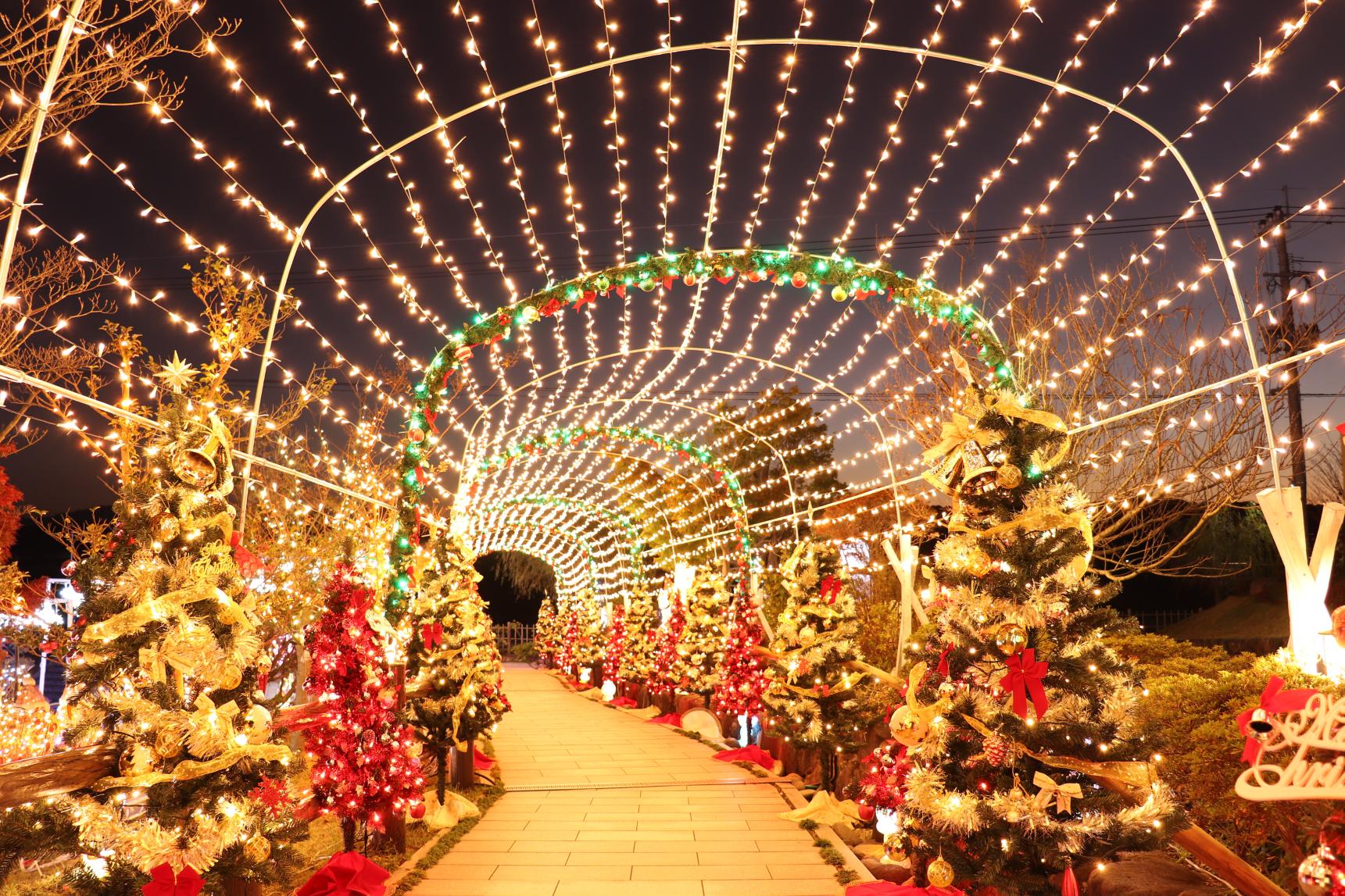
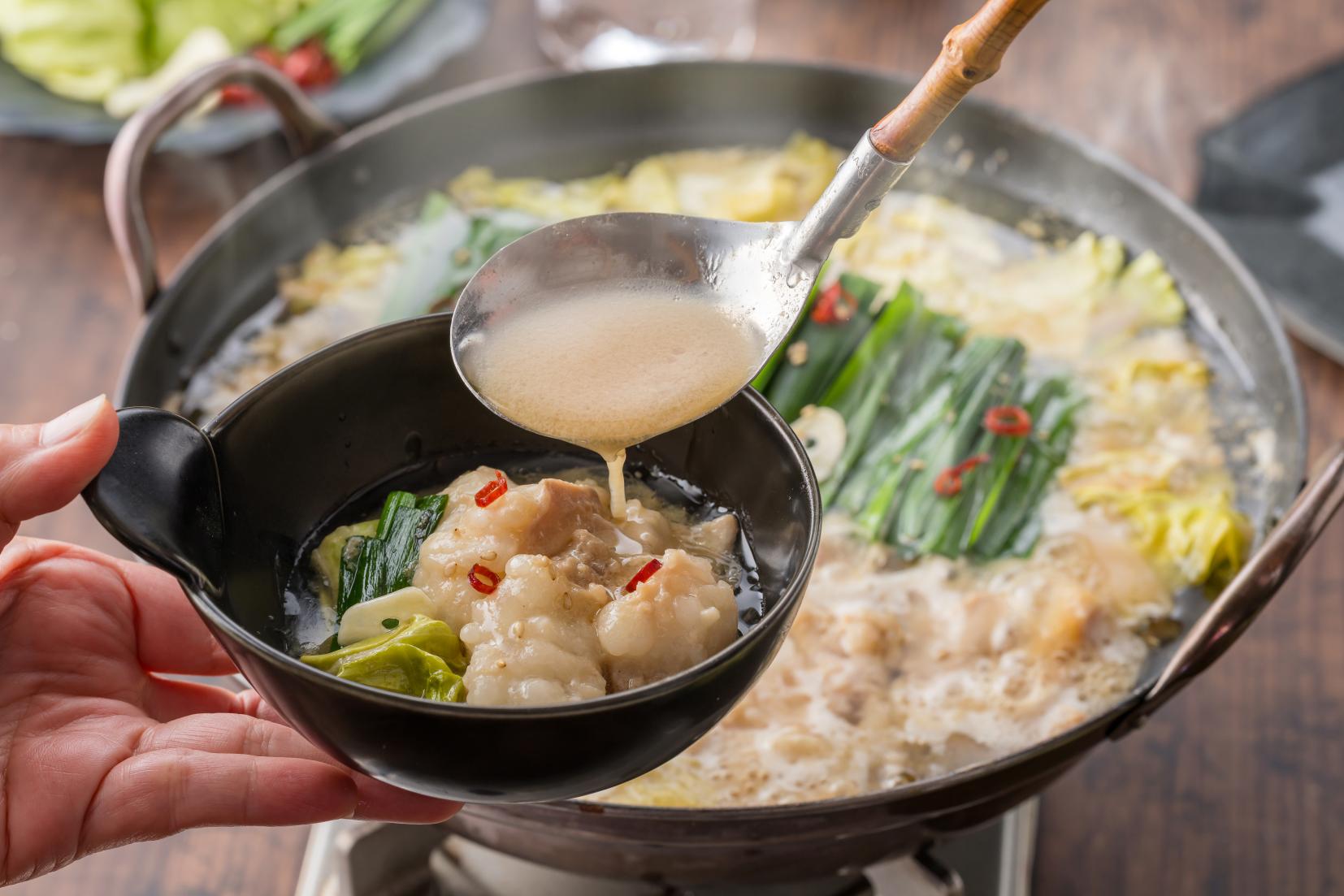
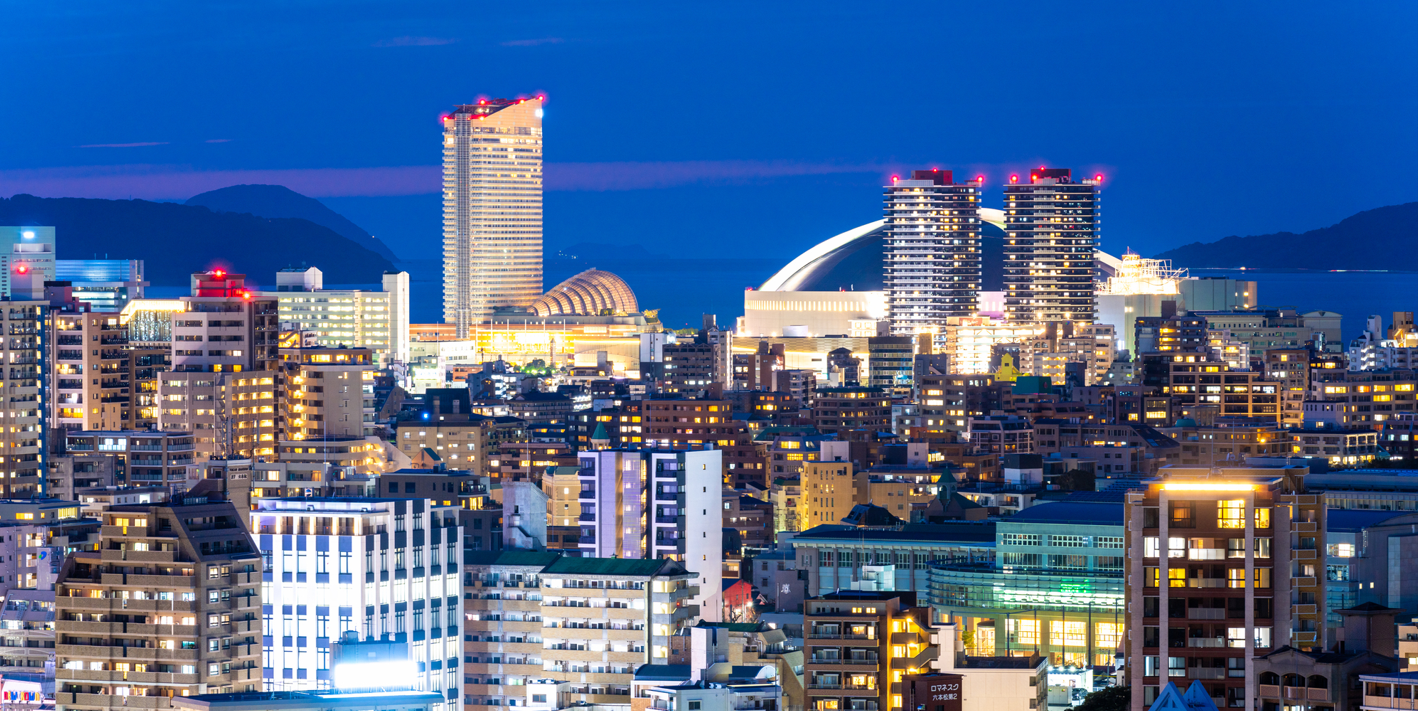
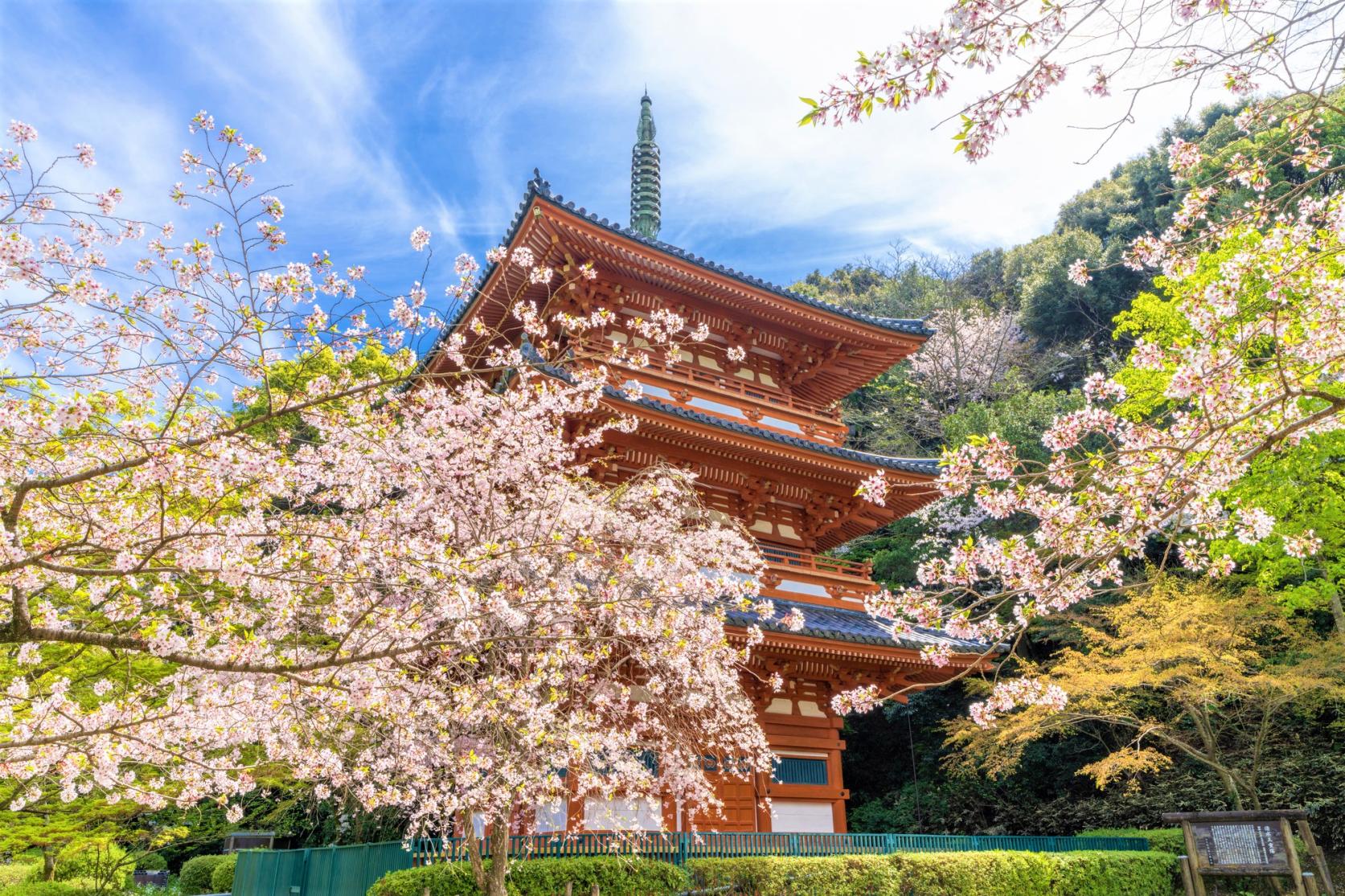
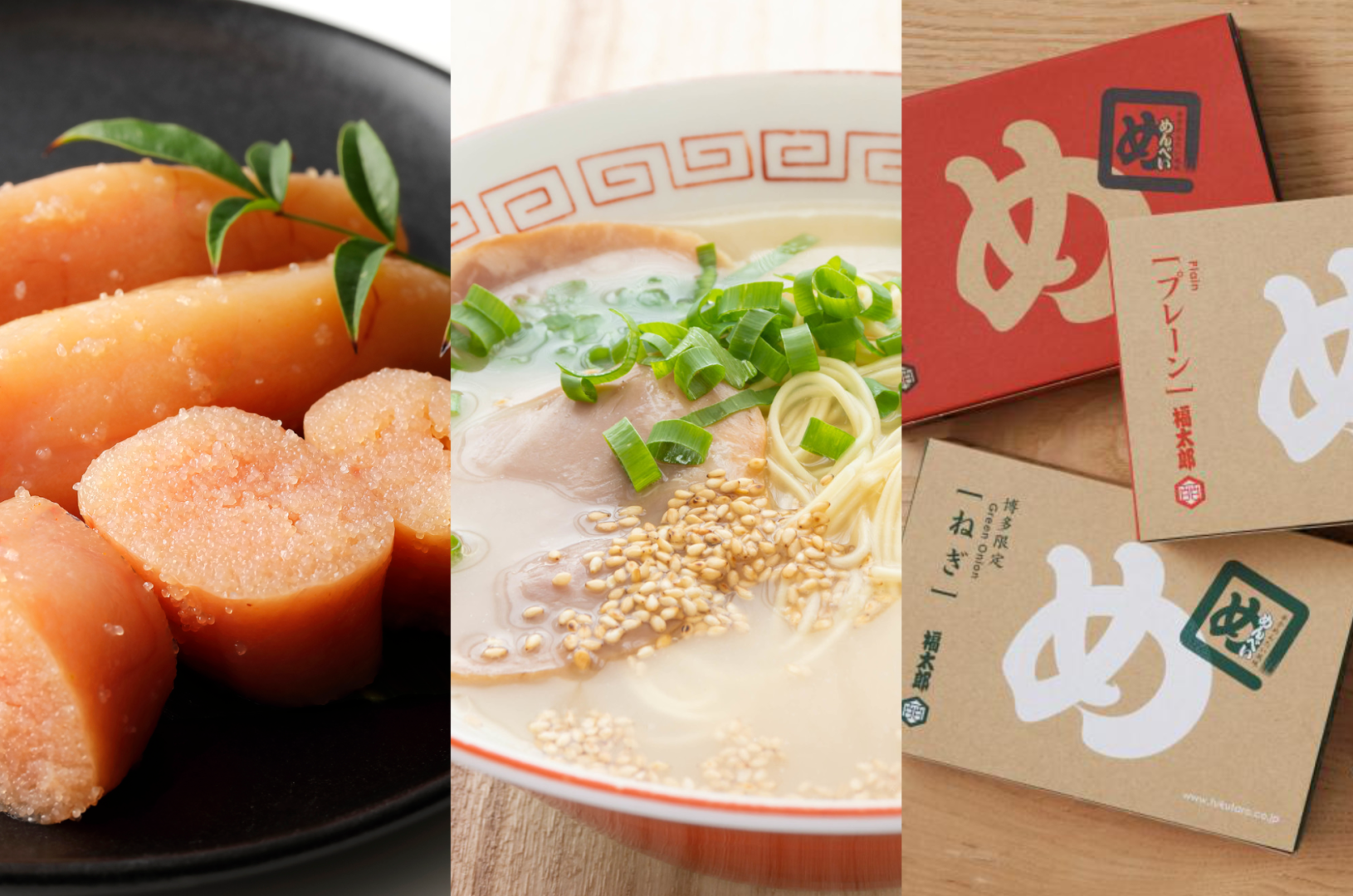
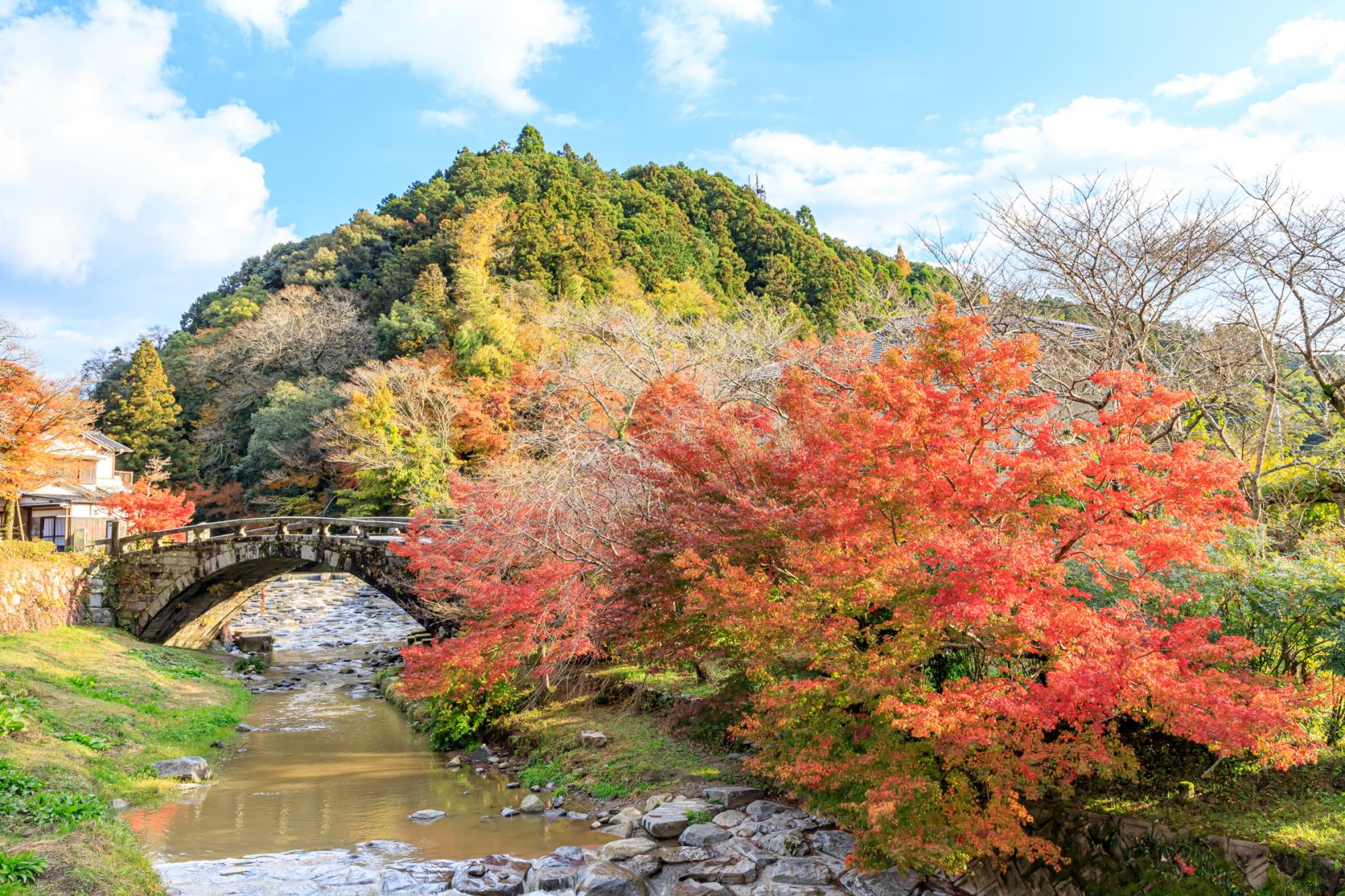

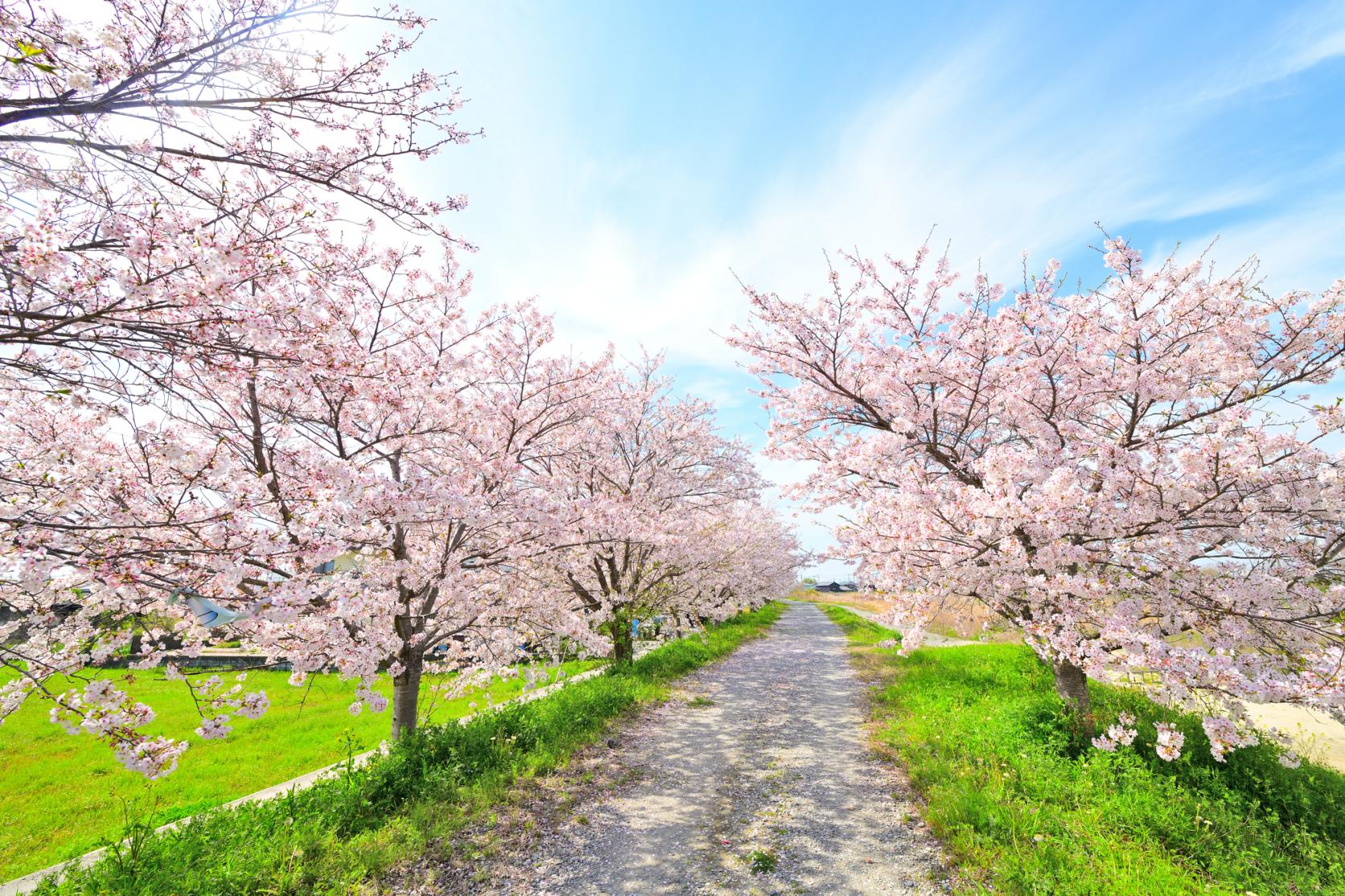
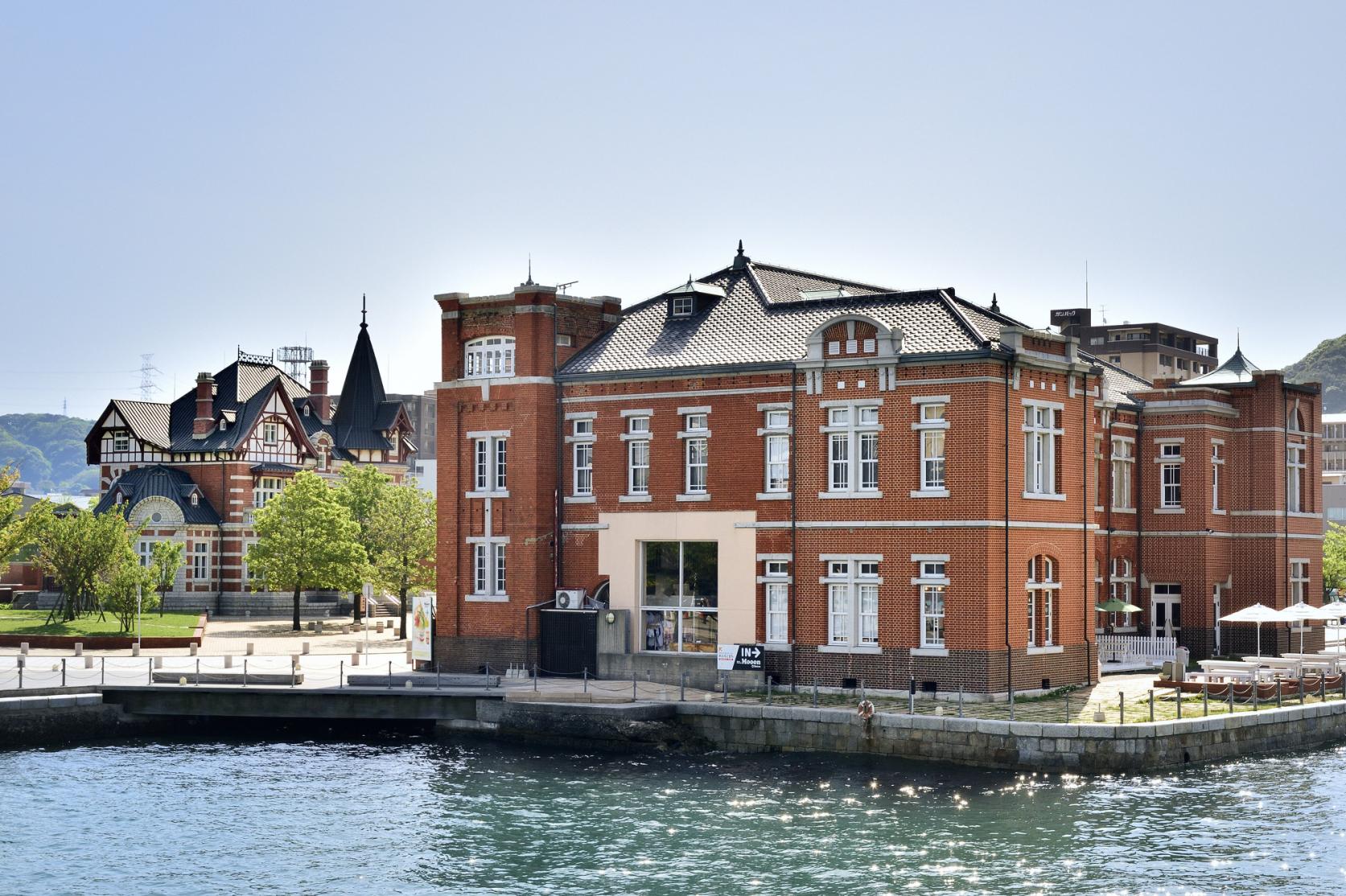
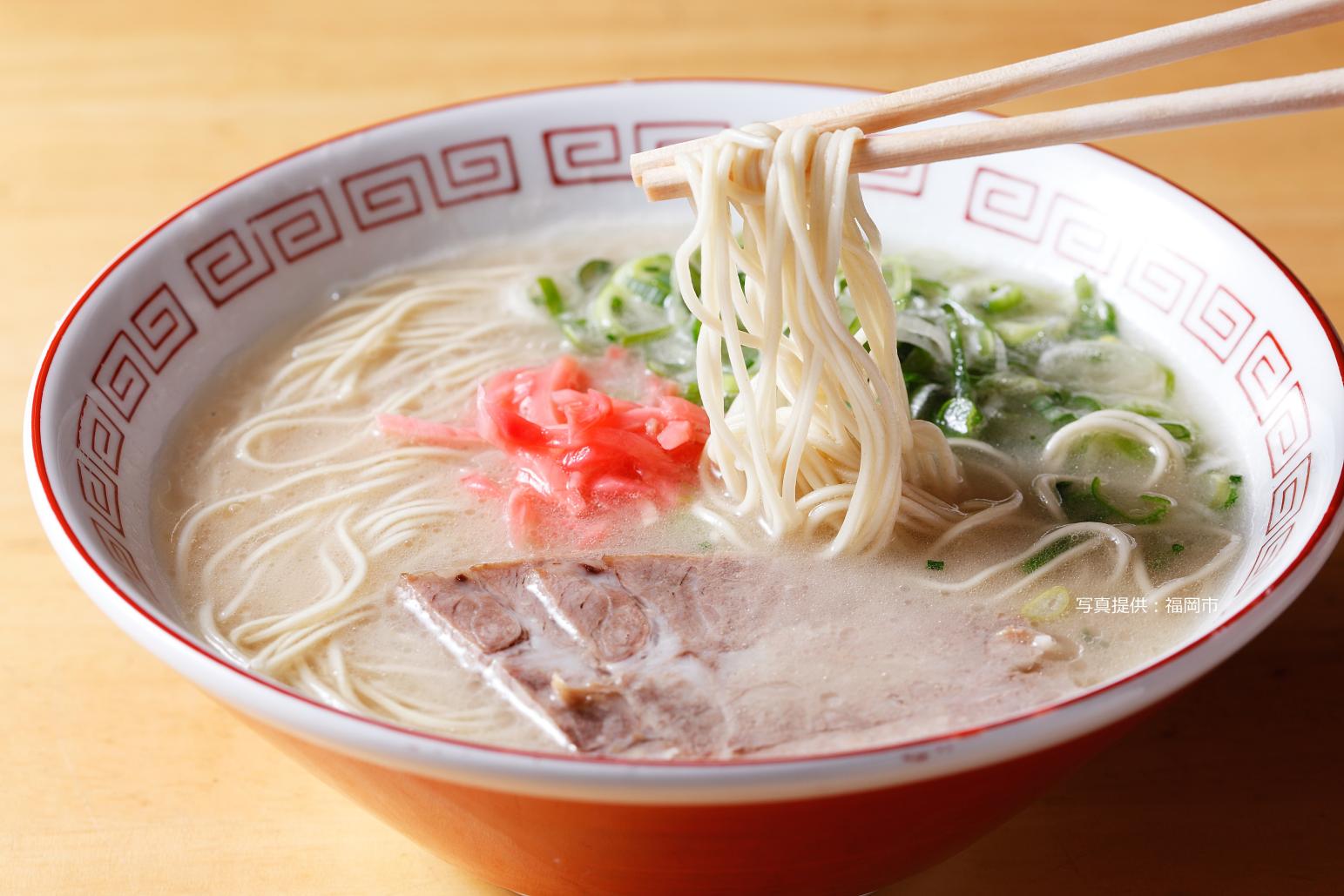

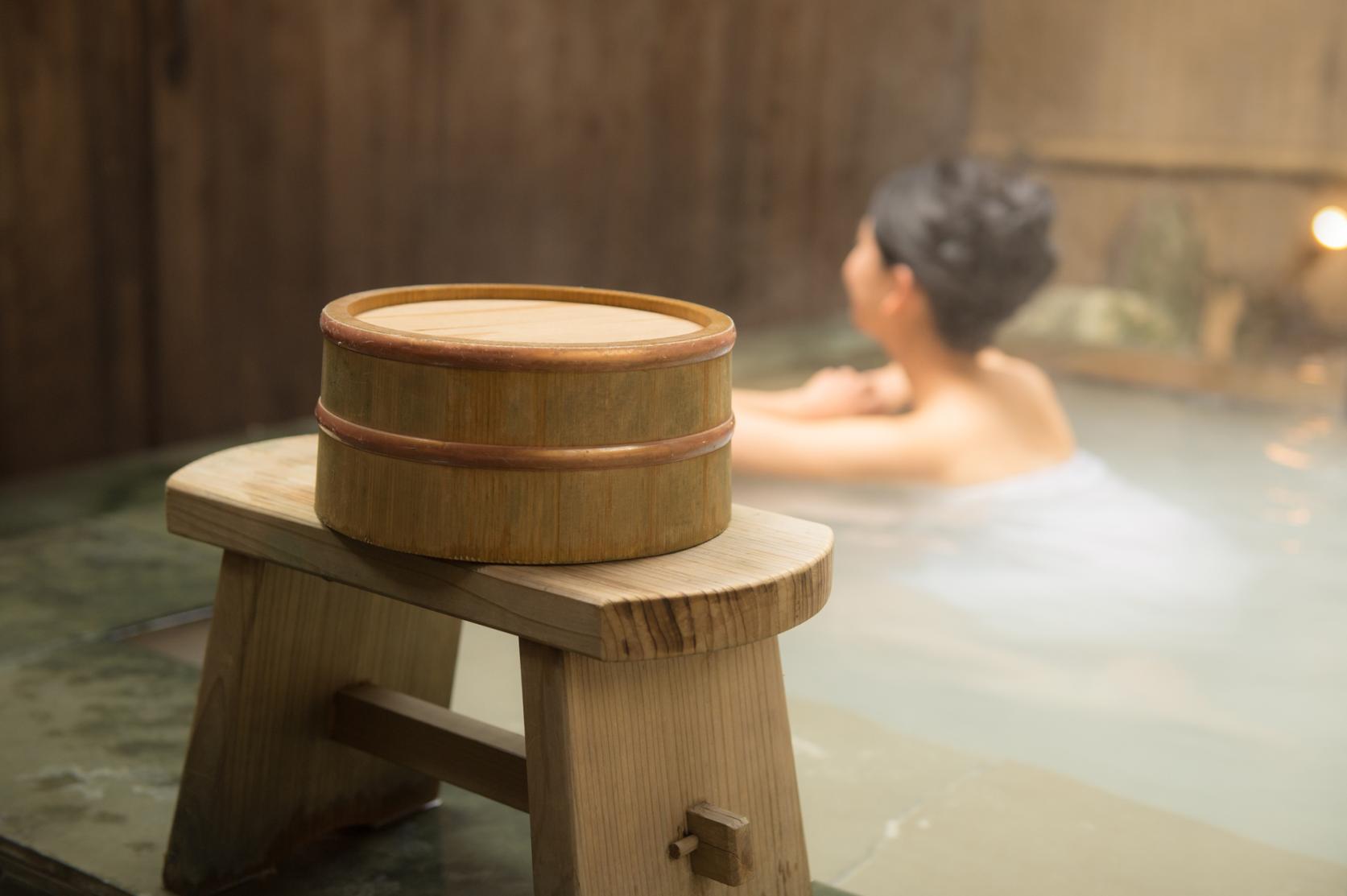

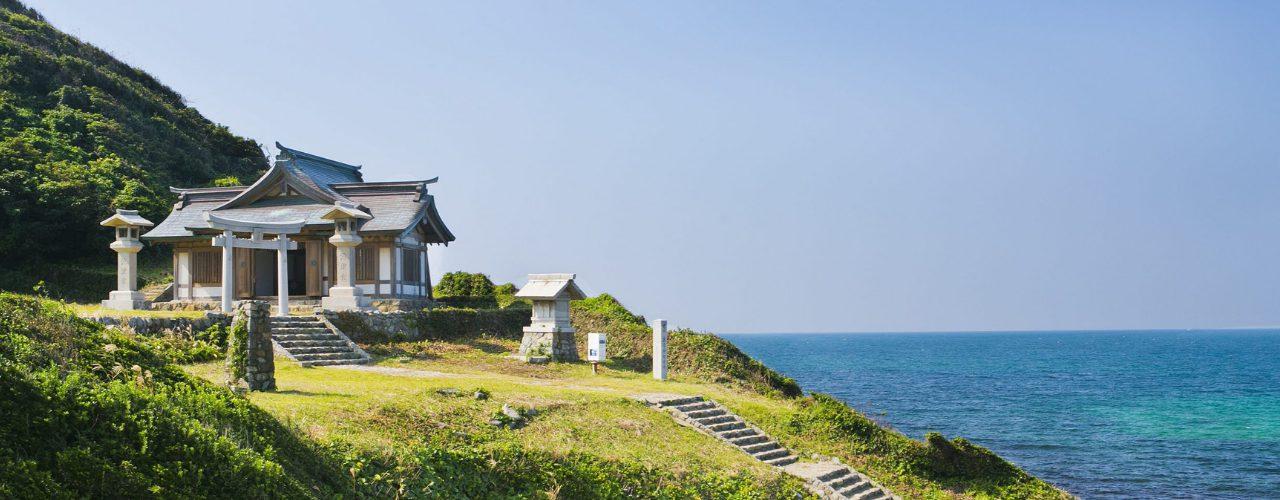
![[2025] Strawberry Picking Spots in Fukuoka-1](https://www.crossroadfukuoka.jp/storage/special_features/49/responsive_images/9ZHgrqvQdpH8tM4IRF54DXu0aPBF3YGGkj5WOTGc__1673_1115.jpg)
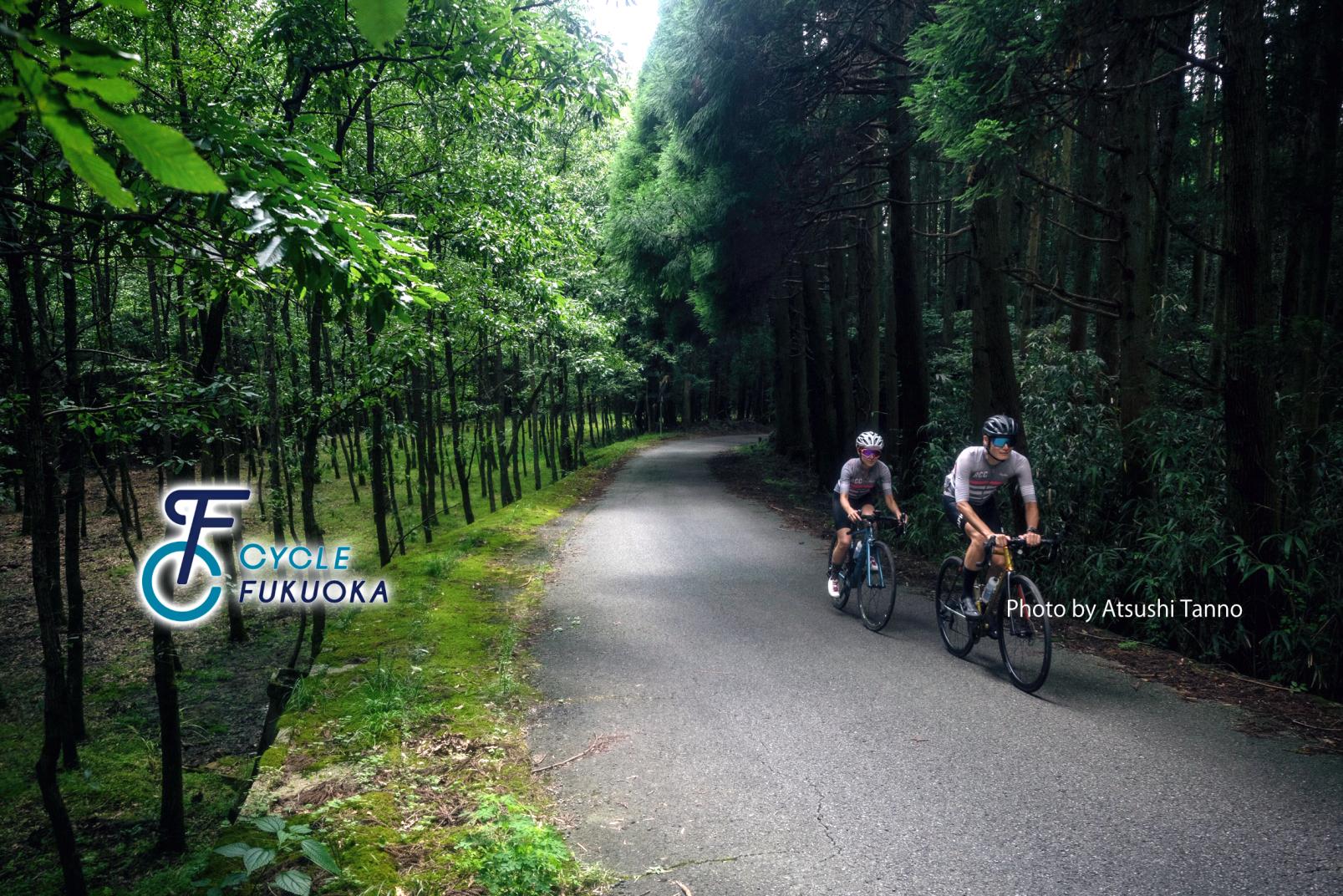
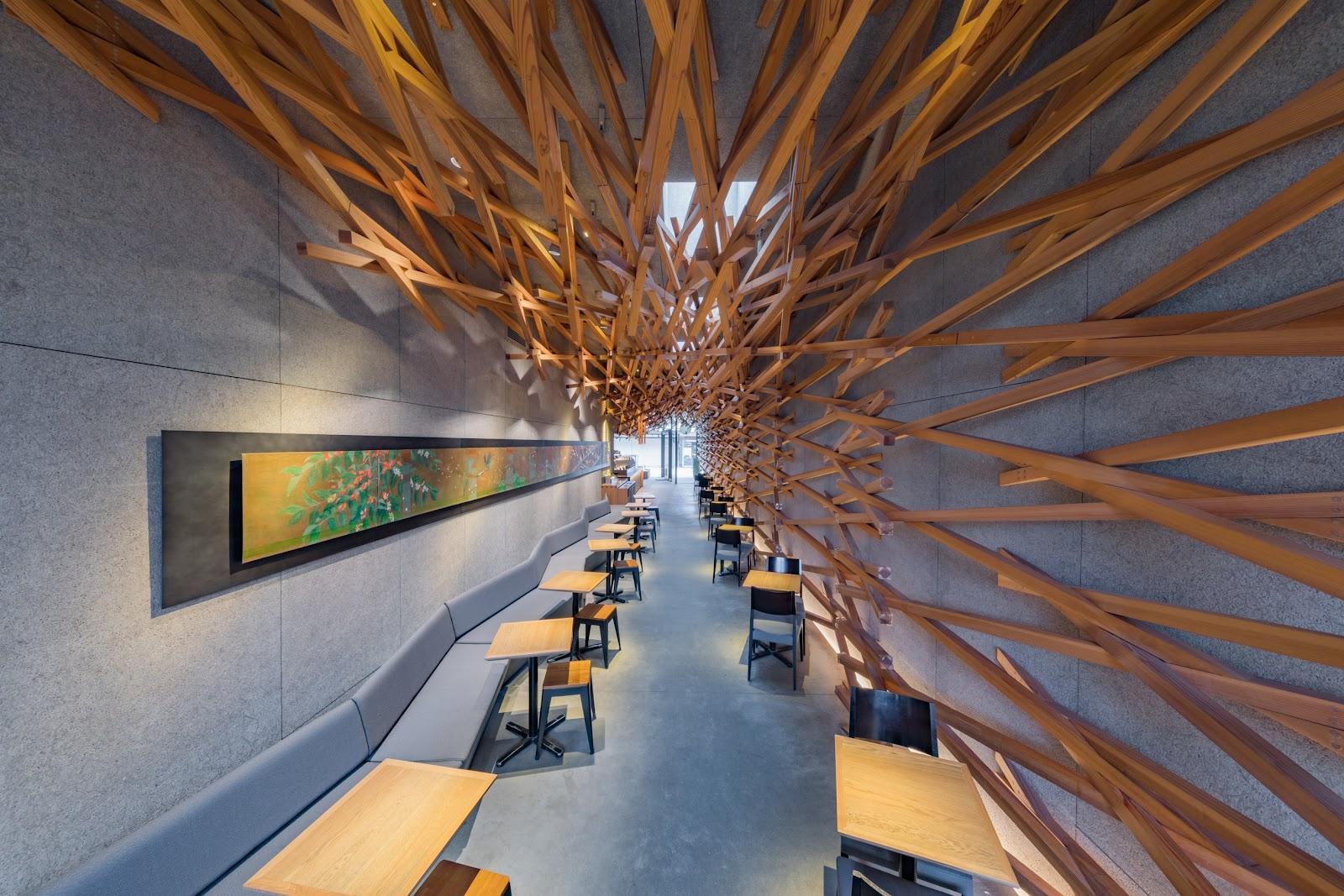
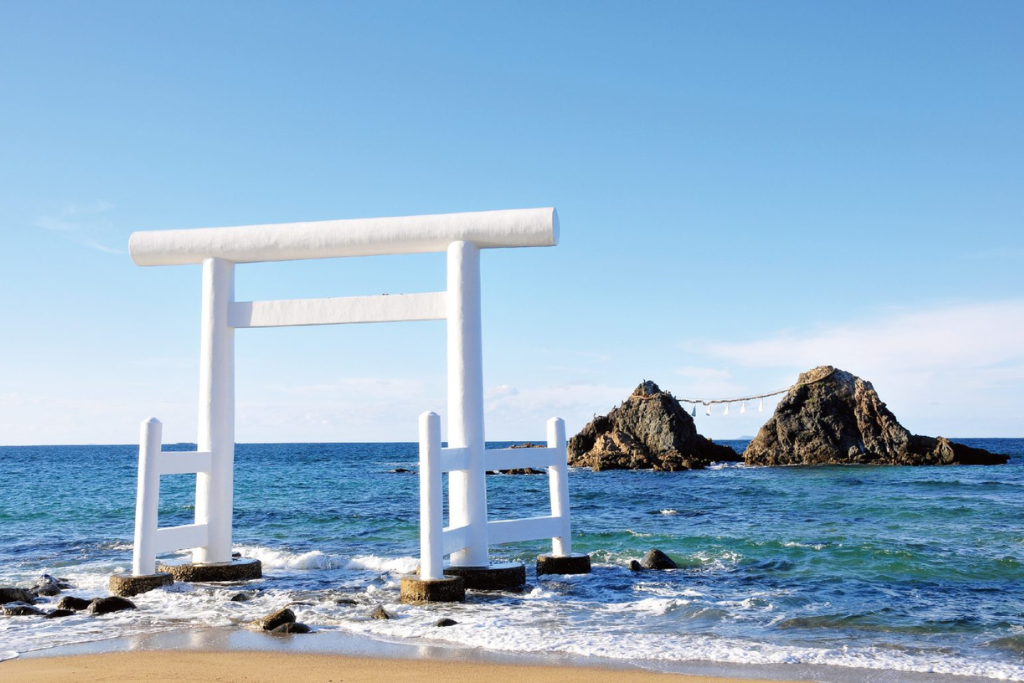
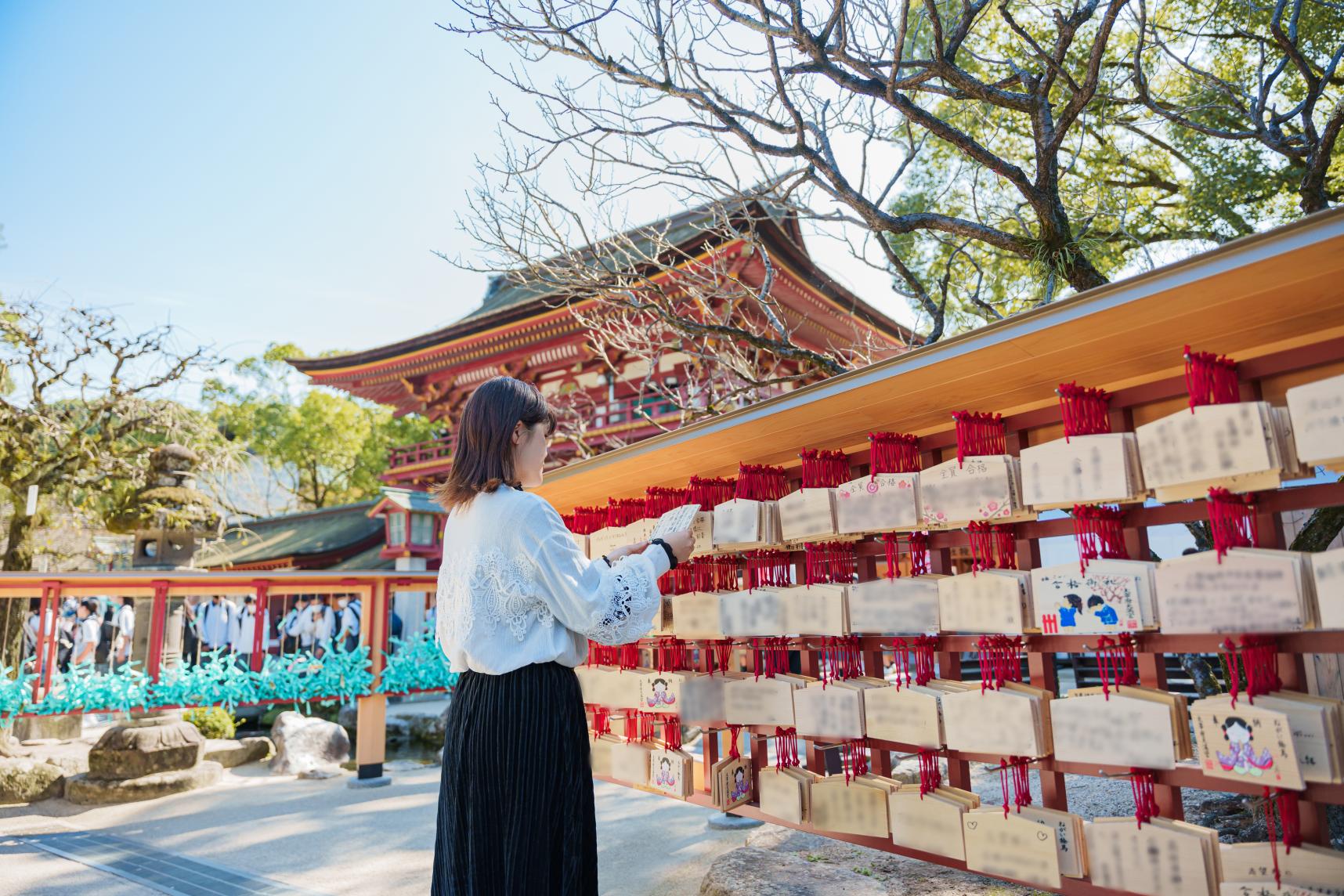
![[2024 Edition] Filled with blessings! The ultimate Fukuoka power spots to bring you happiness.-1](https://www.crossroadfukuoka.jp/storage/special_features/320/responsive_images/6SsCvBDXBhlZoAGUgarTOpZpEaEwsIqsWzSxW8cw__1289_856.png)